
Experience Paradise on Earth
Welcome to Similipal Prakruti Nivas


First of all
Experience nature's paradise.
Immerse yourself in the breathtaking beauty of Similipal National Park with a stay at Similipal Prakruti Nivas. Our jungle resort offers 12 luxurious rooms where you can relax and rejuvenate amidst nature. Embark on a thrilling tiger safari and witness the majestic wildlife up close. Indulge in the serene beauty of the park and create unforgettable memories.

Not to mention
Experience the wilderness.
Indulge in the tranquility of Similipal National Park and immerse yourself in the beauty of the jungle. Our resort offers a unique opportunity to witness the wonders of nature up close.

And let's not forget
Luxurious accommodation.
Relax and rejuvenate in our luxurious rooms that blend seamlessly with the natural surroundings. Each room is designed to provide utmost comfort and a memorable stay.
Discover Similipal National Park
Similipal Prakruti Nivas is nestled in the heart of Similipal National Park, a UNESCO World Heritage Site. With 12 luxurious rooms, we offer a perfect blend of comfort and adventure. Explore the dense forests, spot exotic wildlife, and experience the tranquility of nature.
Experience the Wild Beauty
Similipal prakruti nivas.
Terms & Conditions
Refund Policy
Privacy Policy
Shipping Policy
Lulung, Kochilaghati, Purunapani, Mayurbhanj
Follow Us :
- Kuldiha Wildlife Tour-Forest Safari & Nature Camps
Kuldiha sanctuary is a part of mega habitat located at tri-junction of Balasore, Mayurbhanj and Keonjhar District is a densely forested hill range.
It is not only a compact mass of hills, valleys and streams but a bounty of natural beauties of biological entities. Deeming the rich biological diversity and geological importance, Kuldiha declared as sanctuary vide Notification No.243/FFAH dt.04.01.1984 of Government of Odisha, Forest, Fisheries and Animal Husbandry Department covering an area of 272.75 Sq. Km. The sanctuary mainly covers three major Reserved Forests i.e. Kuldiha, Tenda & Devgiri along with some Revenue Forests at the fringe.
One can feel the wildlife of elephants, bison, sambar, giant squirrel, leopard, varieties of birds like hill myna, peacock, hornbills and varieties of reptiles here.This sanctuary is located in the district of Balasore and is blessed with a charming forest and a variety of wildlife such as tiger, leopard, elephant, gaur, sambar, giant collector, a numeral of bird species like hill myna, peafowl, hornbills and various reptiles. We The Weekender offer best Kuldiha Forest tour package from Kolkata or Balasore.
Places to see in Kuldiha Forest:
The Kuldiha Forest itself is the best attraction to watch out for. The forest is also the home to Tenda Elephant Sanctuary and a Lion Sanctuary.
Nearby attractions in Kuldiha Forest:
Among the nearest destinations, you can definitely visit the Russia Dam or Rishia Dam as it is locally known. This is a great place to look for some seclusion. The dam is also the place to watch out for some elephants from the Tenda Elephant Sanctuary who come here for water. You can also visit Panchalingeswar on a short trip. Rissia Dam,Panchalingeswar,Chandipur,Simlipal
Things to do in Kuldiha Forest:
You can go for an exciting trek from Nilagiri through the forests of Kuldiha. Plus, exploring the Kuldiha Forest Sanctuary along with the Tenda Elephant Sanctuary is a must when you are in this part of Balasore.
How to reach Kuldiha Forest:
From Balasore, you have to reach Shergarh via the National Highway. Then from Shergarh, reach Sujangarh via Nilagiri and Panchalingeswar. Now, you need to turn left from Sujangarh to reach the Kuldiha Sanctuary.
Nearest Rail Head-Balasore/ Airport-Rissia Nature Camp(Gohirbhola), Kuldiha Wildlife Sanctuary(235 Km.)
Panchalingeswar to Kuldiha forest distance is 30 km. Balasore to Kuldiha forest distance is apprx.40 km.
Best time to visit Kuldiha Forest:
You can visit Kuldiha Forest during anytime of the year except for rainy season when the forest becomes inaccessible.
Accommodation- Tent Booking in Kuldiha Forest-
9 nos.NON-AC Double Bed Tent @Rs.4000 in APAI (with all meals & accommodation) for Two Adults
We can organise Kuldiha Forest Safari from Panchalingeswar or Balasore in a private vehicle. For Kuldiha-Panchalingeswar Tour Package 2 Nights & 3 Days -Call Us at +91 9830011715.
Other Offbeat Places in Odisha for Weekend
Bichitrapur, debrigarh forest, satkosia wls, bhitarkanika, dhenkanal forest, mahanadi riverside resort, giant squirrel nature camp,ganjam, related packages.

There is no Gallery Images.
RELATED Places

Satkosia and Tikarpara Forest Tour from Kolkata

Daringbadi Tour-every traveler must know before visiting

Simlipal Tour-Complete Travel Guide & best place to stay

Mangalajodi-the Birds Paradise in Chilika Lagoon,Odisha

Vetnai-Spend a weekend with Blackbuck-Ganjam,Odisha

Giant Squirrel Nature Tree House-Ganjam,Odisha
Debrigarh Forest Nature Camps-Debrigarh WLS,Odisha
Mahanadi island resort-dhabaleswar,odisha, dhenkanal forest resort-forest village,cuttack,odisha.

Bichitrapur -A Perfect Place for Weekend near Digha
Related packages.

Daringbadi-Phulbani Tour-Short Trip from Kolkata

Bhitarkanika Tour Package-Mangrove Forest of Odisha

Satkosia Wildlife Tour-gorge with pristine forest,Odisha

- +919830011715
- 11A Hari Pada Dutta Lane, Kolkata-700033, West Bengal, India
- [email protected]
Payment info and Terms
The weekender is a unit of silk route leisure & adventure, copyright © 2020 the weekender, designed & developed by.
Incredible Odisha
Similipal Tiger Reserve, Nature Camp, National Park, Location, Distance, How to Reach, Entry Fee and Booking
Similipal Tiger Reserve , a majestic and captivating destination, is nestled in the heart of the Mayurbhanj district in Odisha. This exquisite reserve, spanning over 2,750 square kilometres, is home to diverse flora and fauna, offering visitors an unparalleled experience of wildlife spotting, birdwatching, and nature exploration.
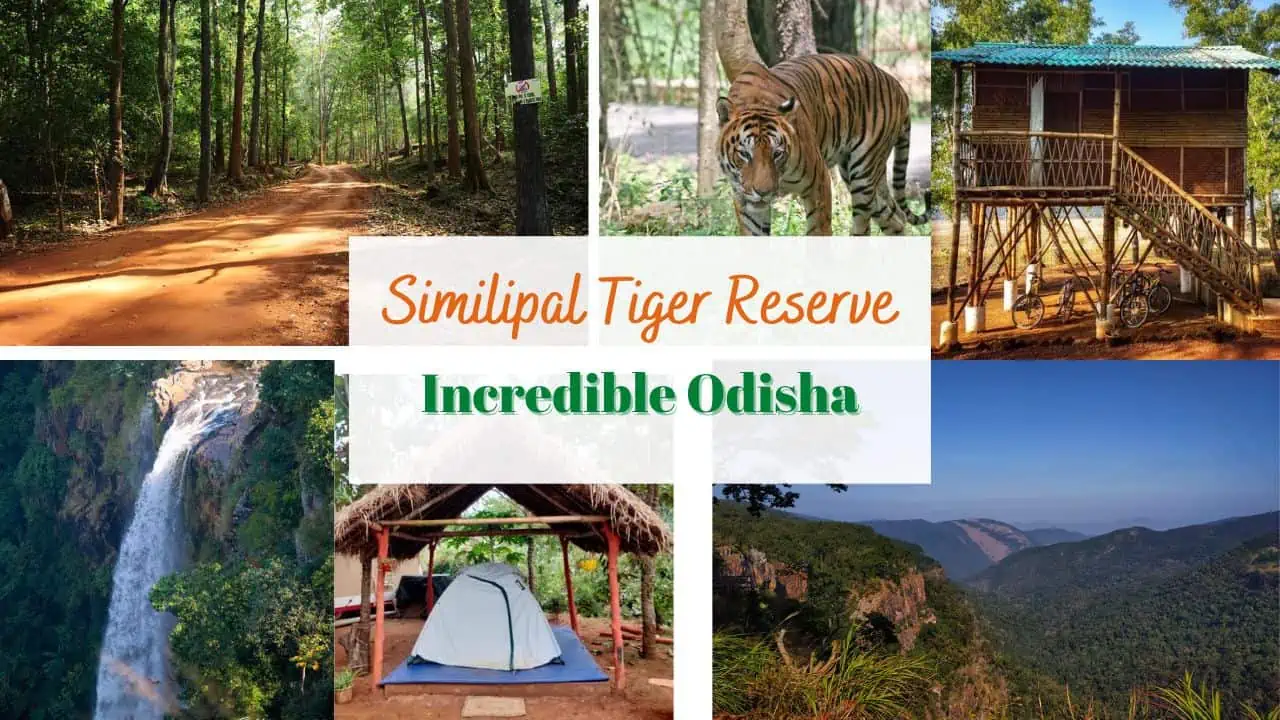
The reserve, which includes the Similipal National Park and Similipal Nature Camp , is famed for its rich biodiversity and breathtaking landscapes, making it a must-visit destination for nature lovers and wildlife enthusiasts alike.
In this article, we will look at Similipal Tiger Reserve, Nature Camp, National Park, Location, Distance, How to Reach, Entry Fee, and Booking .
Consider reading: Bhitarkanika National Park Full Details Of Eco-Retreat, Nature Camp, Boating, Photos, And Safari
Page Contents
Similipal Tiger Reserve, Nature Camp and National Park Location
Similipal Tiger Reserve, nestled in the Mayurbhanj district of Odisha, is a celebrated wildlife sanctuary known for its rich biodiversity and captivating landscapes. Here’s a closer look at what this reserve offers:
- Location : The reserve is situated in northeastern Odisha, bordered by several rivers: Budhabalanga to the east, Palpala to the west, Khairi to the north, and Salandi to the south.
- Diverse Landscapes : Similipal Tiger Reserve boasts a variety of landscapes, from dense forests and open grasslands to stunning waterfalls and meandering rivers. This diversity creates an ideal environment for a wide range of flora and fauna.
- Pithabata Gate : Located 22 km from Baripada, this is one of the primary entry points.
- Jashipur Gate : Situated 98 km away, offering another route to enter the reserve.
- Entry Permits and Fees : Visitors need to obtain entry permits from the Range Officer at the Pithabata check gate. The permits come with a fee, which contributes to the maintenance and conservation of the reserve.
- Day Visitors : Allowed entry from 6 AM to 12 noon.
- Visitors with Reservations : Can enter between 6 AM and 9 AM.
- Operational Period : The park welcomes visitors from 1 November to 15 June each year, closing during the monsoon season for wildlife conservation and park maintenance.
Similipal Tiger Reserve and National Park Images and Pictures
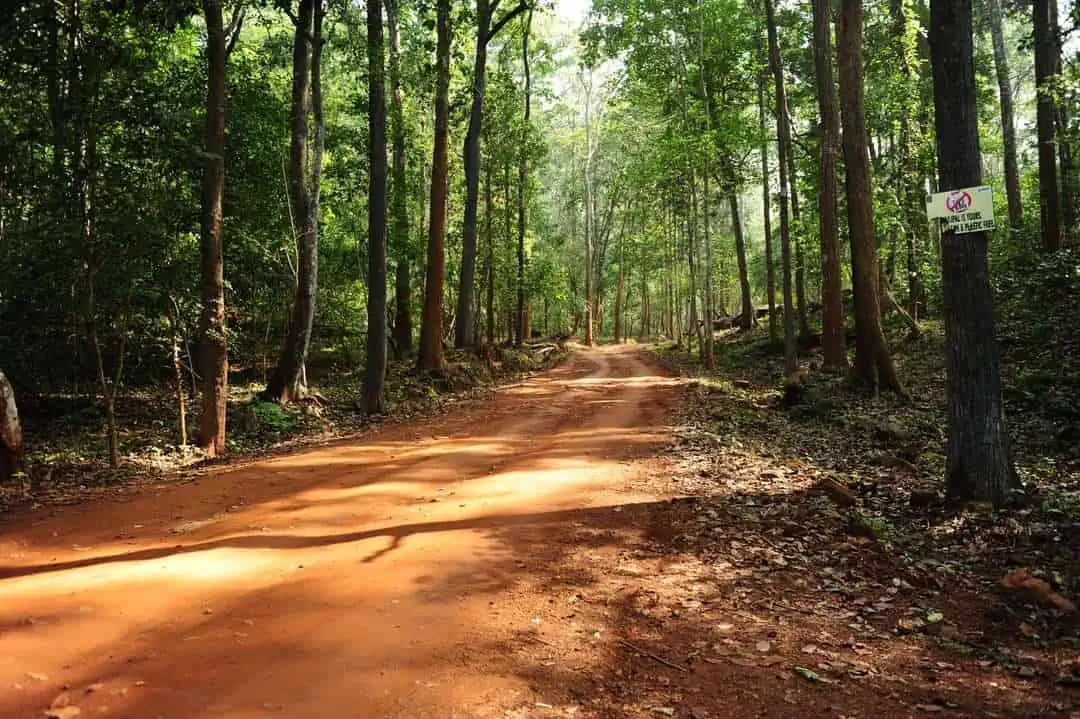
How to Reach Similipal Tiger Reserve, Nature Camp and National Park
Reaching Similipal Tiger Reserve in Odisha can be conveniently managed with various transportation options:
- Nearest Airport : Biju Patnaik International Airport in Bhubaneswar.
- Distance : Approximately 195 km from Similipal Tiger Reserve.
- Transportation : From the airport, you can hire a taxi or opt for a bus to reach Similipal.
- Nearest Railway Station : Balasore Railway Station.
- Distance : About 115 km from Similipal.
- Transportation : Taxis and buses are available from Balasore to Similipal, offering a comfortable journey.
- Accessibility : Similipal is well-connected by road to various cities in Odisha, including Bhubaneswar and Kolkata.
- Transport Options : You can choose to travel by bus or taxi for a direct journey to Similipal.
- Guides : Once at Similipal, it’s advisable to hire a local guide for an insightful exploration of the tiger reserve.
- Ideal Period : The most favorable time to visit Similipal Tiger Reserve is from November to June. This period offers pleasant weather and better opportunities for wildlife sightings.
Similipal Tiger Reserve, Nature Camp and National Park Distance from Major Locations
Accommodation at similipal tiger reserve, nature camp and national park.
A visit to Similipal Tiger Reserve is incomplete without experiencing the charm of the Similipal Nature Camp. The camp offers a variety of accommodation options, ranging from cottages and tents to dormitories, catering to the needs of every traveller. The nature camp provides a perfect blend of comfort and adventure, allowing visitors to immerse themselves in the beauty of the reserve while enjoying modern amenities.
Similipal Nature Camps
Similipal Tiger Reserve is a popular wildlife destination in India, known for its rich flora and fauna. To provide a unique experience of the jungle, the forest department has set up several nature camps inside the reserve. Here are the details of the nature camps in Similipal Tiger Reserve:
- Gurguria Nature Camp : This nature camp is located in the core area of Similipal Tiger Reserve and is surrounded by dense forests. The camp offers comfortable accommodation in tents and cottages, and the facilities include a dining hall, a watchtower, and a nature interpretation centre. The activities offered at the camp include jungle safaris, bird watching, and nature walks.
- Kumari Nature Camp : This nature camp is located near the Kumari waterfall inside the reserve. The camp offers accommodation in tents and cottages, and the facilities include a dining hall, a watchtower, and a nature interpretation centre. The activities offered at the camp include jungle safaris, bird watching, and trekking to the Kumari waterfall.
- Lulung Nature Camp : This nature camp is located in the Lulung area of Similipal Tiger Reserve and offers comfortable accommodation in tents and cottages. The camp has a dining hall, a watchtower, and a nature interpretation centre. The activities offered at the camp include jungle safaris, bird watching, and trekking to the Lulung waterfall.
- Ramatirtha Nature Camp : This nature camp is located near the Ramatirtha waterfall inside the reserve. The camp offers accommodation in tents and cottages and has a dining hall, a watchtower, and a nature interpretation centre. The activities offered at the camp include jungle safaris, bird watching, and trekking to the Ramatirtha waterfall.
- Jamuani Nature Camp : This nature camp is located near the Jamuani waterfall inside the reserve. The camp offers accommodation in tents and cottages and has a dining hall, a watchtower, and a nature interpretation centre. The activities offered at the camp include jungle safaris, bird watching, and trekking to the Jamuani waterfall.
All the nature camps in Similipal Tiger Reserve are managed by the forest department ( OFDC ) and offer a unique experience of the jungle. The camps are eco-friendly and offer a glimpse of the rich biodiversity of the reserve. Visitors can book their stay at the camps through the official website of the Odisha Forest Department.
In addition to the nature camps, visitors can also find accommodation in nearby towns like Baripada and Balasore, which offer a variety of hotels and guesthouses.
Interested in Odisha Nature camps? Consider visiting: Koraput Nature Camp and Tensa Nature camp
Similipal Nature Camp Price and Booking
Note: All prices mentioned above are in Indian Rupees (INR). The transaction charge and tax are also in INR. The prices mentioned above include complimentary breakfast, lunch, and dinner.
The nature camp at Similipal Tiger Reserve is open throughout the year. The check-in time is 12:00 PM, and the check-out time is 11:00 AM.
Activities at Similipal Tiger Reserve, Nature Camp and National Park
Similipal Tiger Reserve is a vast expanse of wilderness located in the Mayurbhanj district of Odisha, India. The reserve is spread across an area of 2,750 sq km and is home to a diverse range of flora and fauna.
The reserve is known for its rich biodiversity and popular destination for nature lovers and wildlife enthusiasts. Here are some activities that you can enjoy at Similipal Tiger Reserve:
- Jungle Safari : The jungle safari is one of the most popular activities at Similipal Tiger Reserve. The safari takes you deep into the forest, where you can spot various wildlife, including tigers, leopards, elephants, deer, and many other species. The jungle safari is conducted by the forest department and can be booked online or at the entry gate. The safari is conducted in open-top jeeps and is accompanied by a trained guide.
- Trekking : Similipal Tiger Reserve is a popular destination for trekking enthusiasts. The reserve offers several trekking trails that take you through the forest, across rivers, and up to scenic viewpoints. The trekking trails vary in difficulty level, and you can choose one according to your fitness level and interest. Some popular trekking trails in Similipal Tiger Reserve are the Barehipani and Joranda waterfalls trek, the Lulung trek, and the Jamuani trek.
- Bird Watching : Similipal Tiger Reserve is a paradise for bird watchers. The reserve is home to over 230 species of birds, including several rare and endangered species. Some of the popular bird species that you can spot at Similipal are the Indian hornbill, crested serpent eagle, grey-headed fishing eagle, and many others. The best time for bird watching is early morning or late afternoon.
- Nature Walks : Similipal Tiger Reserve offers several nature trails that take you on a leisurely walk through the forest. The nature walks are guided by trained naturalists who will help you understand the flora and fauna of the reserve. Nature walks are an excellent way to explore the forest at a slower pace and to appreciate the beauty of nature.
- Tribal Village Visits : Similipal Tiger Reserve is home to several tribal communities, including the Santhals, the Ho, and the Kolha. These tribes have been living in harmony with nature for centuries and have a unique way of life. You can visit the tribal villages and interact with the locals to learn about their culture, customs, and traditions.
- Waterfall Visits : Similipal Tiger Reserve is home to several beautiful waterfalls, including the Barehipani and Joranda waterfalls, the Ramtirtha waterfall, the Lulung waterfall, and the Kumari waterfall. These waterfalls are a must-visit for nature lovers and are a great place to relax and unwind.
Similipal Tiger Reserve offers a wide range of activities that cater to all kinds of travellers.
Consider reading: Eco Tourism Odisha – 5 Best Nature Camps
Best Time to Visit Similipal Tiger Reserve
Visiting Similipal Tiger Reserve, nestled in Odisha’s Mayurbhanj district, offers a spectacular experience, especially during specific months:
- November to February (Winter) : This season is ideal for wildlife enthusiasts. With temperatures ranging between 10°C and 25°C, the cooler climate is comfortable for exploring. Wildlife is more visible as animals venture out in search of water and food.
- March to June (Summer) : Despite higher temperatures (20°C to 35°C), this period is advantageous for wildlife sightings. Animals frequently gather around water bodies, increasing the chances of observing them in their natural habitat.
- July to October : The reserve is typically closed due to heavy rainfall and potential landslides. The lush, dense forest becomes difficult to navigate during this time.
- Closed on Mondays : Weekly off for maintenance and rest.
- Annual Tiger Census : Usually in March or April, during which the reserve remains closed to the public. Dates can vary, so checking in advance is advisable.
- Check Official Updates : Before embarking on your trip, consult the Odisha Forest Department’s official website for the latest information on opening hours and any special advisories.
Places to visit near Similipal Tiger Reserve, Nature Camp and National Park
Similipal Tiger Reserve is a popular wildlife destination in India, known for its rich flora and fauna. But there are also several tourist attractions located near the reserve that you can visit during your trip. Here are some of the places to visit near Similipal Tiger Reserve:
- Bhimkund : Bhimkund is a natural water tank located near the Joranda waterfall. According to Hindu mythology, it is believed that Bhim, one of the Pandava brothers, created this water tank by hitting the ground with his mace. The tank is surrounded by lush green forests and is a popular picnic spot.
- Baripada : Baripada is a small town located near Similipal Tiger Reserve. It is known for its rich cultural heritage and is home to several temples, including the Jagannath Temple, the Kichakeswari Temple, and the Khiching Temple. The town also has a vibrant weekly market, where you can buy local handicrafts and souvenirs.
- Panchalingeswar : Panchalingeswar is a popular pilgrimage site located near Similipal Tiger Reserve. It is known for its five lingams, which are believed to represent the five elements of nature. The lingams are located inside a cave and are surrounded by lush green forests. The site also offers a panoramic view of the surrounding hills.
- Hadagarh Wildlife Sanctuary : Hadagarh Wildlife Sanctuary is located near the Similipal Tiger Reserve and is known for its diverse flora and fauna. The sanctuary is home to several species of animals, including elephants, leopards, and several species of birds. The sanctuary also offers several trekking trails that take you through the forest.
- Kuldiha Wildlife Sanctuary : Kuldiha Wildlife Sanctuary is another popular wildlife destination located near Similipal Tiger Reserve. The sanctuary is home to several species of animals, including tigers, elephants, and several species of birds. The sanctuary also offers several trekking trails that take you through the forest.
Similipal Tiger Reserve is surrounded by several tourist attractions that you can visit during your trip. These places offer a glimpse into the rich cultural heritage and natural beauty of the region. So, plan your trip accordingly and explore these nearby destinations to make the most of your trip.
Waterfalls at Similipal Tiger Reserve, Nature Camp and National Park
Similipal Tiger Reserve boasts many magnificent waterfalls that attract visitors for their exceptional beauty. The tourist route running across the reserve features two of the most majestic waterfalls, Joranda and Barehipani.
- Joranda waterfall cascades from a height of 181 meters, falling perpendicularly onto the gorge. Elephants, Chital, and Sambars frequently visit the saltlick near the campus at sunset, revealing the beauty of the lush green vegetation.
- Barehipani waterfall , on the other hand, resembles a rope and is locally known as Barehi. The rolling waterfall, with a height of 217 meters, presents a majestic view with its reverberating sound in the gorge, where the river Budhabalanga runs to the plain land.
- Apart from these, there are several smaller waterfalls that attract visitors. Waterfalls at Uski, Olkudar, Sitakund, Deokund (Debkund), and Brahmanakund are popular due to the small pools at their base. Olkudar and Uski are located on the tourist route inside the reserve, whereas the others are on the periphery.
- Sitakund , located near the Pithabata entry gate, is of religious importance and is around 20 km from Baripada. Deokund (Debkund), located 28 km from Udala and 60 km from Baripada, has a temple dedicated to Goddess Ambika in close proximity to the waterfall. The forest around Deokund is rich in diversity of flora and fauna.
- Brahmanakund , due to its religious/spiritual values, has restrictions on fishing and other disturbances by the local people, resulting in a huge quantity of sporty Mahaseer fish in the pool.
Similipal Tiger Reserve is a treasure trove of beautiful waterfalls, both big and small, that offer a spectacular view of nature’s beauty. These waterfalls, along with the rich flora and fauna, make Similipal Tiger Reserve a must-visit destination for nature lovers and wildlife enthusiasts.
Consider reading: Best Waterfalls in Odisha
FAQs on Similipal Tiger Reserve, Nature Camp and National Park
What is similipal tiger reserve.
Similipal Tiger Reserve is a wildlife sanctuary located in the Mayurbhanj district of Odisha, India. It is known for its rich biodiversity and is home to several species of animals, including tigers, elephants, and leopards.
How can I reach Similipal Tiger Reserve?
The nearest airport to Similipal Tiger Reserve is Bhubaneswar Airport, which is approximately 195 km away. The nearest railway station is Baripada, which is approximately 114 km away. From there, you can hire a taxi or take a bus to reach the reserve.
What are the timings of the nature camp at Similipal Tiger Reserve?
What are the activities offered at the nature camp.
The nature camp offers several activities, including jungle safaris, trekking, bird watching, nature walks, and visits to tribal villages.
What is the cost of the nature camp at Similipal Tiger Reserve?
The cost of the nature camp at Similipal Tiger Reserve varies depending on the type of accommodation and the activities included. It is advisable to check the official website of the Odisha Forest Department for the latest rates and availability.
What is the best time to visit Similipal Tiger Reserve?
The best time to visit Similipal Tiger Reserve is from November to June, when the weather is pleasant, and the forest is lush and green.
Hello, I am Rajesh, an avid traveller and explorer with a passion for all things in Odisha. With years of experience traversing the length and breadth of this beautiful state.
As the founder and primary author of Incredible Odisha, I am dedicated to sharing my love for Odisha with the world. From the stunning beaches of Puri to the ancient temples of Bhubaneswar, I have explored every nook and cranny of this fascinating state and I am committed to providing the most comprehensive and up-to-date information to fellow travellers.
Whether you're a first-time visitor to Odisha or a seasoned traveller looking for off-the-beaten-path adventures, I have you covered.
With a wealth of knowledge and insider tips, I am dedicated to helping travellers experience the very best that Odisha has to offer.
So, join me on an unforgettable journey through the vibrant and diverse state of Odisha, and discover the magic and beauty of this hidden gem for yourself.
Similar Posts

Nicco Park Bhubaneswar Water Park – Opening time, Location, Ticket Price
Nicco Park Bhubaneswar is one of the best water park in Bhubaneswar. Details on the exact location, water rides, boating, ticket price, contact number
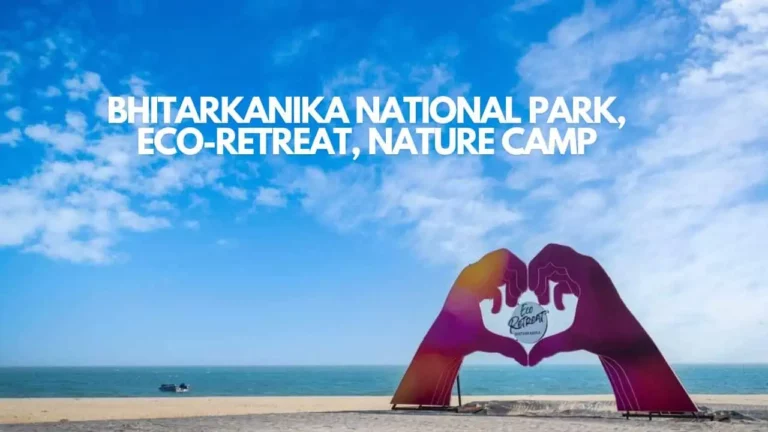
Bhitarkanika National Park – Full Details of Eco-Retreat, Nature Camp, Boating, Photos, and Safari
Explore Bhitarkanika National Park | Full details of History, Nature camp, Eco retreat, Entry fee, Accommodation, Boating and Safari price
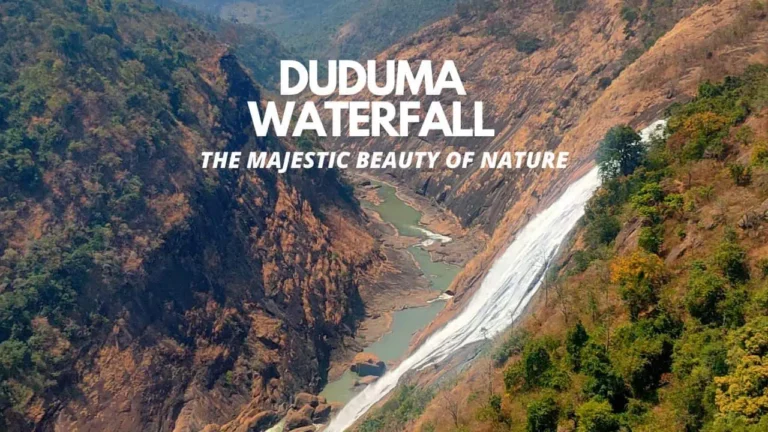
Duduma Waterfalls, Machkund, Koraput – Location, Distance, and How to Reach
Explore Duduma waterfalls in Machkund Koraput | Details on Location, River, Distance, how to reach, and best time to visit
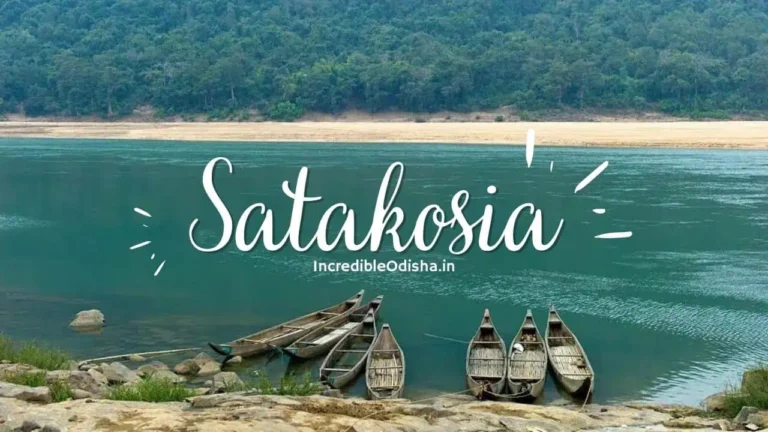
Satkosia Tiger Reserve: Full Details, Eco-Retreat, Sands Resort, Photos and Boating
Explore Satkosia Tiger Reserve, eco-retreat, Sands resort | History, wildlife, and Photos | Entry fee, resort price and booking | How to reach
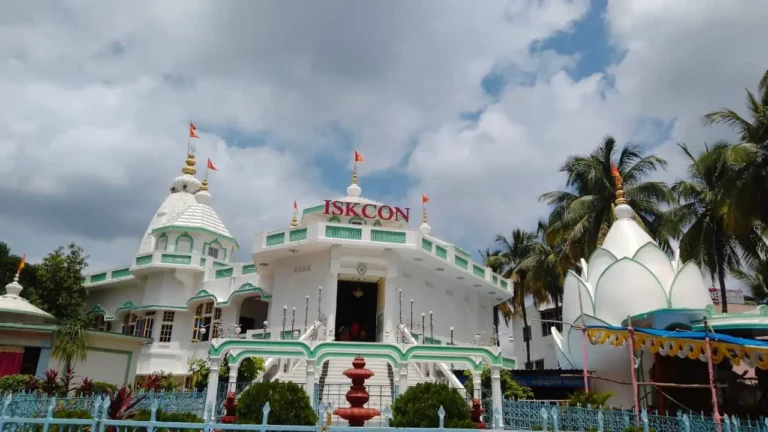
ISKCON Temple Bhubaneswar Address, Timings, History, Entry Fee, Images, Aarti
Explore ISKCON Temple Bhubaneswar including Address, Timings, History, Prasad timings, Aarti timings, Website, Guesthouse and Contact number
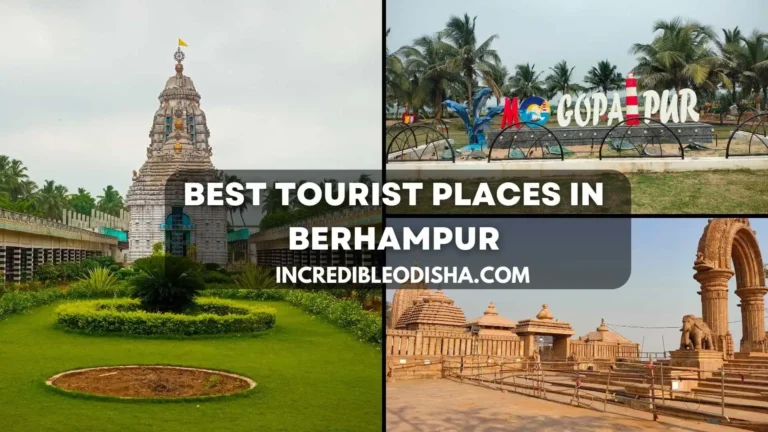
Best Tourist Places in Berhampur: Beaches, Temples, Waterfalls and More
Full Details of Best Tourist Places in Berhampur Beaches, Temples, Waterfalls | Best Time to Visit Berhampur, Shopping places and Food
Leave a Reply Cancel reply
- Screen Reader Access
- Skip to main content
Similipal Tiger Reserve
Forest, Environment and Climate Change Department, Govt. of Odisha
Shri Naveen Patnaik Hon'ble Chief Minister
SIMILIPAL TIGER RESERVE
Human beings grew up in forests; we have a natural affinity for them
Odisha is the land of famed forests, mountains, valleys, waterfalls, gorges, soaring peaks with stunning wildlife in their own natural habitats.
Nature Camp
Sports & adventure, biodiversity, attractions, interpretation centres, souvenir shop.
Photo Gallery Load More..
- Important Links
- Photo Gallery
The wait is over. We are now open for visitors.. Wishing a refreshing and pleasant visit in Similipal
- 7008955210, 7008748100, 9437279558

Welcome To Bhitarkanika Eco Resorts
Experience exotic wildlife holidays in Odisha with Bhitarakanika Eco Resorts . Bhitarakanika Eco Resorts located at Nalitapatia village The Resort is situated in front of the mesmerizing confluence point of the river Brahmani and Baitarani Bhitarkanika is very famous for a RAMSAR site all over the world for its rich bio-diversity to give you a memorable journey through a diversified flora and fauna . Bhitarkanika Eco Resorts offers wide ranges of tour packages are available in the affordable prices with trip inclusion like Accommodation, All meals, Sightseeing, Creek Boating, Trekking etc. including extra leisure activities like Sports, Games, Campfire, Angling, wildlife photography, Sunrise & Sunset view from the resort.
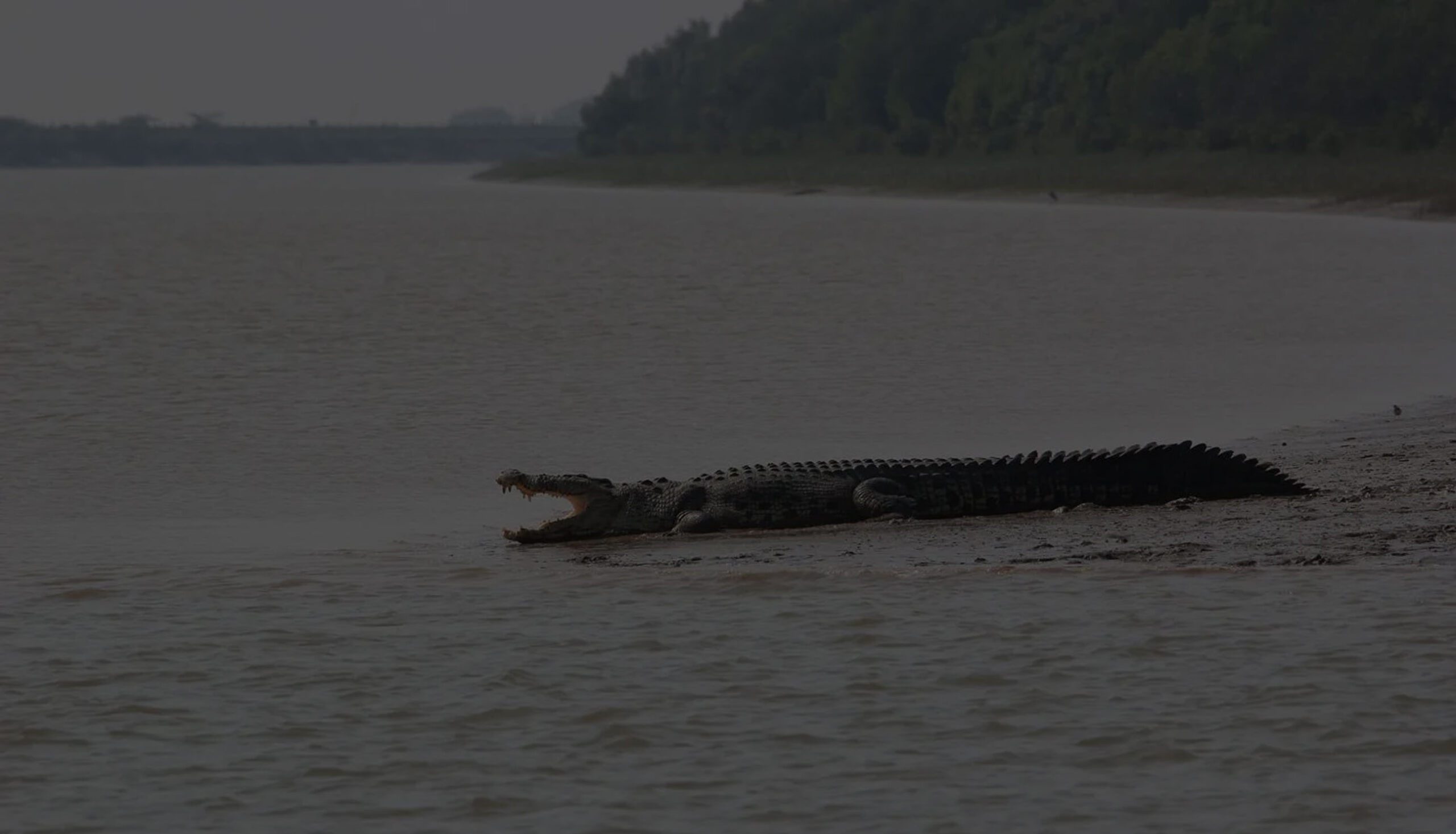
Accommodation
Bhitarkanika eco resorts.
Bhitarkanika Eco Resorts has 05 N/AC Deluxe Room, 02 AC Deluxe Room & 08 N/AC Deluxe Swiss Tent . (Double / Triple Bed deluxe Room) with...

AC/ NON AC DELUXE ROOMS
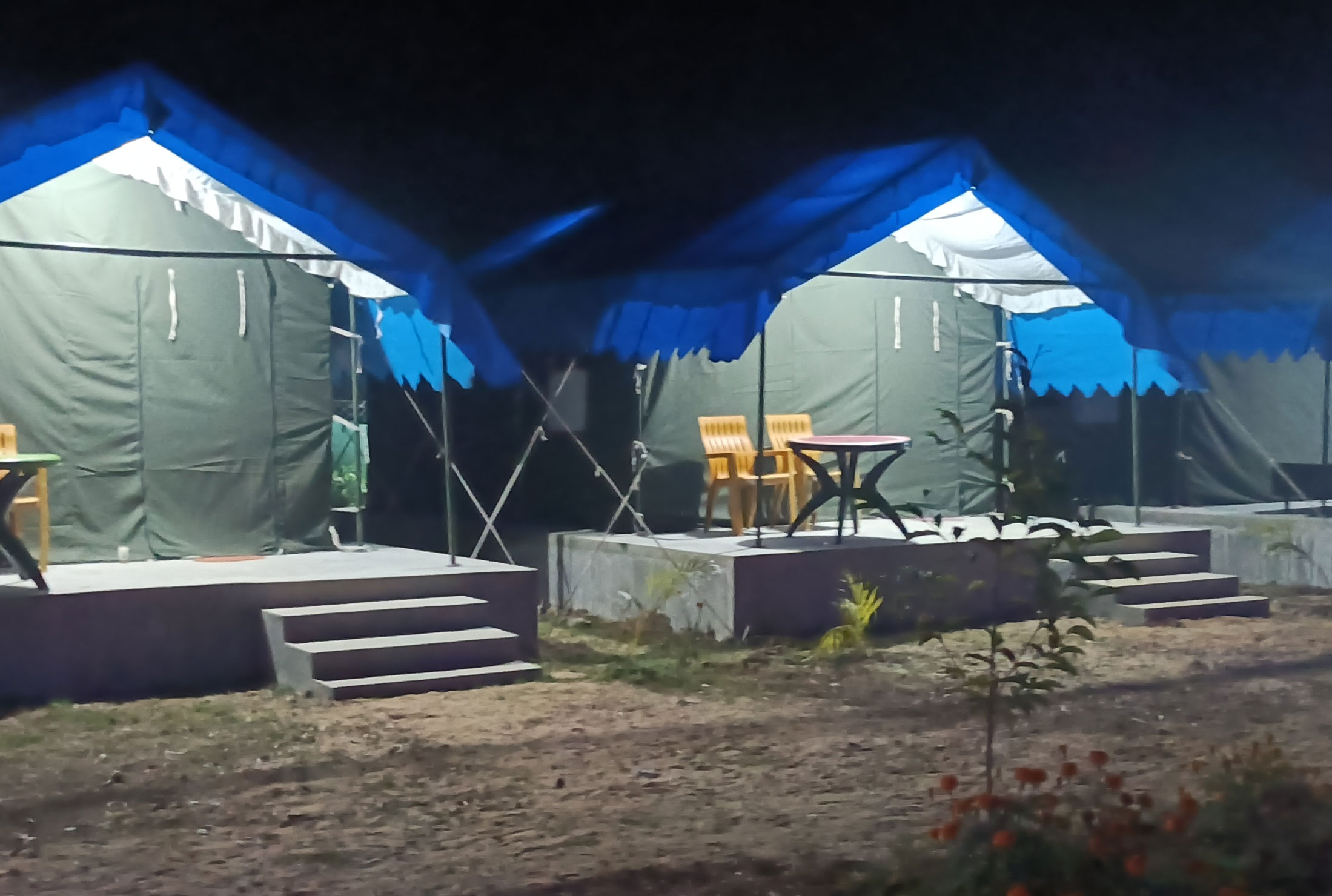
NONAC SWISS TENT ACCOMMODATIONS
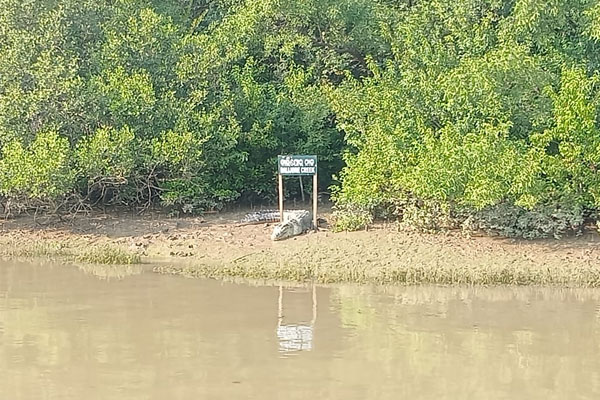
VISIT BHITARKANIKA NATIONAL PARK TOUR
Arrival Khola Gate - Eco Resorts - Arrival at Bhitarkanika Eco Resorts. After lunch visit to Bird Sanctuary, Trekking to Hunting tower of Ancient King,Visit to different creeks to spot crocodile
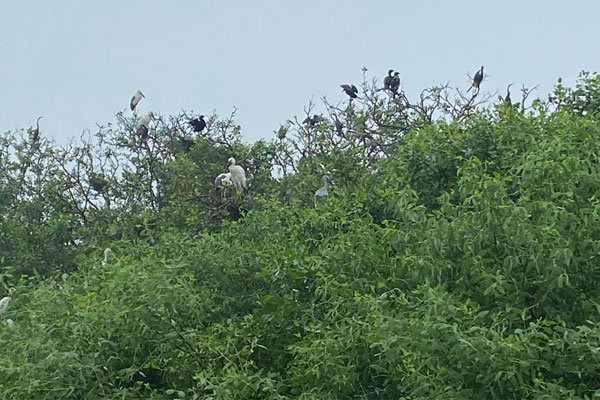
BHITARKANIKATOUR with KALIBHANJADIAISLAND
Arrival Khola Gate – Eco Resorts- Arrival at Bhitarkanika Eco Resorts.After lunch, visit to KalibhanjadiaIsland, enjoy the Sun-set from the confluence of Brahmani and Baitarani river.

BHITARKANIKA WILDLIFE ADVENTURE & BOATING TRIP
Arrival Khola Gate – Eco Resorts-Arrival at Bhitarkanika Eco Resorts. After lunch, visit to KalibhanjadiaIsland,enjoy the Sun-set from the confluence of Brahmani and Baitarani river.
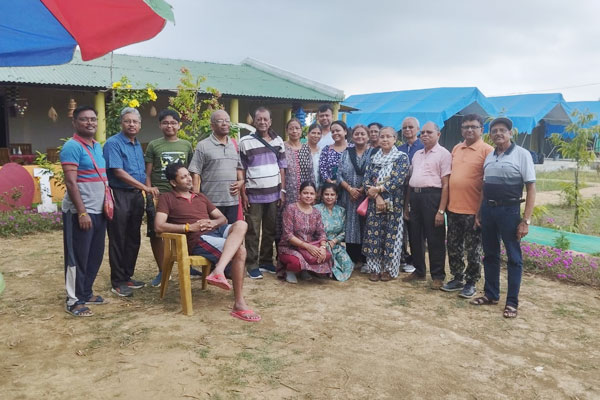
EXCLUSIVE BHITARKANIKA TOUR with HABALIKHATI.
Arrival Khola Gate – Eco Resorts – Arrival at Bhitarkanika Eco Resorts.After lunch visit to Kalibhanjadia Island,enjoy the Sun-set from the confluence of Brahmani and Baitarani river.In evening enjoy our campfire with snacks and dinner.
How to Reach

Best time to visit

Railway Station
Bikash nayak, bhitarkanika eco resorts tour october.
I satya at Bhitarkanika Eco Resorts in Puja vocation October 3 to 6Oct .3 Night four Day . All Room New and All staff good beavers food quality good. One day visit Habilikoti Full entertainment. One day visit Bhitarkanika inside tour see Cocadile , deer, wild boar different types kingfisher, bards. My one golden memories stya withe Bhitarkanika Eco Reports. Game activities like badminton, volleyball, arey, ....
Date- 20.10.2022
Bhitarakanika tour
New room and food quality 👌 all types games activities. All staff helpful Overall experience excellent I recommend you visit this Bhitarakanika Eco Resorts. Bhitarakanika tour one best memory of my life thanks jagabandhu
Nandita sundar
Lovely experience and adventurous vacation, situli payel dutta, one must consider this place.., excursion05637445200.
We have a wonderful stay at Bhitarkanika Eco Resorts at Bhitarkanika. Great location and we really pleasant at Bhitarkanika Eco Resorts. The environment and atmosphere helps us to relax at Bhitarkanika Eco Resorts. Mr jagabandhu Pradhan the manager is a fantastic host and his guidance, service was excellent. The food was amazing and the hotel was near and clean. We feel the service of resort like our home. I really suggest this resort is best resort at Bhitarkanika
THE BEST Odisha Safaris
Safaris in odisha.
- Nature & Wildlife Tours
- Good for Kids
- Good for Big Groups
- Adventurous
- Budget-friendly
- Good for a Rainy Day
- Hidden Gems
- Good for Couples
- Honeymoon spot
- Good for Adrenaline Seekers
- Things to do ranked using Tripadvisor data including reviews, ratings, photos, and popularity.

1. Batoi Bhai

2. India Khoj Holidays
Welcome to Khairi Resort
The hotel and resort business is one of the best and loyal business in the global market. We are the agency that helps to book you a good room in a suitable palace at a reasonable price.
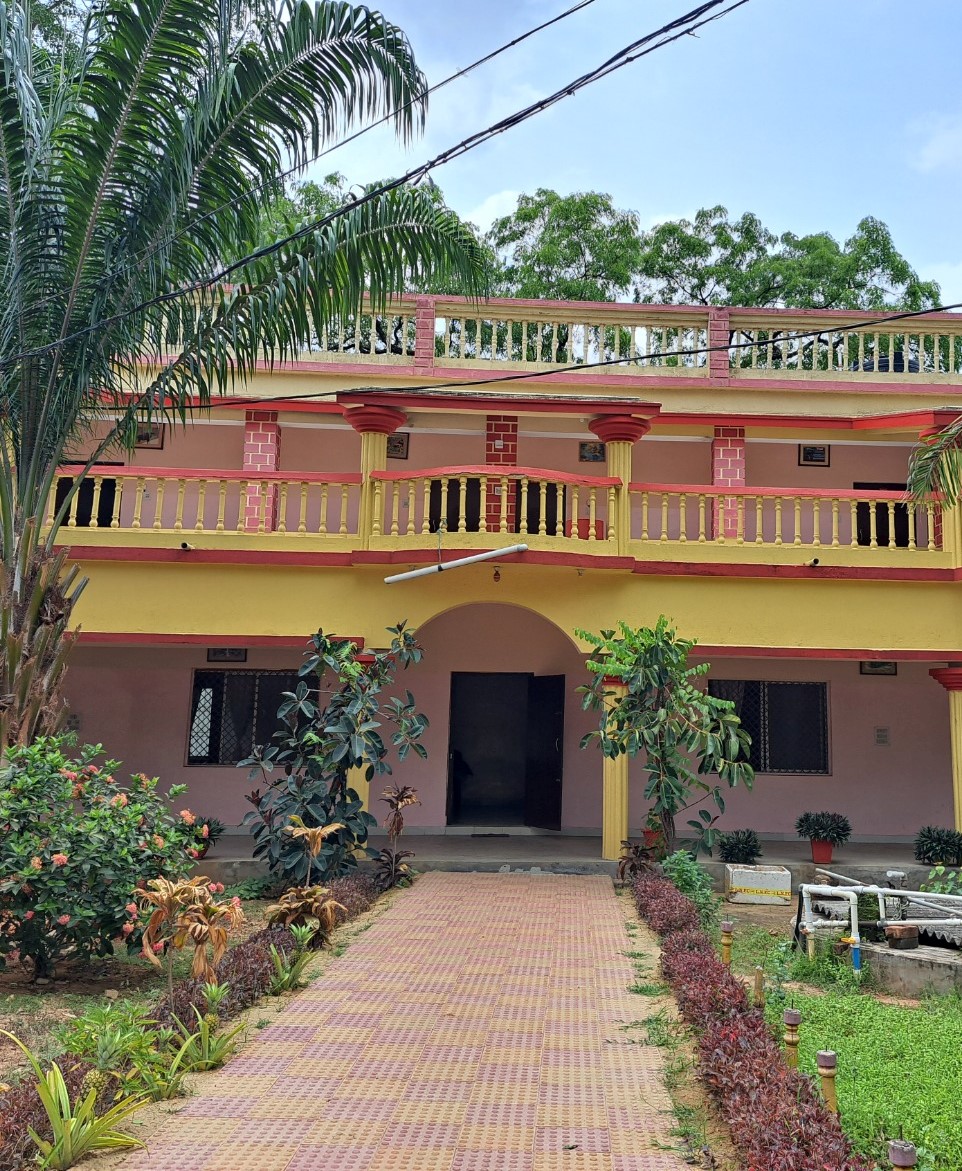
Welcome to Similipal Khairi Resort
Welcome to Similipal Khairi Resort, our resort is the perfect destination for those seeking an unforgettable escape from the everyday hustle and bustle. Similipal Khairi Resort is a tranquil and luxurious retreat nestled amidst the breathtaking natural beauty of the Similipal Biosphere Reserve, this resort offers a perfect blend of comfort and adventure for nature enthusiasts and those seeking a peaceful getaway. Your comfort and enjoyment are our top priorities, and we're committed to making your stay at Khairi Resort an unforgettable experience of Mayurbhanj Tribal Chau dance, outdoor movie screening, Bonfire with DJ Night etc..
MULTI CUSINE AC RESTAURANT
UNLIMITED FREE WIFI
LATE CHECKIN/CHECKOUT
EVENTS AND WEDDINGS
What We’re Offering!
Luxury rooms.
Discover comfort and experience modern Featuring amenities, cozy furnishings, and a welcoming ambiance, our rooms provide a perfect retreat for couples, groups and solo travellers. Experience a relaxing stay with us, where every detail is crafted to ensure your utmost satisfaction.
Jungle Safari
Embark on an unforgettable jungle safari, nestled at the edge of Simlipal National Park. Immerse yourself in the natural beauty of Simlipal as you explore its diverse flora and fauna. Our guided safaris offer an enchanting experience, blending luxury with the thrill of wildlife discovery.
Multi cuisine Ac Restaurant
Indulge in gourmet farm-to-table meals, prepared with fresh and locally sourced ingredients, ensuring a wholesome and nourishing experience for your plate.
Similipal Khairi Resort!
Our resort is the perfect destination for those seeking an unforgettable escape from the everyday hustle and bustle.

Our Specialization Sectors & All of the Other Details

Try out the delicious taste of Manso Mudhi, Handi Mutton, Chicken Poda which brings essence of our heritage to your plate.
Local culture
Enjoy the Mayurbhanj chau dance- a local tradition celebrating our culture.
Local handicraft products
The metal craft will definitely blow your mind, must visit Dokra gram
Our Rooms & Accomodation

Deluxe Ac Room
- Free cancellation
Family Ac Cottage
Semi deluxe room, what our guest says.
Property is well maintained with greenery all around..Garden view rooms are spacious enough for the family... Affordable rates, delicious food, friendly staffs etc !! Enjoyed the Jungle safari.. It was value for money staying at @Khairi Resort.

Perfect place to spent quiet and peaceful stay.Courteous and well behaved staff. Lot better accommodation than we had expected. The food was really tasty and affordable. A different experience altogether from this resort...
Khairi resort is best resort in mayurbhanj district. Atmosphere is good. Food quality is good. Staff behaviour is nice. Resort owner Mr j.Agrawalla always helps tourist,any problem.
Suresh Behara
Just beside the highway, but what a quiet place. Well maintained rooms. Beautiful garden. Excellent staff. Amazing hospitality.
Suman Ghosh

Any Questions?
You can book rooms directly from the website or direct by WhatsApp or call. Mostly preferred to book from website to get discounted rates.
Check-in at 11.00 AM and Check-out at 10.00 AM. We offer Late check out as per our availability.
Yes, we allow private parking free of cost and yes, we do provide tour facilities as per your requirement (Chargeable).
The advance amount is partially refundable, if you have made a reservation but unable to honour the reservation due to any circumstances, such as a natural disaster or unforeseen events. We provide credit towards a future stay as per our availability unto 1 year. After check-in to the property, if you cancel your stay you have to pay 50% of the room charge.

- Budget Weekend
- Luxury Weekend
- Romantic Weekend
- Nearby Kolkata Weekend
- Food Lovers Weekend
- Bird Watching Weekend
- Adventure Weekend
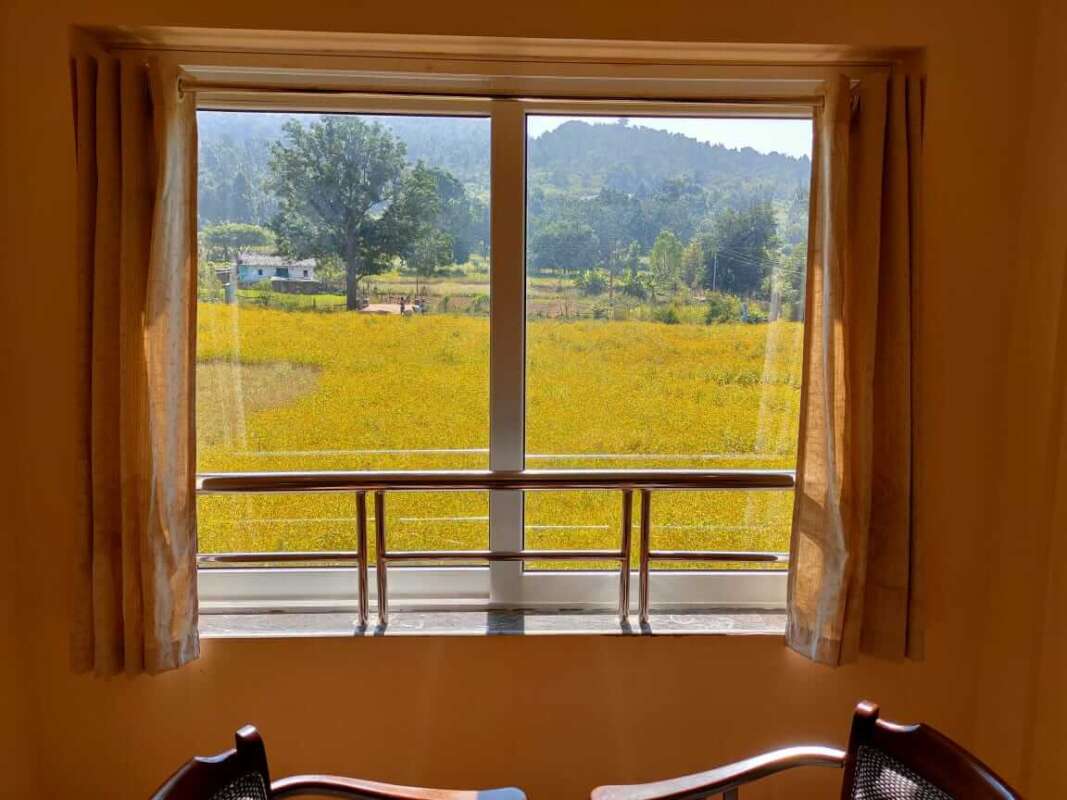
Daringbadi: Everything You Need to Know and Best Resort to Stay
Daringbadi: the kashmir of orissa.
Daringbadi is known as Kashmir of Orissa for a reason. Orissa is famous for the sea, sun, and sands. It does not seem really likely that there might be a hill station in this state. However, this is a lesser-known spot and a hill station here, which receives even an occasional snowfall in winter.
This place is in the Kandhamal district of Odisha, at an altitude of 3000 ft.(915 meters) above sea level. Lush green valley, dense mountain forests filled with birdsongs, various exotic plants, and plantations- this offbeat destination is a hidden gem.
The people who have visited this place fondly refers to it as the “Kashmir of Odisha”.
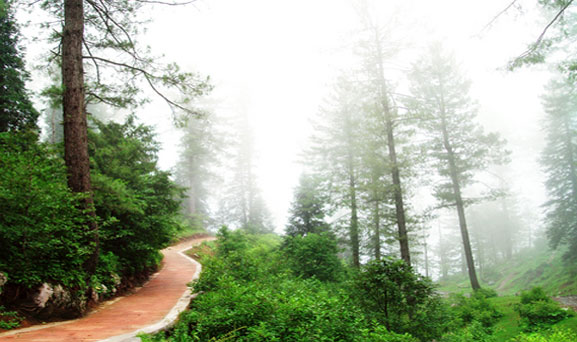
What to See in Daringbadi:
There are a number of amazing locations spread throughout the valley. Nature is abundant and unbound in here. The major points of interestare as follows:
Doluri River:
It is a small stream that flows through the valley. There are some small falls on it, which are magnificent in the monsoon. The serene river banks are popular as picnic spots during the sunny winter weekends.
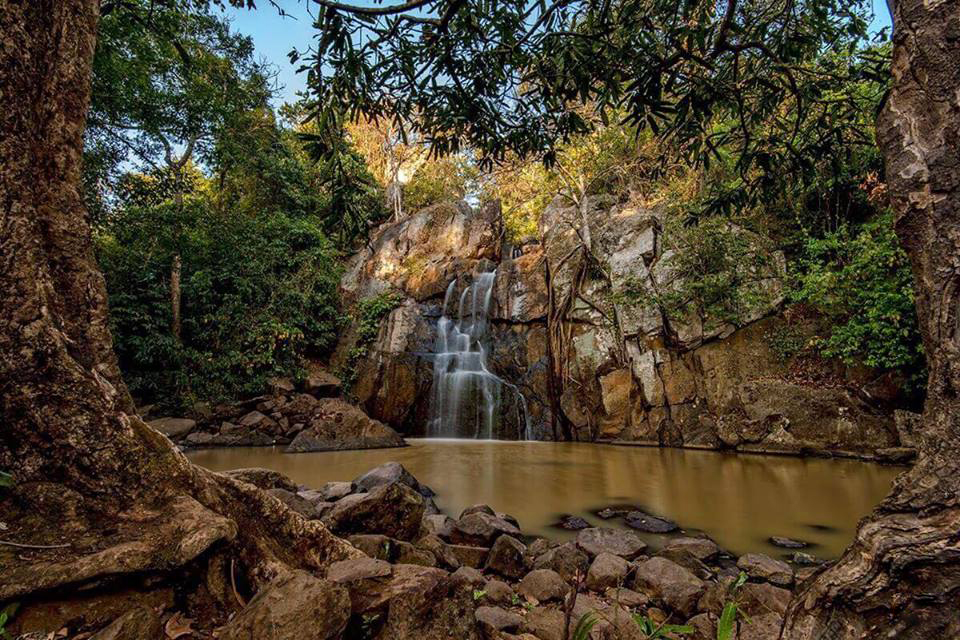
Belghar Village:
It is an internationally known eco-village. Located on the hill-top, this hamlet is surrounded by a dense forest and a tranquil place. The surrounding mountains with decreasing height make it a good sport for paragliding. You can see elephants and other animals on the way to this place.
Hill Viewpoint:
This is the most famous vantage point in this valley, from here, the tourists can get a 360 degree of the whole Daringbadi and the surrounding area. This is a must-visit place in here.
Plantations:
The moderate climate for the whole year here is perfect for the growth of Coffee plants. The Coffee garden here is maintained by the Soil Conservation and Forest Department of Odisha. Furthermore, there is a black pepper plantation also. Both of these places are major tourist attractions. You need to take prior permission to enter these places.
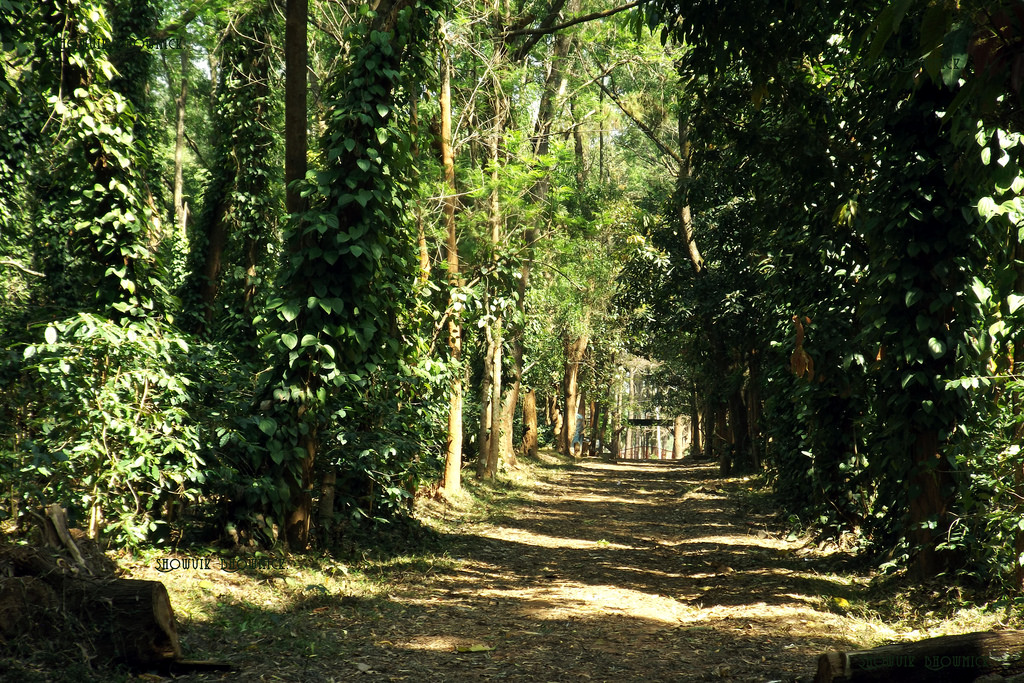
Belghar Sanctuary:
This is one of the major elephant sanctuaries in the hills of Odisha. It is a thick tropical forest, with dense vegetation and a huge variety of flora and fauna. If you are lucky, you can get a glimpse of the elusive wildlife. You can also walk into the forest to meet the Bonda tribe, one of the most primitive tribes of India.
How to reach Daringbadi
Daringbadi can be reached in 3 ways – by Railways, Roadways, and Airways.
By Railways: The nearest station is Behrampur, situated approximately 120 Kms away. A private vehicle easily takes you to there within 3 hours.
By Roadway: From Bhubaneswar, this place is 251 KMS and frequently connected by bus services or you can hire private vehicles as well.
By Airways: Biju Patnaik airport is the nearest one. The distance between the two is 246 KMS and takes around 5 hours 23 minutes by a private vehicle.
Daringbadi General Weather
Just like a classic hill station destination, the place has pleasant weather throughout the year. For instance, the average temperature in the summer months does not go above 23°C in general.
Winter nights and early mornings are chilly. You will find crystalized dew drops on trees, blades of grasses, cars, and houses when the temperature falls below 0°C at night. These snow, frozen dew, and slits are the reason behind comparing this place to Kashmir.
Summer months are a neutral time to visit the place as it provides some recess from the scorching heat owing to its height. On the other hand, if you wish to experience the amazing place in its full glory, plan your visit around November end to January. Furthermore, the monsoon season transforms the place in a verdure paradise, in spite of the bad condition of the hilly roads. From this table below, you can get the whole picture of the weather condition and temperature throughout the year in this place.

So, when you come here, you will certainly love the place. Daringbadi is a really beautiful place that is free from the typical crowd of a hill station. In here, nature is not damaged by the bad effects of civilization.
Best time to visit
Odhisa has win two months of winter and to enjoy the best of Daringbadi, no other season can be better than December to February. The valleys at this time remain in their full glories.
Daringbadi Nature Resort: Best Place to Stay
There are not too many accommodations available in this place. Till few years back only the Orissa Govt. nature camp was the best place to stay, but now this private resort is much more cozy, luxurious and well served resort in an excellent rejuvenating environment.
Daringbadi Nature Resort is a private resort which has come very recently. Its new and has got all the amenities that you may ask for. And everything at a much less price than the nature camps.
This resort is located amidst a load of greenery and sunshine . The owners have chosen a small hilltop for the same, that allows a panoramic view of the jungle and the hills around.
This is certainly an awesome place, and you must keep it in your bucket list of holidays.
Accommodation: There are two building with ample rooms for a large group to accommodate. Rooms are airy spacious well lit with sunlight and large windows. Each room are provided with tasteful furniture including double bed, almirah, working table, sitting area with chairs and table, AC, TV, electric kettle etc.
Timings: Check In: 12:00 PM Check out: 10:00 AM
Outdoor activities
Daringbadi being famous for its picturesque valleys, you can easily stroll around to get that scenic view that will surely rejuvenate your body and soul.
Trek to the forests and discover the various tribal villages nestled amidst the greens.
Explore the vast coffee gardens, nature parks, butterfly parks, black pepper garden, and turmeric gardens.
This place is the ideal abode of bird watching, making it a paradise for the bird watchers.
The Sunday local market is worth visiting.
Daringbadi Nature Resort Nearby Attractions
Visit Sapanala, a picturesque spot to enjoy some quality time near Baliguda.
For those avid Bird lovers, Emu Bird safari provides you with the perfect scope of Bird watching on your way from Baliguda to to here
Enjoy the beauty of sunset at the Hill viewpoint.
Indulge yourself in a visit to the Botanical garden to experience the vast flora and fauna.
Visit Belghar sanctuary to spot some wild animals as well as the magnificent scenery around. One can find Elephants in abundance in these forests.
The spice garden here is that perfect spot where you will spot turmeric garden and coffee garden at the same place.
A quiet 100 ft heightens Ludu Waterfall amidst the dense forest is sure to blow your mind. And if lucky, you may spot a few Elephants here as well.
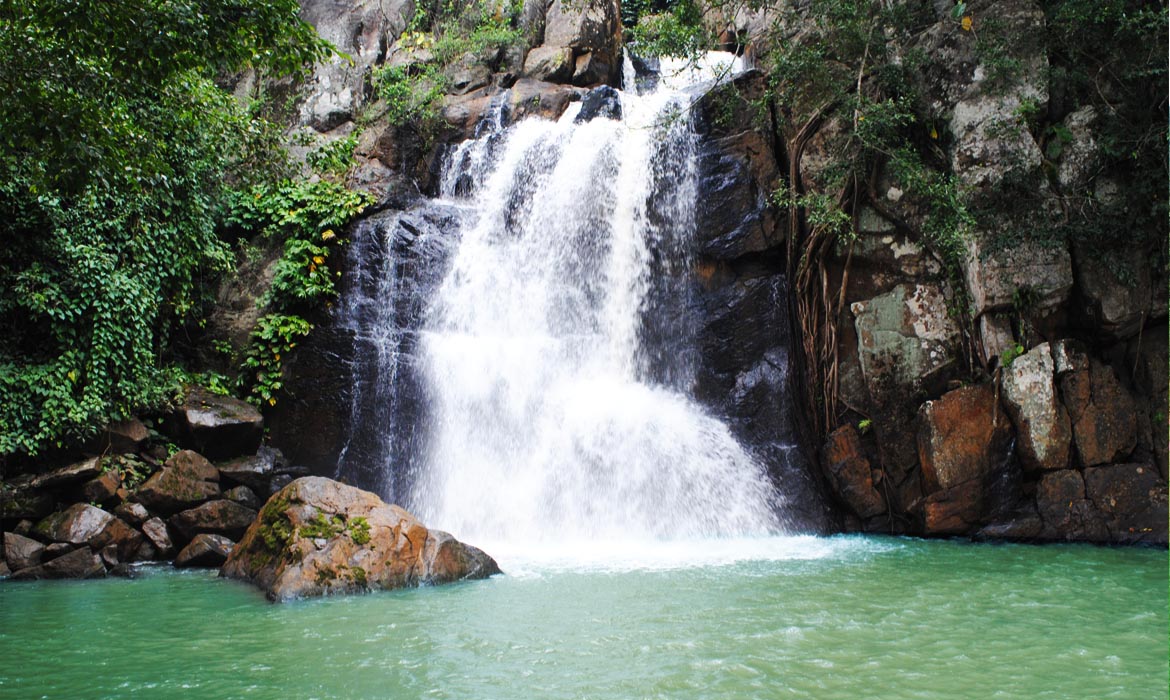
Moreover, waterfall Mudubandha is also worth visiting.
Spend some quality time at Kalinga Ghat, a place famous for medicinal plant cultivation, rubber trees, and bamboo plants and enlighten yourself with all natural medicines.
Overall, Daringbadi Nature Resort offers you a host of activity that will certainly keep you busy for your trip.
Pocket Pinch
Executive Room: INR 3’500 + GST Per Day Per Room Including breakfast for a Couple
Executive Room: INR 4’500 + GST Per Day Per Room Including breakfast and Dinner for a Couple
Suite Room: INR 4’500 + GST Per Day Per Room Including breakfast for a Couple
Suite Room: INR 5’500 + GST Per Day Per Room Including breakfast and Dinner for a Couple
*GST to be paid on the spot
*Extra Person Charge INR 1200 + GST
Child Policy Kids between 1 to 5 years are complimentary Charges for kids above 5 years to 10 years will be INR 600 for foods and lodging. (Pay at the destination)
Driver Accommodation: INR 750 for foods and lodging Maximum. (pay at the destination)
Sightseeing Package
There are pick up and drop facility available. To avail that you need to contact Directly to the Resort. Also, the sightseeing can be organized as per your schedule (if any), and that is to be finalized directly with the person in charge, prior to your travel.
We’re ready to help you with planning your Daring Badi Holiday . Enquire Now .
Check Out other places that you may find interesting
Click here to know 25 such great weekend destinations near Kolkata for one night stay
In case you love hills, see these great hill stations near Kolkata for an offbeat getaway
Rate and write a review Cancel reply
Your email address will not be published. Required fields are marked *
Your Review
Save my name, email, and website in this browser for the next time I comment.
Please enter an answer in digits: eight + fourteen =
Title of your review:
Book This Place
- Check Out *
- Name * First Last
- No. Of Adults *
- No. Of Kids *
- Kid's Ages
- Name of Place
- Comments This field is for validation purposes and should be left unchanged.
Featured Listings
Romantic sikkim tour package 4n|5d.
- Ravangla, Pelling, Sikkim
Premium North Bengal Tour Package (4N|5D)
- Kalimpong, Delo, Tinchuley, North Bengal
Rhino – Cheetah Dooars Tour Package (4N|5D)
- Dooars, West Bengal
Kanchen View Package; For Best Kanchenjunga Experience (4N|5D)
- Kalimpong, Darjeeling, West Bengal
Joychandi Hill Resort
- Purulia | Bengal | India
Kaikhali Farmstay
- Kaikhali | Kultuli | South 24 Parganas | Bengal | India
Silk Route – 5 Nights 6 Days Package
- East Sikkim, Sikkim
Bijonbari; Chongtong Bamboo Resort
- Ghoom| Darjeeling | Bengal |
Daranda Farm House: Come for An Unforgettable Experience
- Shantiniketan, Birbhum, Bengal
Murshidabad Rajbari
- Murshidabad,West Bengal
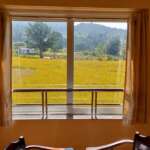
Explore What You May Like
- Package Tours
- Pet Allowed
- Swimming Pool
- Bonfire Arrangement
- Fishing Facility
- Day Outing / Picnic Special
- Historical Destination
- Couple Friendly Weekends
- Tour Packages
- 1800-123-5555
- Travel Agent? Join Us
Get Travel Triangle in your pocket.
Get your app via sms
- Honeymoon Packages
- Family Packages
- Holiday Packages
- Holiday Deals
- Luxury Holidays
- Destination Guides
- Holiday Themes
- Plan My Holiday
Indian Destinations
- Uttarakhand
International Destinations

- Switzerland

- Sikkim - Gangtok - Darjeeling
- South Africa

Seasonal Packages

Water Activities

Safari at Nandankanan Zoological Park, Bhubaneswar
Get a wonderful experience of wildlife during safari at nandankanan zoological park.
Get Free Quotes
- Bhubaneswar Tourism
- Things To Do
- Safari Nandankanan Zoo
Rated 4.40 / 5 ( based on 234 reviews )

Quick Information
Best time to visit, ideal duration, starting from, http://odishatourism.gov.in/, about safari at nandankanan zoo.
Nandankanan Zoological Park is located 20 km away from the main city of Bhubaneswar, Odisha. Spread across a sprawling area of 400 acres, Nandankanan Zoo offers a diverse range of wildlife that includes flora, fauna and mammals. Nandankanan is home to nearly 1580 animals, including 634 mammals, 812 birds and 134 reptiles. Nandankanan also acts as a host zoo for white tigers. It is also the only zoo in India which is home to Patas Monkeys, Eastern Rosella variety of parakeet and Open-billed Stork (the second largest heronry for Open-billed Storks in the state). Nandankanan Zoo is also the premier zoo in the country where the Gharials took birth under captivity in the 1980s.
Nandankanan Zoo offers a host of attractions for tourists to enjoy. Out of the others, some of the interesting things that you can do in the zoo are enjoying a Bear Safari, Lion Safari, and a unique White Tiger Safari. A toy train also runs within the premises of the park where you can enjoy a ride and observe the wildlife up close. There are also facilities for boat rides, aerial ropeway and a cable car. However, the main attraction inside the Nandankanan Zoological Park is the jungle safari. There are two types of safaris available inside the park - the natural and artificial. But it is very important for tourists to understand the fact that since Nandankanan is a zoo and not a typical national park, Elephant Safari or Jeep Safari, as such, is not offered here. Therefore, tourists take a tour on foot to enjoy the wildlife here. You may ask for a golf-cart for senior citizens if you feel a walking tour is not possible.
Popular Packages
Unlimited Choices. Trusted Agents. Best Prices. Happy Memories.
A Spiritual Getaway To The Jagannath Dham
Starting from:
A Short And Sweet Puri Tour Package
Puri package from kolkata.
- Bhubaneshwar
Bhitarkanika Tour Package From Bhadrak
- Bhitarkanika National Park
Exotic Orissa Tour Package
Vibrant orissa tour package, bhubaneswar local tour package.
- Bhubaneswar
Vivid Orissa Tour Package
Bhubaneswar sightseeing tour package, dynamic orissa tour package, orissa tour package from mumbai, chilka lake package from puri, scintillating orissa tour package, alluring orissa tour package, fantastic orissa tour package, heritage orissa tour package, an invigorating odisha tour, puri package for 3 nights 4 days, spiritual orissa tour package, heavenly odisha tour package, places to visit in bhubaneswar.
Let the experts guide you to the best of this mesmerizing destination
Ram Mandir in Bhubaneswar
One of the famous temples in Odisha , Ram Mandir is located just in the heart of Bhubaneswar. Just at a distance of 1.5 km from Bhubaneswar Railway Station, Ram Mandir is an iconic landmark in the city of Bhubaneswar. It is located near Kharvel Nagar and attracts a large number of devotees every day. The temple is dedicated ...
- Sightseeing
- Ideal for families
Deras Dam in Bhubaneswar
Deras Dam is a small water reservoir located at a distance of nearly 25 km away from the main city of Bhubaneswar. Considered as one of the main water reservoirs inside Chandaka Dampara Elephant Sanctuary, Deras Dam is the main source of irrigation in the nearby areas. Not only this, but Deras Dam also serves as a water-hol...
Tikarpada Wildlife Sanctuary in Bhubaneswar
Tikarpada Wildlife Sanctuary in Bhubaneswar is a very happening place which is famous among tourists due to the presence of Satkosia Gorge where the river Mahanadi enters with great force making the whole sight very enchanting to watch. The whole Tikarpada Wildlife Sanctuary is spread in an area of approximately 795 square ...
- Adventure Activities
Biju Patnaik Park in Bhubaneswar
Biju Patnaik Park is a beautiful park situated in the city of Bhubaneswar. It is an ideal place for morning and evening walks. The park was established to honor the chief minister of Odisha, Bijayananda Patnaik who was the chief minister of the state twice. The park is situated at a distance of 5.5 km from the main city. Th...
Chausath Yogini Temple in Bhubaneswar
Chausath Yogini Temple is a religious place of attraction in Bhubaneswar, the capital of Odisha. It is located at Hirapur, at a distance of 10 km from Bhubaneswar Railway Station and Biju Patnaik International Airport. It is a Hindu temple , which is dedicated to the 64 avatars of Goddess Durga. According to the local priest...
- Religious Tour
Things To Do In Bhubaneswar
Your list of the best things to do, compiled on the basis of actual traveler experiences
Nandankanan Zoological Park in Bhubaneswar
Nandankanan Zoological Park is located 20 km away from the main city of Bhubaneswar, Odisha. Spread across a sprawling area of 400 acres, Nandankanan Zoo offers a diverse range of wildlife that includes flora, fauna and mammals. Nandankanan is home to nearly 1580 animals, including 634 mammals, 812 birds and 134 reptiles. N...
- Zoological Park
Rides at Nicco Park in Bhubaneswar
Nicco Park in Bhubaneswar is an amusement park which was opened for the entertainment of the public in the year 1997. It is a fun-filled place with loads of adventure. From family rides, thrill rides and kids’ rides to water park and shows, Nicco Park is a power-packed place for all the fun and adventure. Let’s now have a l...
- Amusement Park
- Ideal for friends
Ocean World Water Park in Bhubaneswar
Situated 24.3 km away from the city of Bhubaneswar, the Ocean World Water Park is an amusement and water park that is your gateway to ultimate fun. It is your way to beat the heat in summers in Bhubaneswar. The place is ideal for both family visits and a visit with friends. The fact that makes this park all the more amazing...
- Ocean World
- fun activities
Shopping at Esplanade Mall in Bhubaneswar
Shopping is one of the greatest aspects of any travel itinerary. Everyone wants to get their hands on the things which are eccentric and which they will not find anywhere else. Esplanade One mall in Bhubaneswar is one of the best places to shop in the city. Spread in an area of more than 4.5 lakh retail space, the mall is t...
Our experts would love to create a package just for you!
Fill in your requirements here >
Your Preferences
Where do you want to go?
Fastest Growing Holiday Marketplace
Verified Agents
Happy Travellers
Destinations
Easy, Secure & Reliable
Traveltriangle
Quality Control
Bhubaneswar Tour Packages
Read on to find out why our customers love us!
V Ravindran
V's 4 days trip to Bhubaneswar
VINAY BHAGAT
Maharashtra
Vinay's 3 days trip to Bhubaneswar
Ravisai Vaishnav
Bhuwaneshwar
Ravisai's 4 days trip to Bhubaneswar
Sumant Bansal

Sumant's 4 days trip to Bhubaneswar
Sandesh Chiplunkar
Sandesh's 2 days trip to Bhubaneswar
Poulomi Shachi
Poulomi's 3 days trip to Bhubaneswar
Abhishek Yeole
Abhishek's 5 days trip to Bhubaneswar
Kailasam Nagaraju
Kailasam's 6 days trip to Bhubaneswar
Kislaya Srivastava
Kislaya's 5 days trip to Bhubaneswar
Divya Eswar
Divya's 5 days trip to Bhubaneswar
Want best packages handpicked just for you?
Fill the form and get a callback from our holiday experts
FAQ's of Bhubaneswar
Are there cloakroom facilities available in nandankanan zoo.
Yes, cloakroom facilities are available inside Nandankanan Zoo at a chargeable basis. For a single packet or a luggage bag, Rs. 5 is charged.
How can I go to Nandankanan from Bhubaneswar?
The nearest railway station from Nandankanan is Bhubaneswar Railway station which is located at a distance of 16kms from here. You can hire a taxi or take a city bus to reach the Zoo.
How It Works
Personalise This Package
Make changes as per your travel plan & submit the request.
Get Multiple Quotes
Connect with top 3 agents, compare quotes & customize further.
Book The Best Deal
Pay in easy installments & get ready to enjoy your holiday.
- We are hiring!
- Testimonial
- Travelogues
- Terms and Conditions
- Privacy Policy
Corporate Office:
Holiday Triangle Travel Private Limited
Address: Plot No - 52 , 3rd Floor,
Batra House , Sector 32,
Gurugram - 122001 ,Haryana
Landline: 1800 123 5555
Connect with us on :

All rights reserved © 2024
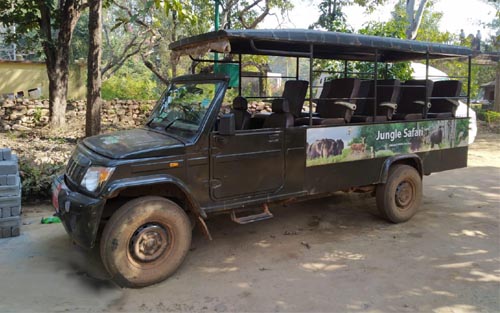
Wildlife Safari Odisha
Forest Safari in Odisha / Jungle Safari in Odisha / Wildlife Safari Bhubaneswar /Day Tour Safari Bhubaneswar/ Night safari at Bharatpur Elephant Sanctuary, Bhubaneswar
Odisha is a land of Eco tourism lovers, we have more that 37% of land covers with forest and thus gives us numerous options to explore eco-tourism activities without disturbing ecology and natural habitat. For Forest Safari we have: Open jeep Safari, Van Safari Etc. we have below options available for Forest/ Jungle Safari in Odisha:
- Chandaka Wildlife Sanctuary Safari
- Drbrigarh Wildlife Sancturary Safari
- Shimilipal Wildlife Sanctuary Safari
- Bhitarakanika Wildlife Sanctuary Safari
- Kapilash Wildlife Safari
Lead visitor has to carry any of the identity proof like VOTER ICARD / DRIVING LICENCE / PAN CARD / PASSPORT / AADHAAR CARD
Entry Ticket Fee is to be paid separately at the entry gate as per the number of Adult And Child.
If the amount is debited from your account but no ticket has been issued to you, then the entire amount (excluding the Payment Gateway Transaction Charges) will be refunded to you.
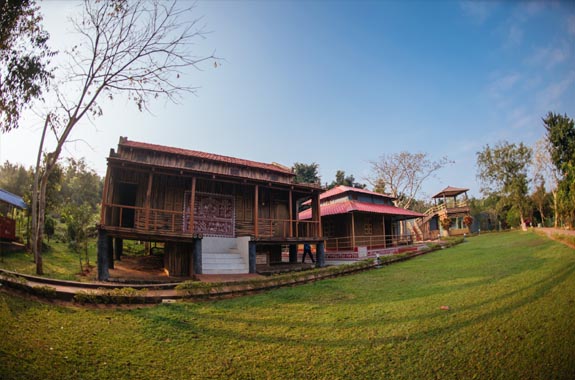
Chandaka Eco Tourism
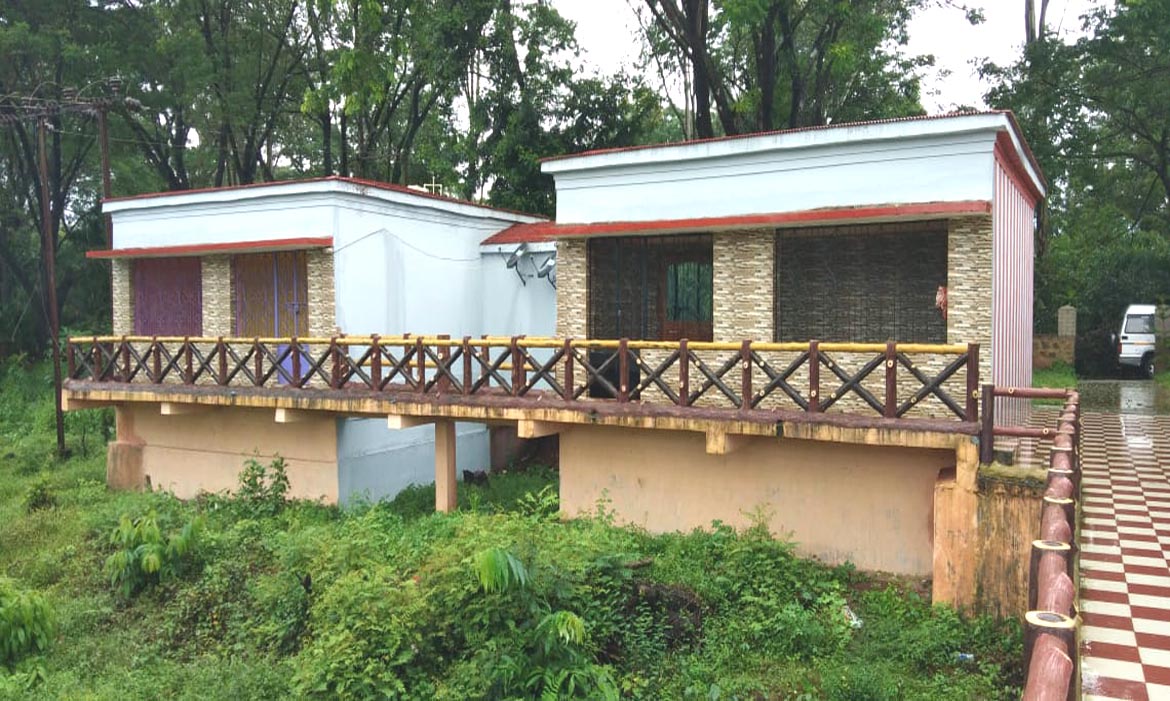
Chitrakonda Nature Camp
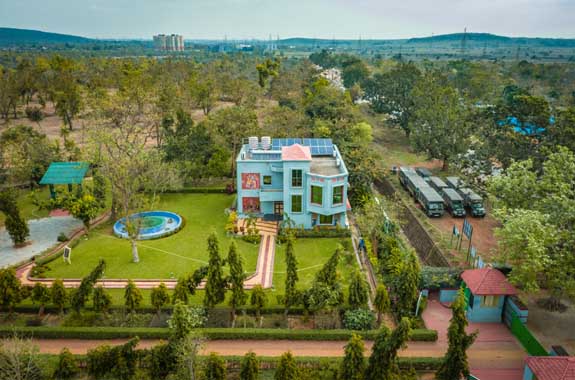
Chandaka Nature Camp
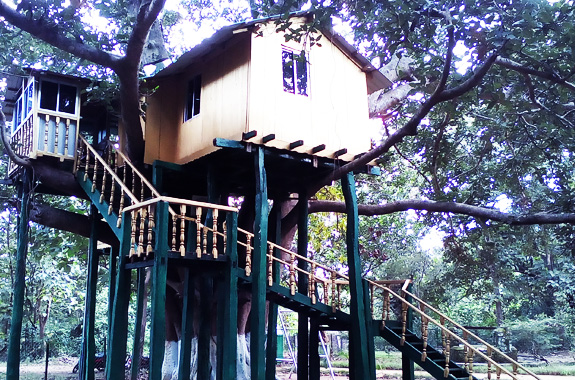
Giant Squirrel Nature Camp
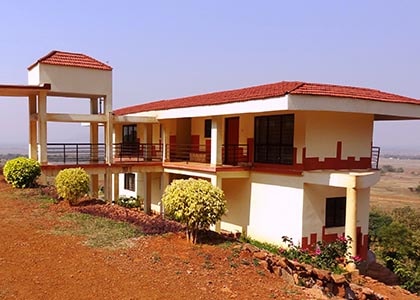
Mahabinayak Nature Camp
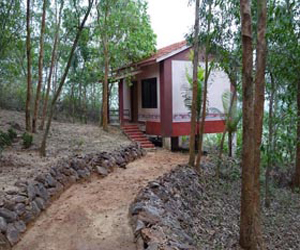
Olasuni Nature Camp
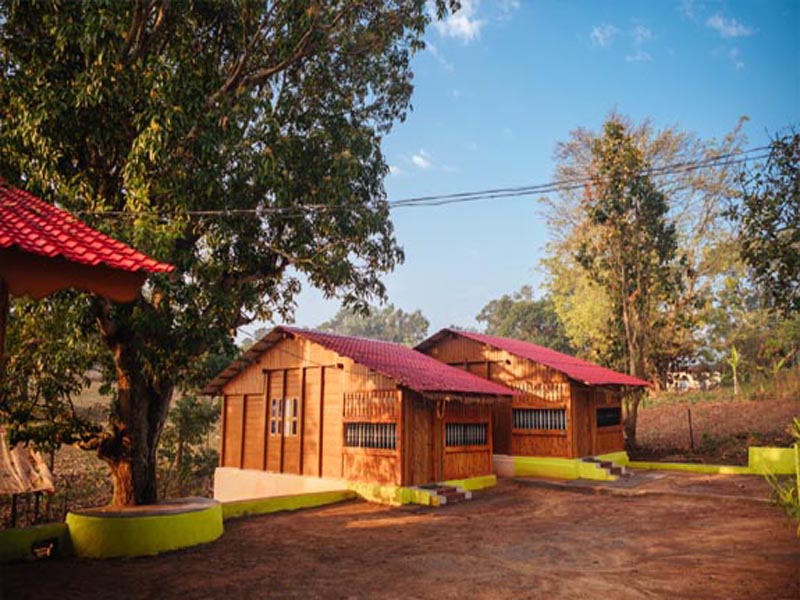
Phulbani Nature Camp
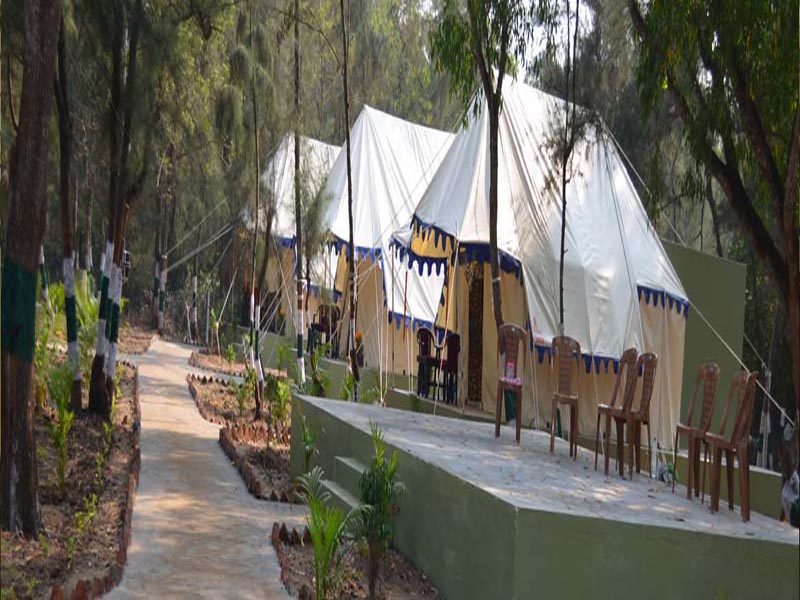
Nuanai Nature Camp
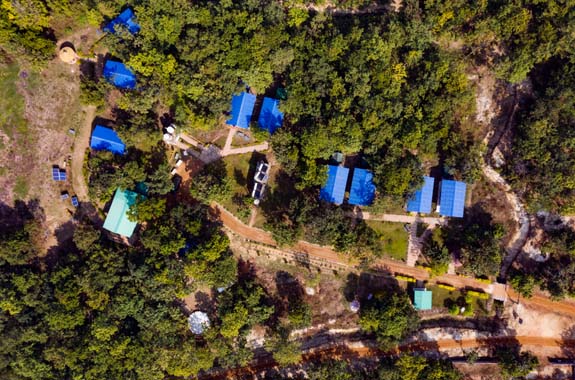
Rissia Nature Camp
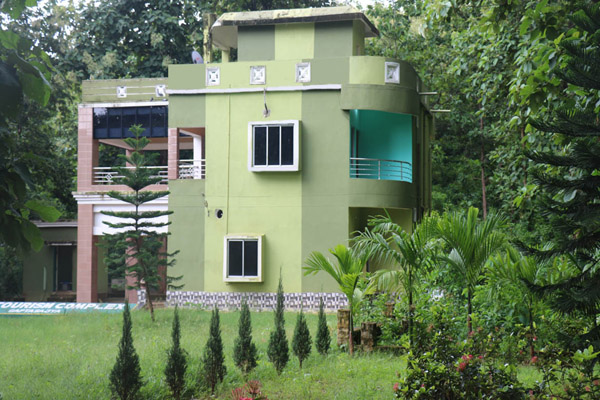
Saptasajya Nature Camp
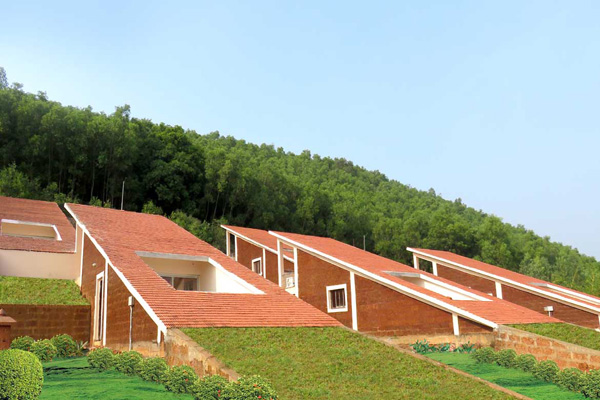
Chilika Nature Camp
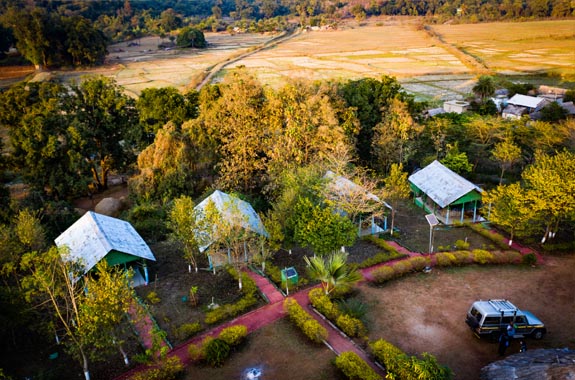
Satkosia Nature Camp
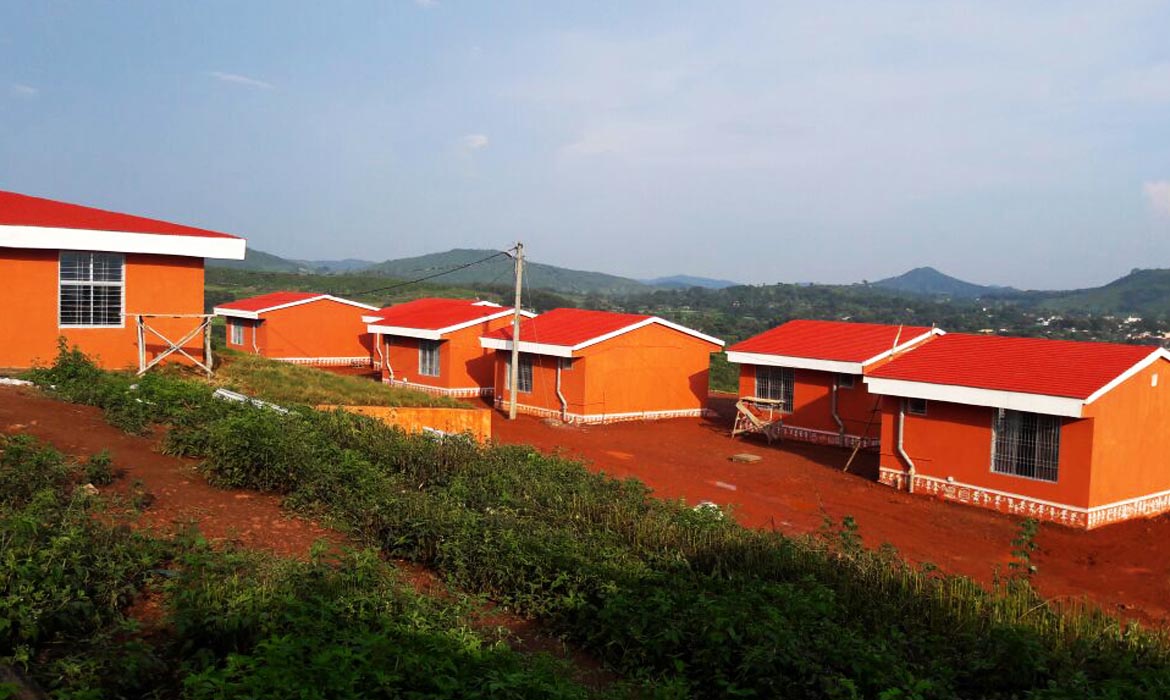
Daringbadi Nature Camp
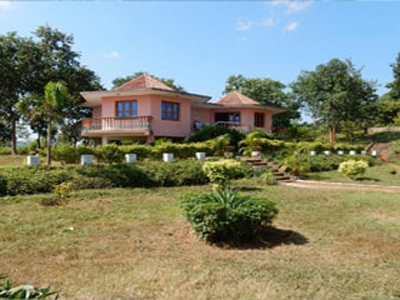
Sidhamula Nature Camp
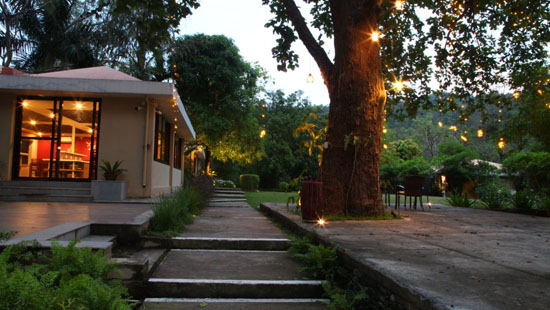
Odisha Luxury Forest Resort
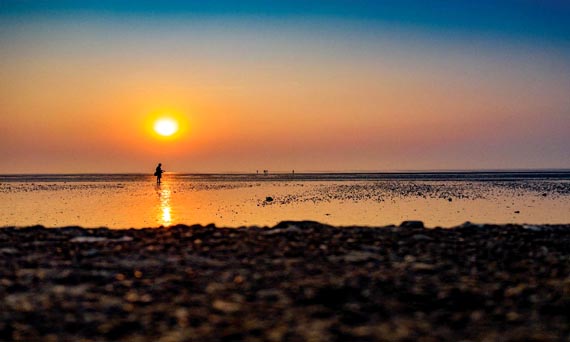
Chandipur Nature Camp
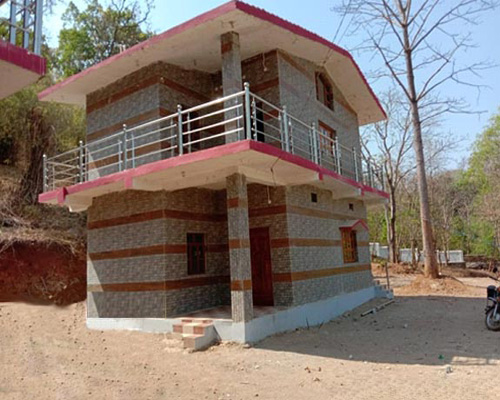
Satiguda Nature Camp
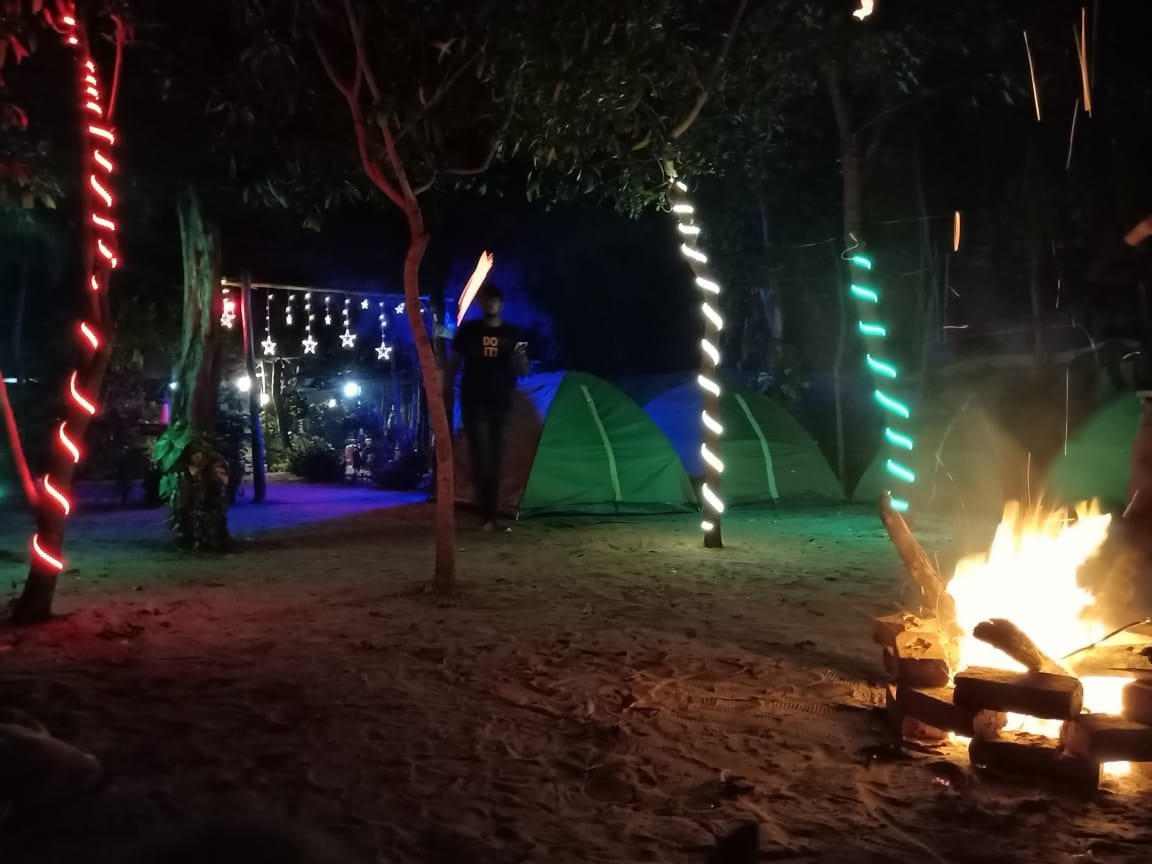
Camping-Hiking-Daringbadi
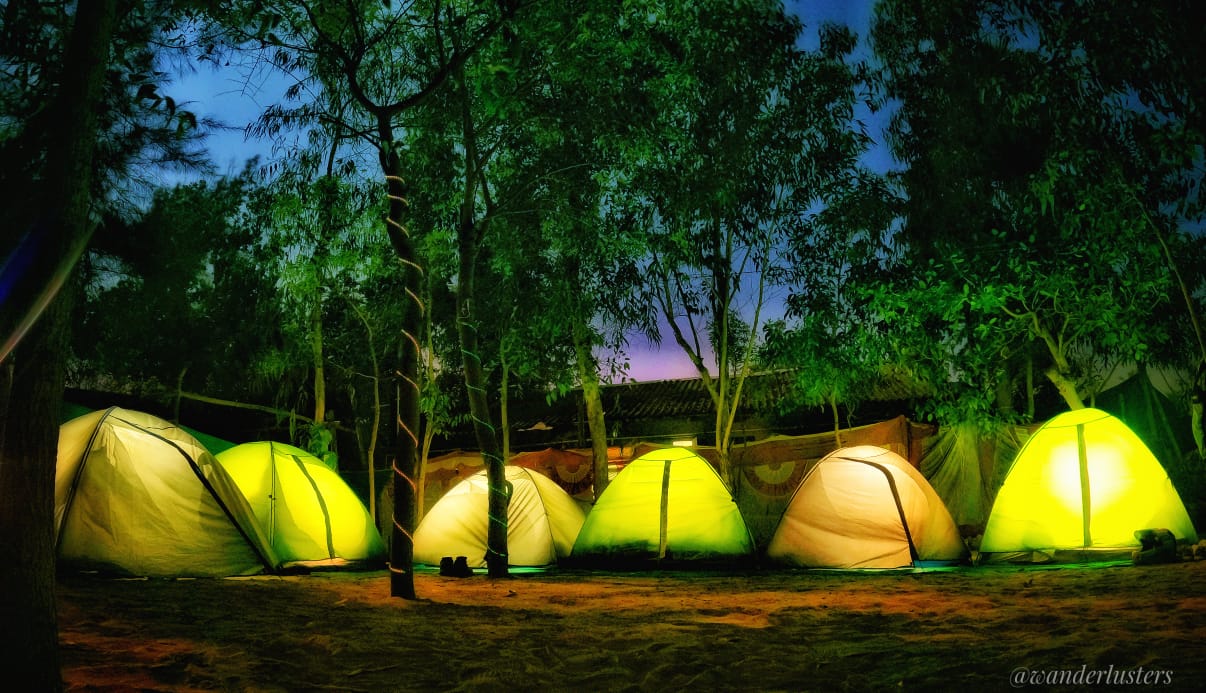
Camping-MarineDrive-Puri

Maritime-Odisha-Camping
Camping-hiking-kapilash-sanctuary, camping-hiking-remuna-keunjhar, camping-hiking-chilikalake, beach-camping-hiking.
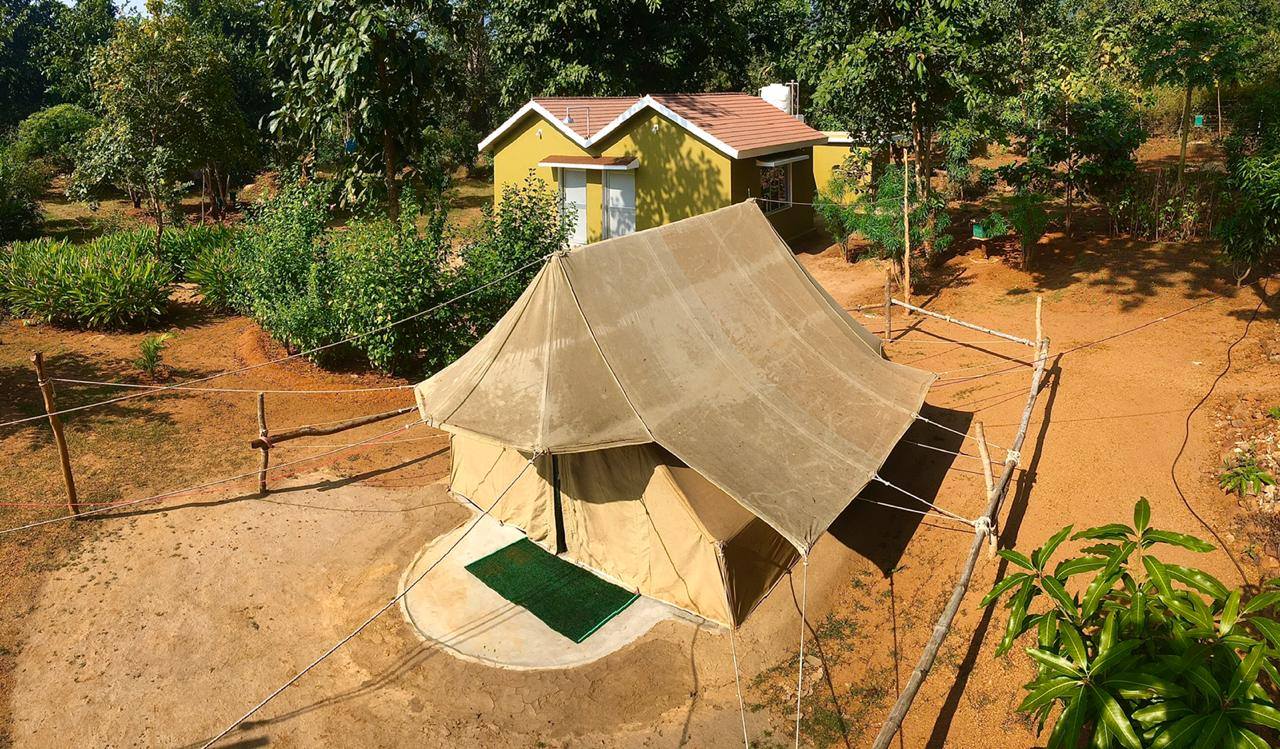
Camping-Hiking-Athmallik-Forest
Hari-shankar-nature-camp, saptasajya-camping-hiking-trekking-site.
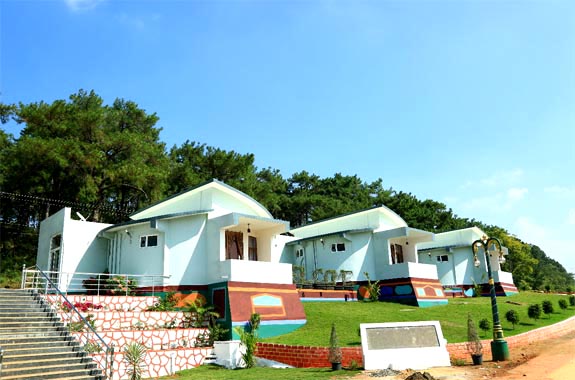
Koraput_Nature_Camp
Shimilipal forest cottage.
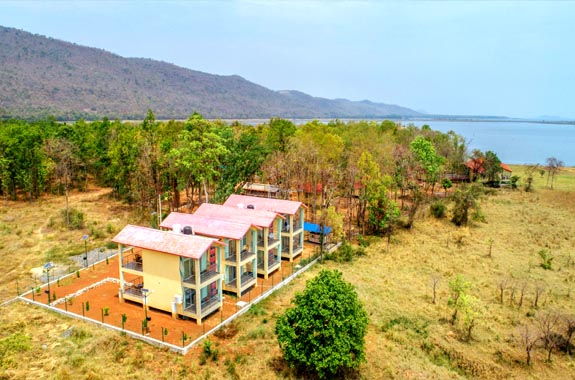
Debrigarh Nature Camp
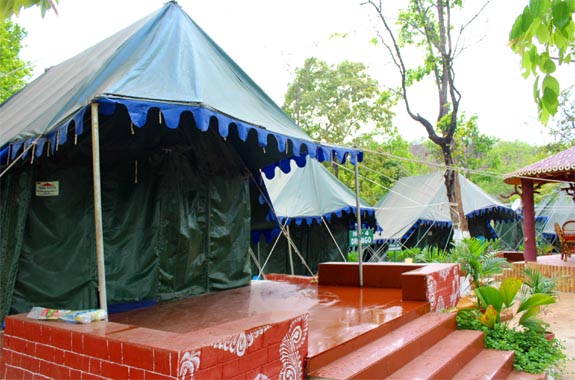
Sarafgarh Nature Camp
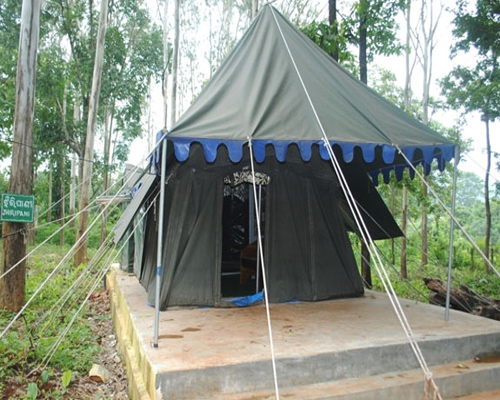
Belghar Nature Camp
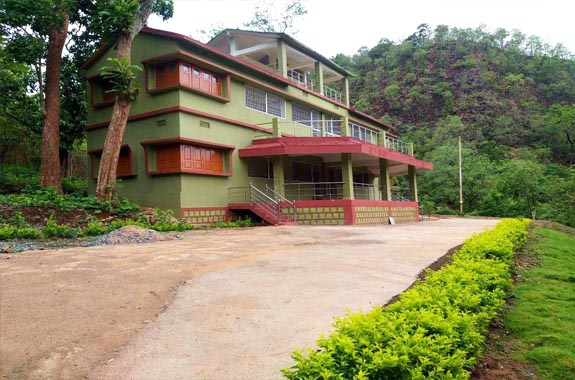
Nrusinghanath-Nature-Camp
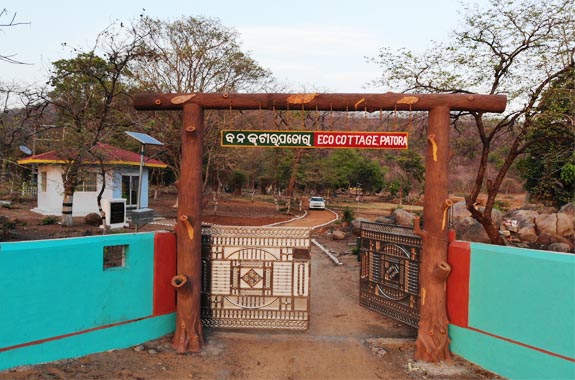
Patora Nature Camp
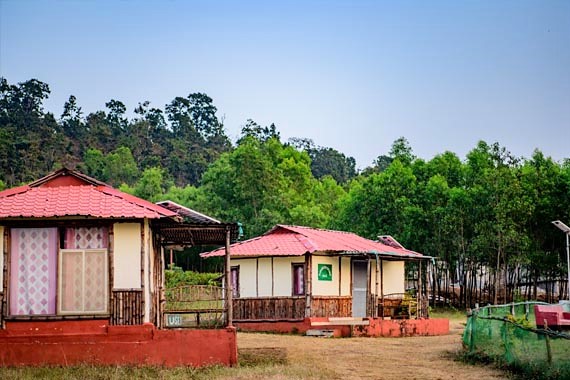
Kumari-Nature-Camp
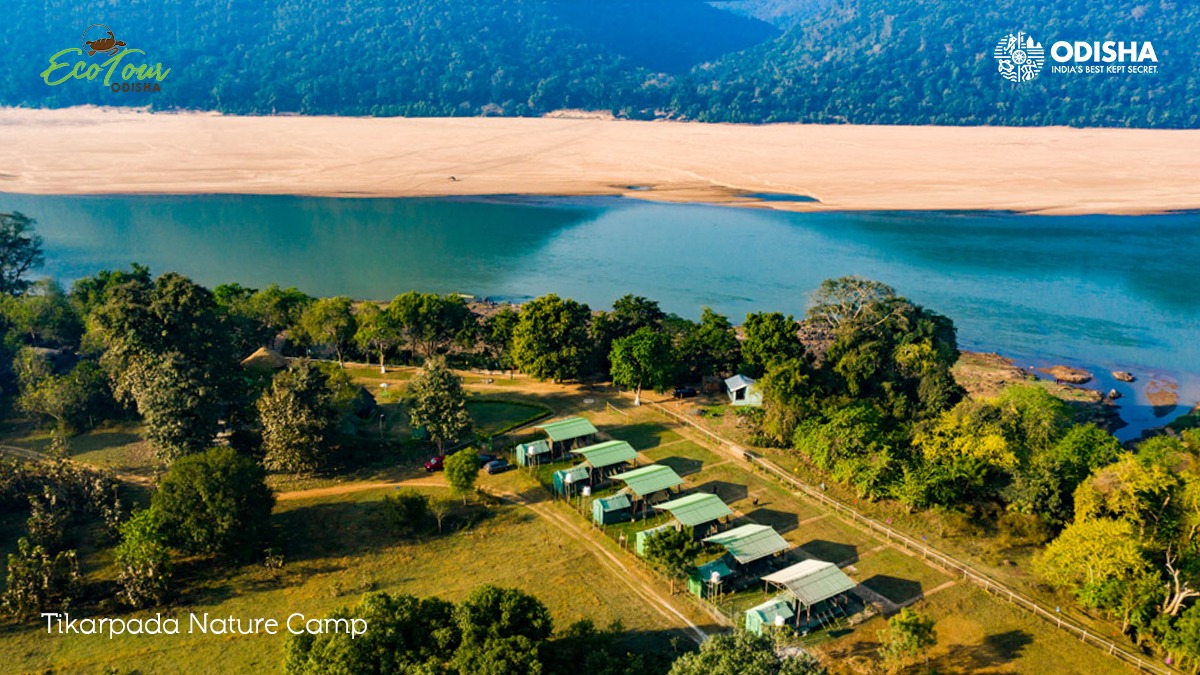
Tikarpada Nature Camp
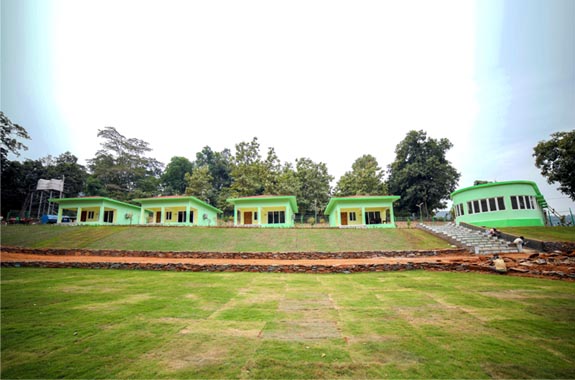
Khandadhar Nature Camp
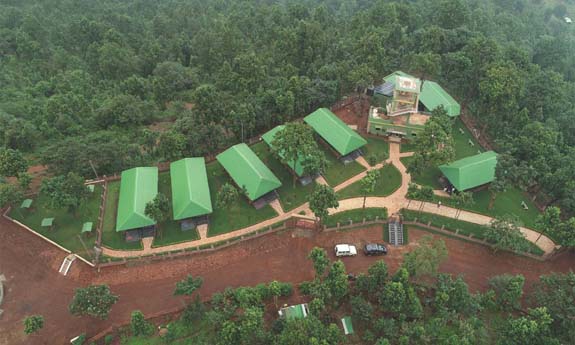
Tensa Nature Camp
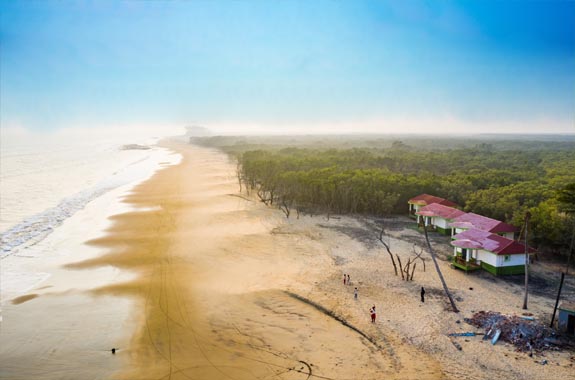
Bhitarkanika Nature Camp
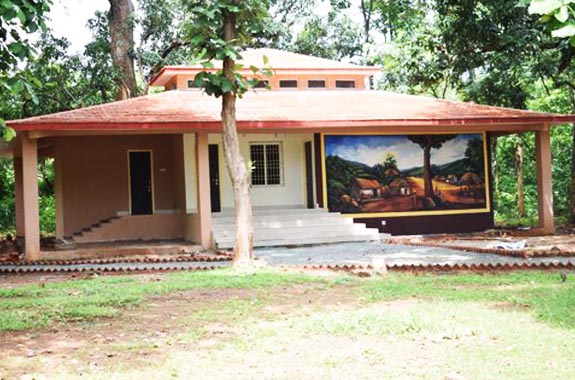
Sanaghagara Nature Camp
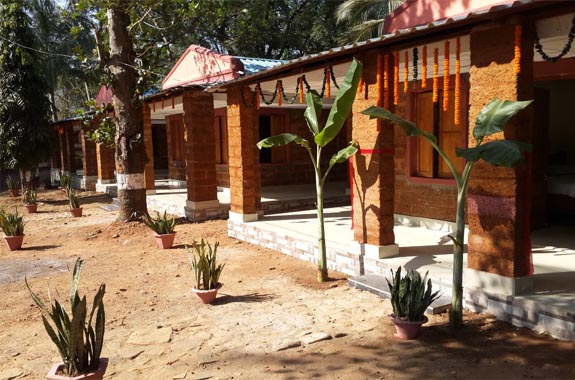
Berbera Nature Camp
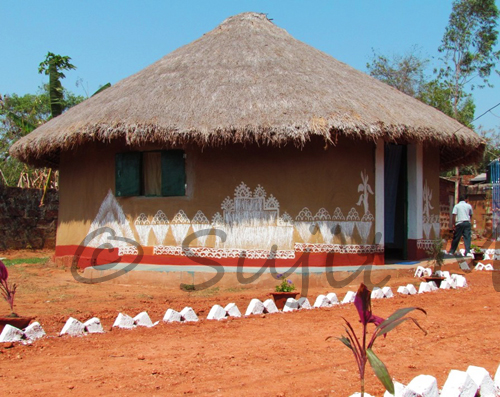
Mud House Stay Odisha
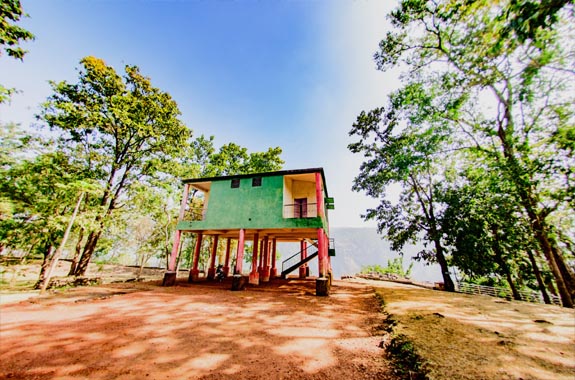
Similipal-Nature-Camp

Pet-Friendly-Odisha-Tours-Hotels
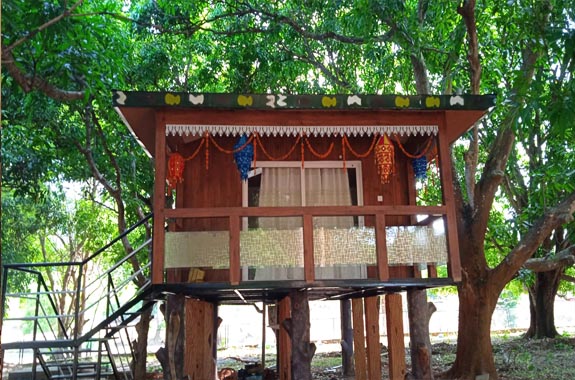
Tree-House-Stay-Odisha-Forest
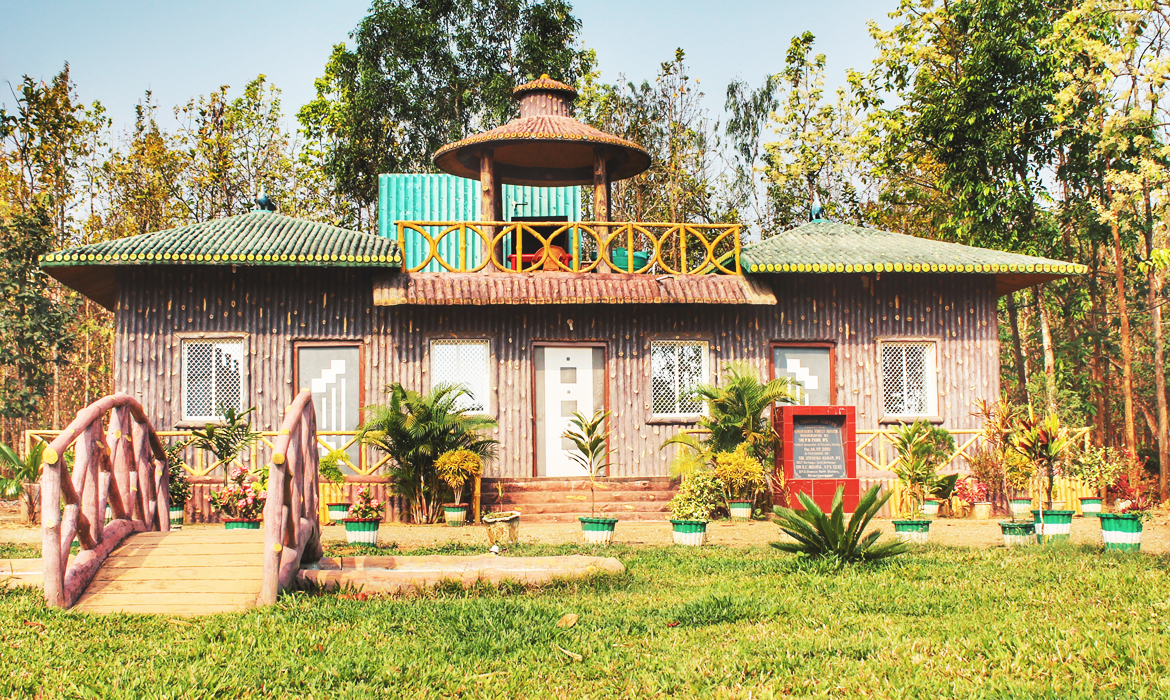
Blackbuck-Nature-Camp-Odisha
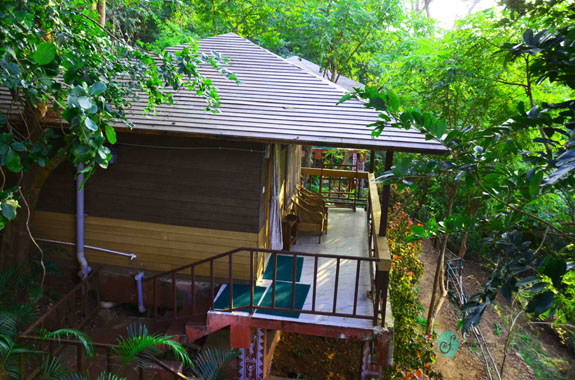
Badmul Nature Camp
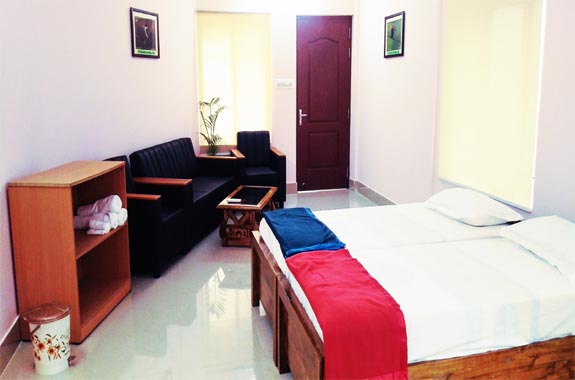
Bichitrapur-Nature-Camp
Snake rescue tour odisha.
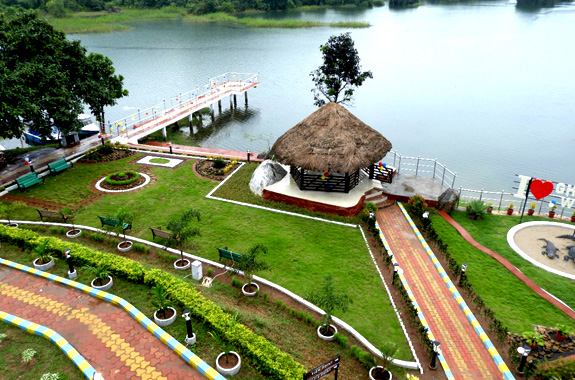
Ghodahada Nature Camp
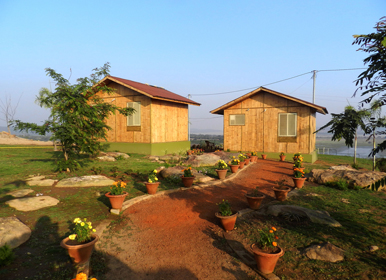
Ansupa Nature Camp
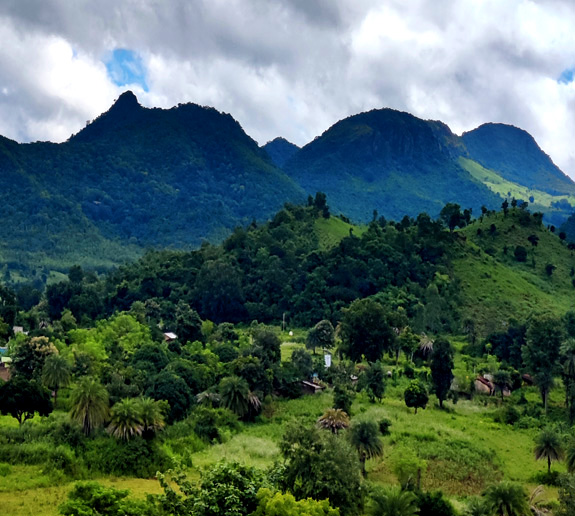
Kalahandi Nature Camp Eco Tourism
Kotia nature camp koraput, jakam nature camp kalahandi, nawana natue camp shimilipal, silviculture garden nature camp phulbani, khadakhai dam nature camp, mahendragiri nature camp, khanjipani nature camp.
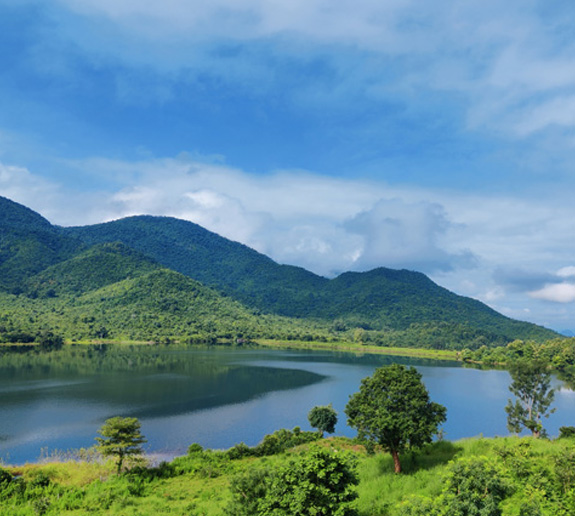
Rabandhara Nature Camp
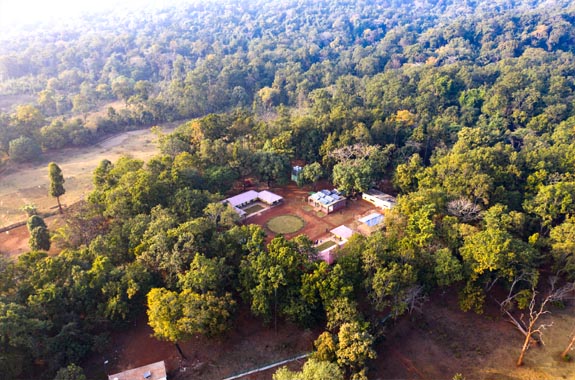
Barehipani-Nature-Camp-Shimilipal
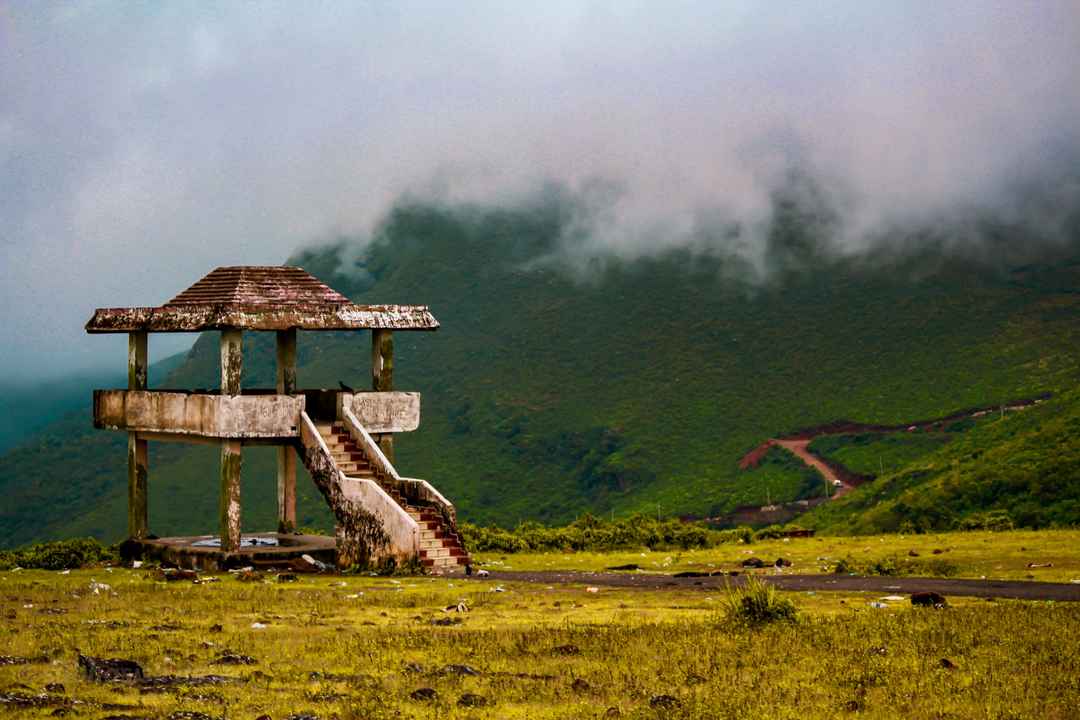
Deomali-Nature-Camping-Koraput
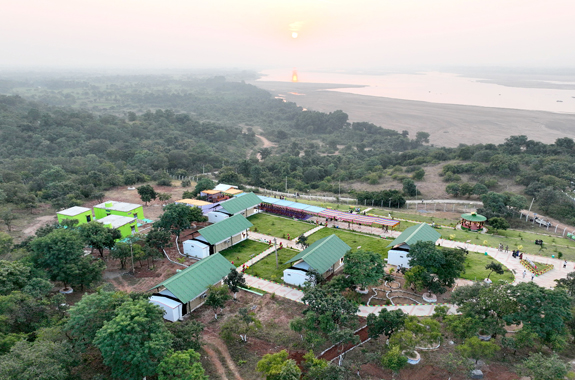
Boudh-Nature-Camp
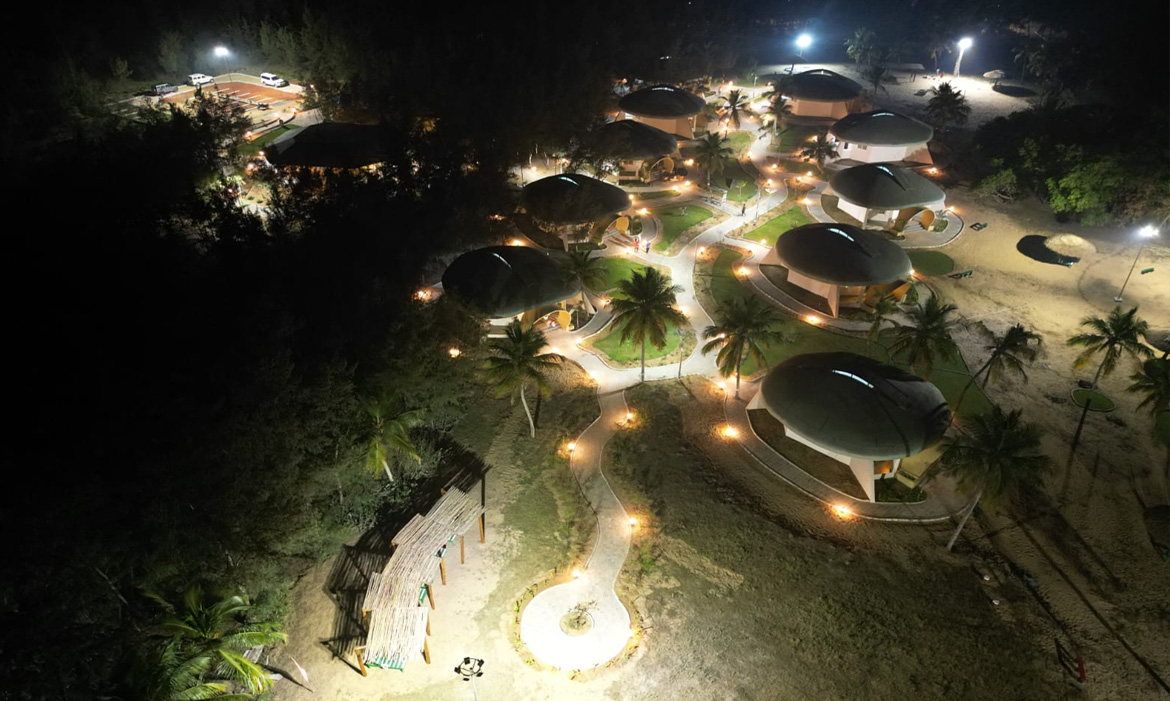
Astaranga Nature Camp

Eco-Retreat-Konark-booking

Eco-Retreat-Bhitarakanika-Booking

Eco-Retreat-Koraput-Booking
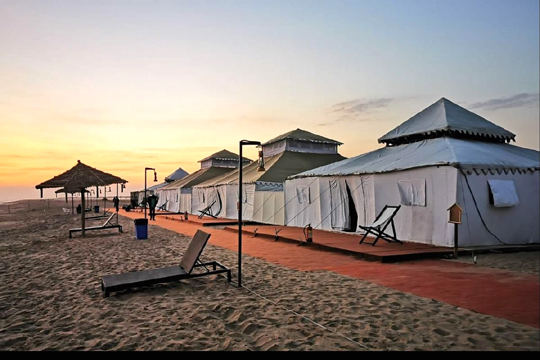
Eco-Retreat-Ganjam-Booking
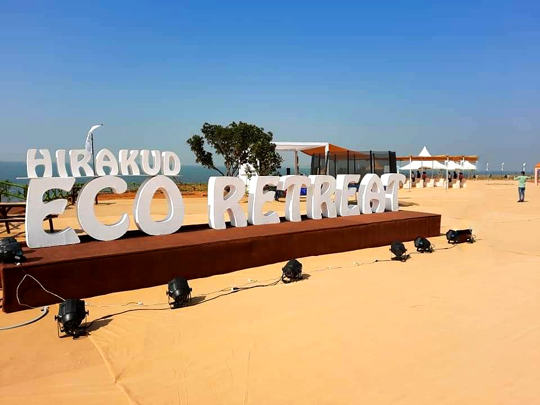
Eco-Retreat-Hirakud-Booking
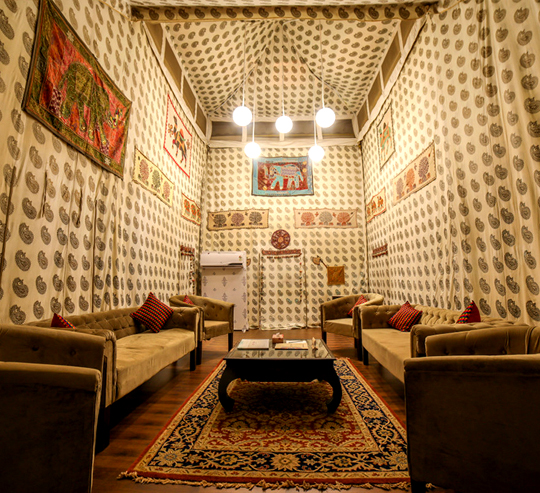
Eco-Retreat-Satkosia-Booking

Eco-Retreat-Daringbadi-Booking
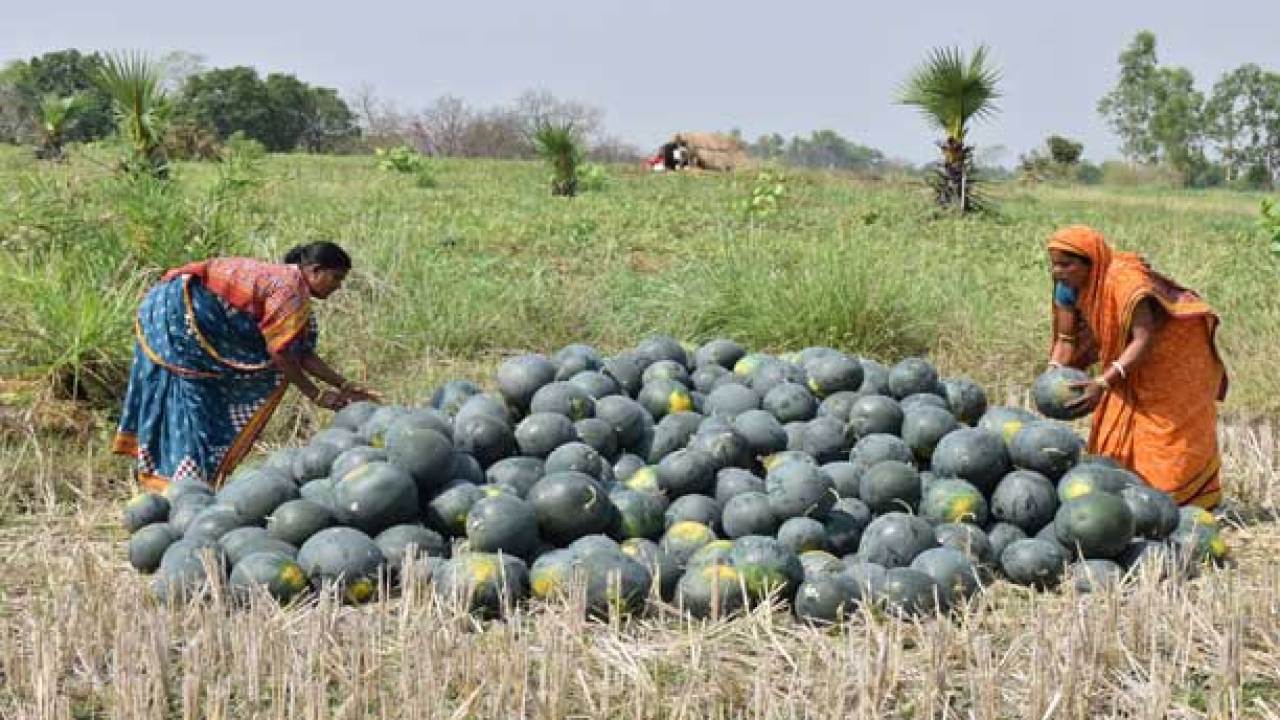
Farm Tourism Odisha
Best Jungle Resorts in India
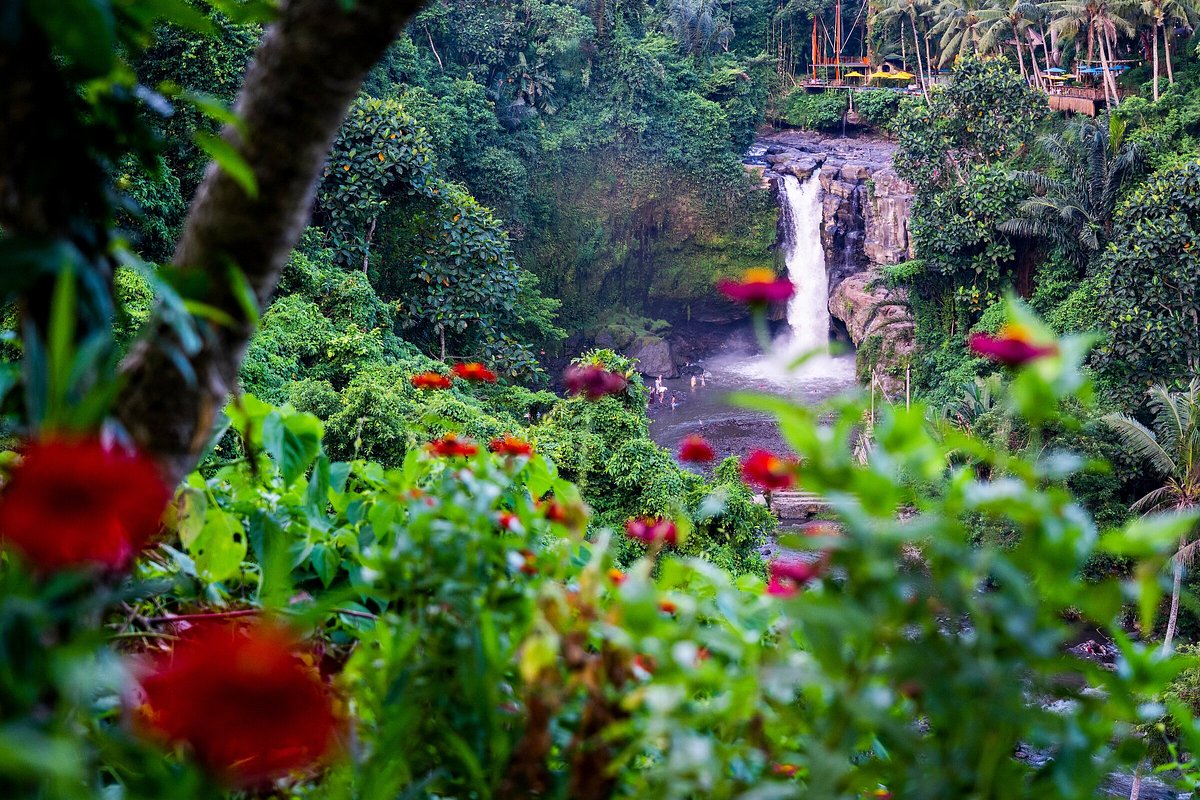
Jungle Resorts in India
Property types, distance from, traveller rating, hotel class.
- Best Value Properties ranked using exclusive Tripadvisor data, including traveller ratings, confirmed availability from our partners, prices, booking popularity and location, as well as personal user preferences and recently viewed hotels.
- Traveller Ranked Highest rated hotels on Tripadvisor, based on traveller reviews.
- Distance to city centre See properties located closest to the centre first with confirmed availability for your dates from our partners

1. Heritage Village Resort & Spa Goa

2. Club Mahindra Madikeri, Coorg

3. Radisson Blu Palace Resort & Spa, Udaipur

4. Novotel Goa Dona Sylvia Resort

5. Barefoot at Havelock

6. Jim's Jungle Retreat

7. Spice Village, CGH Earth

8. Oxygen Resorts

9. Resort Borgos

10. The Oberoi Vanyavilas Wildlife Resort
11. amritara shalimar spice garden resort & spa, 12. voco jim corbett, 13. sunray village resort, 14. svasara jungle lodge at tadoba, 15. the jungle resort amba, 16. ramsukh resorts and spa, 17. corbett tusker trail, 18. club mahindra thekkady, 19. treehouse pugmark - a wildlife resort, 20. mogli jungle resort, 21. tuli tiger corridor- pench, 22. wood castle spa & resort, 23. tarika resort & spa, chail, 24. hotel sanctuary resort, 25. swan yoga retreat, 26. kyari corbett resort, 27. asteya kanha, 28. trishul orchard resort, 29. junglemantra, 30. infinity resorts corbett, jungle resorts nearby destinations.
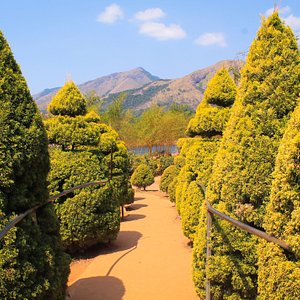
Popular destinations for Jungle Resorts

Popular India Categories

Jungle Resorts information

- WEB STORIES New
- ENTERTAINMENT
- CAREER & CAMPUS
- INFOGRAPHICS
- ISL 2023-24

- Manorama Online
- Manorama News TV
- ManoramaMAX
- Radio Mango
- Subscription

Black tiger safari in Odisha: What's special about it?
Ever heard of 'melanistic tigers' or black tigers? They are the kind of tigers that have thick, black closely placed stripes covering their brown skin. A rare variant of the Royal Bengal tiger, they have such stripes because of a condition called melanism that results in dark pigmentation in animals. According to officials, there are just about 10 black tigers in India and they are all found exclusively in one place – Simlipal tiger reserve in Odisha's Mayurbhanj! Interestingly, more than 60% of the reserve's tigers are black. They were discovered in 2007.
A few days ago, Odisha Chief Minister Naveen Patnaik announced that the state would set up a melanistic tiger safari, a first of its kind in the world. "Tourists and visitors can now have a glimpse of the rare and majestic species found only in Odisha," he said on his page in X. "The safari will be established near Baripada over a 200-hectare area, adjoining the National Highway 18.
About 100 hectares will be display area and the balance area shall be utilized for the creation of veterinary care facilities, including rescue center, staff infrastructure, and visitor amenities," said the state's Principal Chief Conservator of Forests Susanta Nanda. The proposed site is about 15 km from the Similipal Tiger Reserve, and has a similar landscape, he said. "Surplus tigers from Nandankanan Zoo and rescued/orphaned tigers who are not fit for wild but fit for display shall be housed in the safari in an open enclosure," he added.
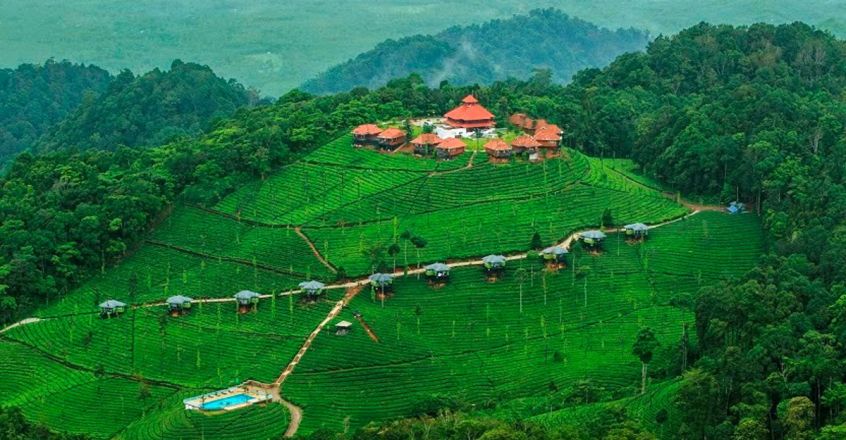
Experience nature's bounty at this luxurious resort in the Nilgiris
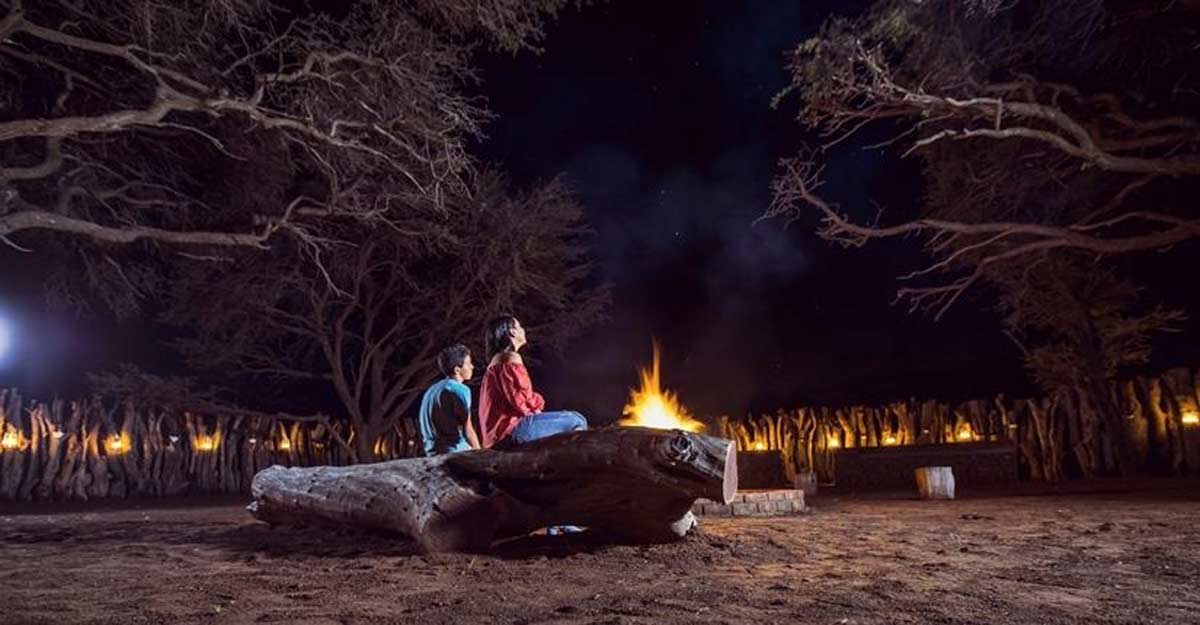
Three South Africa inspired activities to bond over in 2021
Sightings in 1975 as well As per reports, forest officials of the state who were accompanying tourists had reported sighting two black tigers in the Matughar meadow in Simlipal, in the winter of 1975. Even in 1991, a family of melanistic tigers were seen in the Barakhamba range in this region. However, the sightings didn't lead to an announcement due to lack of proof. As most of these tigers aren't completely black, they are also termed 'pseudo-melanistic' by some officials and experts.
- Beyond Kerala
- Jungle Safari

Buckingham Palace tour for public: Here's how to book

What to see in Chikmagalur, the Coffee Cup of India? Details

When is Ironman Goa 2024? Here are the details

Tokyo Toilet Shuttle: A curated tour to enjoy Japan's public toilets

Jantar Mantar: A historical gem that unravels secrets in astronomy

Nathula Pass: Abode of whispering mountains and whistling winds
- West Bengal
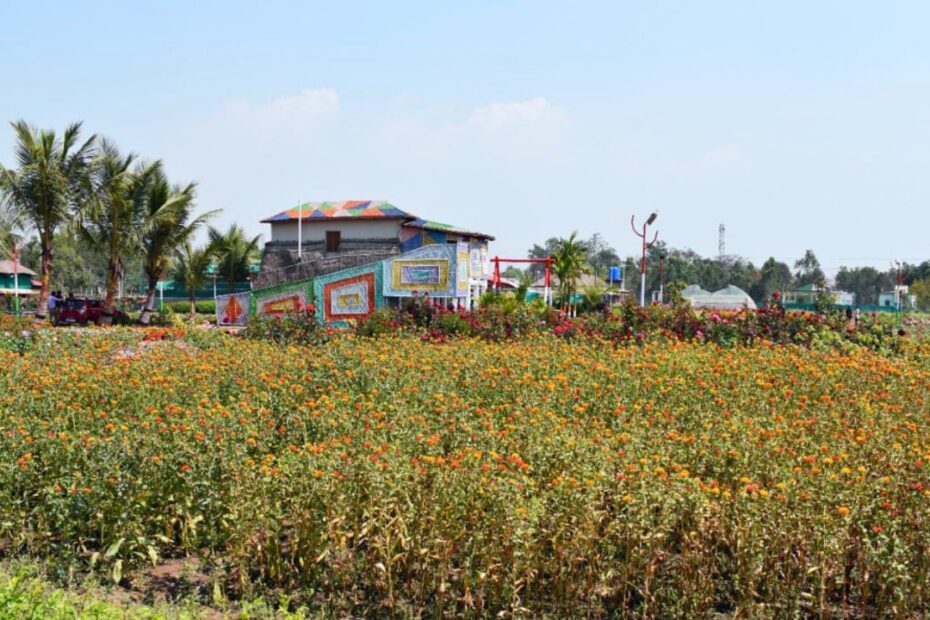
8 Popular Forest Resorts To Visit Near Kolkata, West Bengal
- October 14, 2022
Traveling to the best places to reenergize ourselves rejoices our hearts with ecstasy.
It is worth mentioning that a peaceful and comfy stay makes our journey complete.
ADVERTISEMENT
There are many lovely forests near Kolkata. Not only the green woods will amaze you but they are decked up with cozy and top-class facilities that will make you feel like you are in your home.
In this article, you will get to know about the following jungle resorts near Kolkata,
- Hotel Bangriposi
- Joypur Forest Resort
- Banalata Resort
- Kuldiha Nature Camp
- Lulung Aranya Nivas
- Sundarbans Tiger Camp
- Ram Shyam Village Resort
- Solitary Nook
Let’s see each of these places in detail…
1. Hotel Bangriposi
The eco cabin of Hotel Bangriposi is a wonderful resort away from the urban clutches.
The rest house nestles at the foothills of Thakuranu Hills and has all the basic amenities in addition to the rustic charm.
The rest house, Mayurbhanj, in Odisha will give a homely feel with all its comfy arrangements. Hotel Bangriposi is not luxurious, but the interior charm and village house-like appearance will give a whole different type of experience.
You can easily enjoy the local communities if you stay here.
The caretaker will Provide you with hot water if needed. They also provide you with local homemade food like roti, sabzi, eggs, breakfast, rice, dal, fritter, and chicken.
Some of the amenities you will get at the hotel include,
- Clean toilets
- Fresh sheets
- Warm blankets
- Moon shower on the patio
Outdoor activities
Some of the outdoor activities you can do at Hotel Bangriposi include,
- Tasting local cuisine
- Strolling through the small villages
- Bike riding through the stony paths
- Visiting the nearby temples and waterfalls.
Nearby attractions
Some attractions located near Hotel Bangriposi are,
- Sutakund Waterfall
- Devkunda waterfall
- Maa Ambika Temple
- Khiching Museum
- Bonbibi Temple
- Buribalam River
- Simplipal Tiger Reserve
2. Joypur Forest Resort
In the abode of Joypur forest in Bankura, lies an eco-friendly Joypur Forest Resort.
Far away from mundane life, this resort is a zone of immense satisfaction amidst the green forests.
If you are traveling to Bankura to have some exotic rural vacations, then set for the Joypur Forest and opt for a comfortable stay at Joypur Forest Resort.
Spending memorable nights at Joypur Forest includes feeling the ambiance of the surroundings brimming with freshness and refreshments.
The homely food and historical essence of the journey will make your stay at the resorts quite amazing.
Some of the amenities you will get at the resort include,
- Bamboo AC and Non-AC cottages
- Delicious food
Some of the outdoor activities you can do at Joypur Forest Resort include,
- A lone and leisurely walk through a lush serene green jungle.
- Visiting a self-owned boutique selling terracotta handicrafts, silk saree, and fabric.
Some attractions located near Joypur Forest Resort are,
- Joypur forest
- Gokulchand Temple
3. Banalata Resort
Banalata Resort is another wonderful resort besides Joypur Forest.
The resort is very popular in Bengal and offers a broad spectrum of facilities. You can spend a lovely vacation in the resort.
The location enables the visitors to get glimpses of various faunas like peacocks, Chital deer, ostrich, rabbit, ducks, and many more.
It is a perfect place to enjoy a holiday without any interaction with urban communities.
- Jungle view rooms
- Village atmosphere
- Good quality and delicious food
- Children’s park
- 24 hours room service
- Car parking
Some of the outdoor activities you can do at Banalata Resort include,
- Jungle safari
- Wildlife, and landscape photography.
4. Rissia Nature Camp, Kuldiha
Kuldiha Nature Camp is a wonderful staying option in the district of Balasore in Odisha. The nature camp is bounded by numerous hills, valleys, and other natural treasures.
The peaceful setting amidst the natural aura represents rich biological diversity and geographical significance as well.
Not far away from Kolkata, this is a perfect weekend destination for relaxation.
You can see wildlife here such as the tiger, leopards, hornbills, myna, and various reptiles.
Camping amidst the hill ranges will reward you with lifelong memories as well.
Some of the outdoor activities you can do at Rissia Nature Camp include,
- Hiking along the forest land
- Visiting the Rishia Dam
Nearby places to visit
Some attractions located near Rissia Nature Camp are,
- Tenda Elephant sanctuary
- Lion Sanctuary
- Panchalingeshwar
- Chandipur.
5. Lulung Aranya Nivas
This lovely forest resort is in the Mayurbhanj district of Orissa and is located close to Simplipal.
It has been serving national and international guests since 1999.
The resort is surrounded by wild greenery, a vast expanse of dewy mountain ranges, waterfalls, and gurgling Palpala rivers and streams.
The surreal atmosphere makes it an enthralling getaway from city life. The rustic resort is an ideal escapade to explore the natural beauty of Simplipal.
- Enticing staying options are wooden river cottages.
- Executive Grand, and Meadow Suites.
- The balconies of the cottages offer you a panoramic view of the surrounding.
- multicuisine restaurant with an extended exterior deck.
Some of the outdoor activities you can do at Lulung Aranya Nivas include,
- Bird watching
- Animal photography
- Nature walks
6. Sundarbans Tiger Camp – Wildlife resort
Sundarbans Tiger Camp offers an exhilarating experience of a summer retreat amidst the verdant jungles.
The campsites are beneath the lush green surroundings of mangrove forests. You can view the picture postcard nature from the balcony.
The lagoons, the orange hues of the setting sun, and the exotic varieties of local craftsmanship will provide you with all the delights.
The entire resort is surrounded by a quaint ambiance with beautiful gardens of bamboo and sweet-smelling bright hibiscus.
You can also have a wonderful dining experience at Sundarbans Tiger camp and wildlife resort.
- Beautiful bamboo huts
- Executive cottages, and rooms
- Deluxe mud cottages
- Well-equipped tents
- Best cuisines
- Individual climate control
Some of the outdoor activities you can do at Sundarbans Tiger Camp include,
- Stroll along the massive complex.
- Enjoy authentic dishes.
- Explore the extensive craftsmanship of the local artisans.
Some attractions located near Sundarbans tiger camp are,
- Sundarbans National Park
- Sajnekhali Bird Sanctuary.
7. Ram Shyam Village Resort
Ram Shyam Village Resort in our very own “Land of Tagore”, Birbhum is one of the beautiful resorts near Sonajhuri Forest.
Cradled amidst the red laterite soil or the “land of Lal Mati”, this resort is one of the treasures to relax amidst the alluring nature.
There is a plethora of activities you can perform in the resort.
Some of the outdoor activities you can do at Ram Shyam Village Resort include,
- Strolling along the resorts.
- Visit the Khoai Sonajhuri Forest.
- Visit the nearby Adivasi Tribal Village and Khoia river during evening walks.
- Buy ethnic items and clothes designed by local weavers.
- Taste lip-smacking Malpoa, Pithe, puli, and many more.
- Deluxe rooms
- AC and non-AC rooms
- King-size beds
- Television sets
- In-house restaurants
Some attractions located near Ram Shyam Village Resort are,
- Ballavpur Wildlife sanctuary
- Deer Park Lake
- Prakriti Bhavan Nature Park.
8. Solitary nook
Solitary nook is another amazing resort in the Sundarbans that is packed with all the charms that would captivate tourists.
There are many rare species of insects, animals, and birds around Solitary Nook that are simply a treat to sore eyes.
Not only will you have the eye-catching site of the Royal Bengal Tigers but the untouched nature and wildlife in its natural habitat will remove all your stress.
From the resort, you can overlook the vast expanses of mangrove forests dominating the area as well.
Talking about interiors, the resort has beautiful cottages, guest houses, and dining facilities that are indeed superior.
So, if you are visiting Sundarbans, go for Solitary Nook.
- Luxury cottages with king-size and queen-size beds.
- Pools with a beautiful pond of lotus.
- Dining hall with nature and bamboo cottages.
- Buffet-style Bengali food.
Some of the outdoor activities you can do at Solitary nook include,
- Biking around the village and meeting the local inhibitors.
- Buying packaged and souvenir items at the local market.
- Wildlife watching.
- Relaxing in an eco-friendly and pollution-free atmosphere.
- Enjoying the buffet-style “Carte du jour” prepared by the local chefs.
Some attractions located near Solitary nook are,
- Sunderban National Park
- Sajnekhali Bird Sanctuary
- Old Watch Tower
- Manalee Aranyak park
These are some of the most popular forest resorts near Kolkata.
And now when you will set out for some famous weekend destinations or forests from Kolkata, level up your travel experience with a comfy stay at these jungle resorts at reasonable prices.
Some other articles you might like
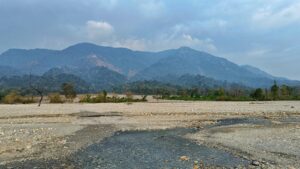
Disclaimer: Some of the links provided in the article may contain affiliate links. This means when you book or buy something using these links, you help support the website at no extra cost.
- Destinations
- Bhitarkanika Nature Camps
- Similipal Nature Camps
- Satkosia Nature Camps
- Satkosia Sands Resort (Badmul)
- Debrigarh Nature Camp (Hirakud)
- Chilika Nature Camps
- Nuanai Nature Camp (Puri)
- Rissia Nature Camp (Kuldiha)
- Bichitrapur Nature Camp
- Daringbadi Nature Camp
- Belghar Nature Camp
- Phulbani Nature Camps
- Chandaka Nature Camps
- Blackbuck Nature Camps(Ganjam)
- Giant Squirrel Nature Camp(Ganjam)
- Sana Ghagara Nature Camp
- Khandadhar Nature Camp
- Mahavinayak Nature Camp
- Olasuni Nature Camp
- Saptasajya Nature Camp
- Sidhamula Nature Camp
- Sarafgarh Nature Camp
- Ansupa Nature Camp
- Berbera Nature Camp
- Satiguda Nature Camp
- Chitrakonda Nature Camp
- Chandipur Nature Camp
- Patora Nature Camp
- Tensa Nature Camp
- Koraput Nature Camp
- Nrusinghnath Nature Camp
- Ghodahada Nature Camp
- Rabandhara Nature Camp
- Dambargarh Nature Camp
- Mangrove Retreat Nature Camp
Day Destination11
- Jaydev Batika
- Jungle Safari
Safari Booking
- CRUISE(BOATING)
- Entry Ticket
- CRUISE(Boating)
- Site Administrators
- Site Managers
- Booking Queries
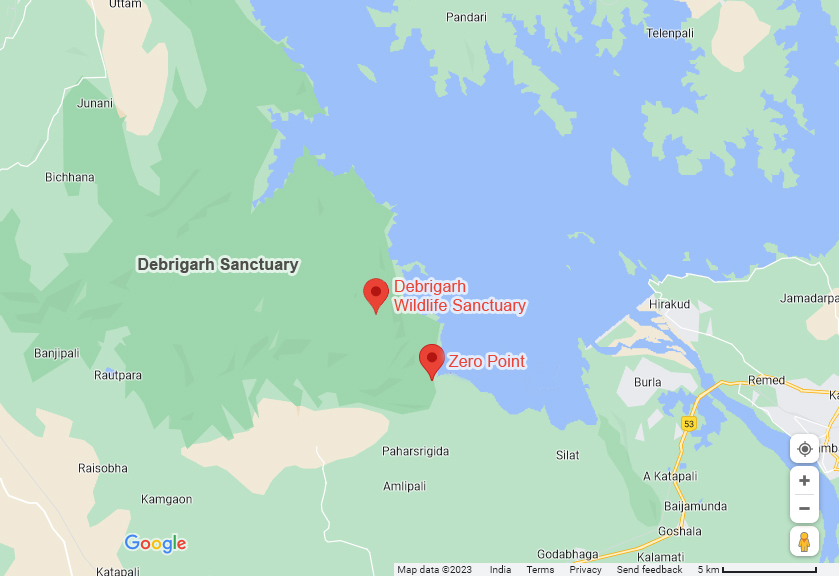
OUR JUNGLE SAFARI VEHICLES FOR DEBRIGARH ON WHEELS – ZEROPOINT TO NRUSINGHANATH TEMPLE(PERIPHERY SANCTUARY SIGHTSEEING)
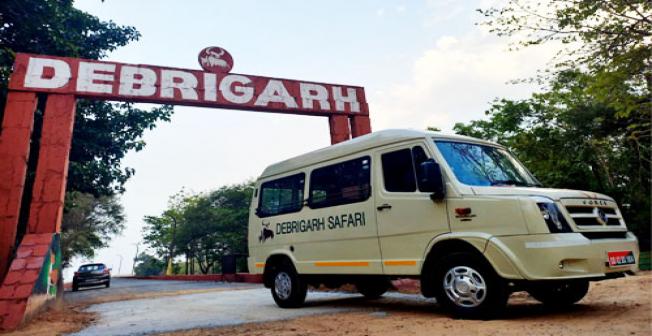
SAFARI TIMINGS
Price Includes GST @5 %
- CHECK AVAILABILITY

Entry Point Debrigarh on Wheels – Zeropoint to Nrusinghanath Temple(Periphery Sanctuary sightseeing) ( Entry Ticket Fee is to be paid separately at the entry gate as per the number of Adult And Child. )
1.Miss Salma Akhtar,Site Manager (Mob-8763373989)
2. Samarendra Nayak (99414125412)
3. Deepak Nanda (2236524144)
2.Piyush Bhoi,Coordinator (Mob-6372907291)
3.Hirakud Ecotourism Cell,D.F.O. (Mob-9438113285)
Ecotour Odisha
- Visitor Information
- Privacy Policy
- Refund & Cancellation
- Department of Tourism,GoO
- Associate With Us
- Terms & Conditions
- Visitors Feedback
- Agent Registration
- Agent Login
- Booking Agents
- Taxi Operators Registration
- Taxi Operators
- Accomodation Cancel
- Safari Cancel
- Boating Cancel
- Ecotourism Cell & City Booking Center O/O Principal Chief Conservator Of Forests & Chief Wildlife Warden, Odisha Prakruti Bhawan, Plot no-1459 Green Park Nursery, Saheed Nagar Bhubaneswar-751007, Odisha
- [email protected]
- +91 (0)674-2549553/2549558
- +91-8249640359/9861806741

- Rooms Rates & Special Offers
- Term & Conditions
- Meeting Room Rates
- Bungalow Nature
- Bungalow Grand
- Villa Hijau
- Things To Do

- Caravan Restaurant
- Meeting Room
- Swimming Pool & Jacuzzi
- Cafe Caravan

- Feeding Rusa
- Explore Taman Safari
- Selfie with Macaw

- Room Rates & Special Offers
- Bungalow 2 Rooms
- Bungalow 3 Rooms

- Submit Post
- Union Budget 2024
- Goods and Services Tax
HC allows set off of ITC received from Construction against GST Payable on Rent
Case law details, safari retreats private limited vs chief commissioner of central goods & service tax (orissa high court).
The case of the petitioners is that the petitioners are mainly carrying on business activity of constructing shopping malls for the purpose of letting out of the same to numerous tenants and lessees. Huge quantities of materials and other inputs in the form of Cement, Sand, Steel, Aluminum, Wires, plywood, paint, Lifts, escalators, Air-Conditioning plant, Chillers, electrical equipments, special facade, DG sets, transformers, building automation systems etc and also services in the form of consultancy service, architectural service, legal and professional service, engineering service and other services including services of special team of international designers in every sphere of construction of Mall are required for the aforesaid construction purpose and therefore the petitioner no.1 Company has to purchase/receive these goods and services for carrying out the said construction. All these goods and services which are purchased/received for such construction are taxable under the CGST Act and OGST Act and as such the petitioner No.1 has to pay very huge amounts of Central Goods and Services Tax (hereinafter to be referred to as `CGST’) and Odisha Goods and Services Tax (hereinafter to be referred to as ‘OGST’) on such purchases.
One of the large shopping mall constructed by the petitioner No.1 Company at Esplanade, 721 Rasulgarh, Bhubaneshwar, Khordha, Odisha has been completed recently and the petitioner No.1 has made necessary arrangement for letting out different units of the said shopping mall to different persons on rental basis. It is an undisputed fact that the activity of letting out the units of the shopping mall attracts CGST and OGST on the amount of rent received by the petitioner No.1 because the activity of letting out the Units in the said Mall amounts to supply of service under the CGST Act/ OGST Act. The petitioner No.1 having accumulated input Credit of GST amounting to Rs 34,40,18,028/-(Rupees thirty four crores forty lacs eighteen thousand twenty eight only) in respect of purchases of inputs in the form of goods and services is desirous of availing of the credit of input tax charged on the purchase/supply of goods and services which are consumed and used in the construction of the said shopping mall in order to utilise the said input credits to discharge and pay the CGST and OGST payable on the rentals received by the petitioner no.1 from the tenants of the said shopping mall and approached the revenue authorities in this regard. However, the petitioner no.1 was advised to deposit the CGST and OGST collected without taking input credit in view of restrictions placed as per Section 17(5)(d) and was warned of penal consequences if it did not do so. The petitioner no.1 has thus to pay very large amounts of CGST and OGST.
the benefit of input tax credit has been denied to the petitioner by applying Section 17(5) (d) of the CGST Act as well as of the OGST Act and the language of the said sub-section in both the Acts is identical. The said Section 17(5) (d) of both the aforesaid Acts inter alia provides that notwithstanding anything contained in sub section (1) of Section 16 of both the aforesaid Act and sub section (1) of Section 18 of both the aforesaid Acts, input tax credit shall not be available in respect of the goods and services or both received by a taxable person for construction of an immovable property (other than plant or machinery) on his own account including when such goods or services or both are used in the course or furtherance of business. The Petitioner has been informed by the authorities under the CGST Act and OGST Act that in view of the aforesaid Section 17(5)(d) of both the aforesaid Acts the petitioner cannot avail of the benefit of credit of tax input paid by the petitioner on the purchases of input materials and services which have been used in the construction of the shopping mall for set off, against the CGST and OGST payable on rent received from the tenants of the shopping mall.
Held by High Court
The very purpose of the Act is to make the uniform provision for levy collection of tax, intra state supply of goods and services both central or State and to prevent multi taxation.
Therefore, the contention which has been raised by the learned counsel for the petitioners keeping in mind the provisions of Section 16 (1)(2) where restriction has been putforward by the legislation for claiming eligibility for input credit has been described in Section 16(1) and the benefit of apportionment is subject to Section 17(1) and (2). While considering the provisions of Section 17(5)(d), the narrow construction of interpretation putforward by the Department is frustrating the very objective of the Act, inasmuch as the petitioner in that case has to pay huge amount without any basis. Further, the petitioner would have paid GST if it disposed of the property after the completion certificate is granted and in case the property is sold prior to completion certificate, he would not be required to pay GST. But here he is retaining the property and is not using for his own purpose but he is letting out the property on which he is, covered under the GST, but still he has to pay huge amount of GST, to which he is not liable.
In that view. of the Matter, in our considered opinion the provision of Section 17(5)(d) is to be read down and the narrow restriction as imposed, reading of the provision by the Department, is not required to be accepted, inasmuch as keeping in mind the language used in (1999) 2 SCC 361 (supra), the very purpose of the credit is to give benefit to the assessee. In that view of the matter, if the assessee is required to pay GST on the rental income arising out of the investment on which he has paid GST, it is required to have the input credit on the GST, which is required to pay under Section 17(5)(d) of the CGST Act.
FULL TEXT OF THE HIGH COURT ORDER / JUDGMENT
By way of this writ petition the petitioners have challenged the action of the opposite parties whereby the opposite parties without considering the provisions – under – Section 17 (5)(d) of the Central Goods and Services Tax Act (in short “the CGST Act”) held that the provisions of the CGST Act is not applicable in the case of construction of immovable property intending for letting out for rent.
2. The case of the petitioners is that the petitioners are mainly carrying on business activity of constructing shopping malls for the purpose of letting out of the same to numerous tenants and lessees. Huge quantities of materials and other inputs in the form of Cement, Sand, Steel, Aluminum, Wires, plywood, paint, Lifts, escalators, Air-Conditioning plant, Chillers, electrical equipments, special facade, DG sets, transformers, building automation systems etc and also services in the form of consultancy service, architectural service, legal and professional service, engineering service and other services including services of special team of international designers in every sphere of construction of Mall are required for the aforesaid construction purpose and therefore the petitioner no.1 Company has to purchase/receive these goods and services for carrying out the said construction. All these goods and services which are purchased/received for such construction are taxable under the CGST Act and OGST Act and as such the petitioner No.1 has to pay very huge amounts of Central Goods and Services Tax (hereinafter to be referred to as `CGST’) and Odisha Goods and Services Tax (hereinafter to be referred to as ‘OGST’) on such purchases.
3. Applicability of CGST Act and OGST Act in the present case are:
a) The CGST Act was implemented with effect from 1st July, 2017 inter alia with the object of avoiding the cascading effect of various indirect taxes and so as to reduce the multiplicity of a number of indirect taxes. The said CGST Act is based on the VAT concept of allowing input tax credit of tax paid on inputs, input services and capital goods which can be utilised for payment of output tax so as to obviate the cascading effect of multistage levies and taxes. GST is levied on supply of goods or services or both, in India w.e.f. 1st July, 2017. Each State Government has passed its own State GST Act to impose GST on the supply of goods or services or both within the State and these State GST Acts are practically copies of CGST Act, as the definitions and other provisions are identical. For the purpose of imposing GST within the State of Odisha, Government of Odisha has passed OGST Act wherein almost all the provisions are virtually identical to that of CGST Act.
b) The business of the petitioner No.1 in the present case inter alia consists of construction of shopping malls and letting them out to different persons on rental basis and collection of rent from them. In view of Section 7 of CGST Act and OGST Act read with paragraph-2 (b) of Schedule II of the aforesaid two Acts, the activity of the petitioner No.1 of letting out of the units of the shopping mall to different persons amounts to “Supply” within the meaning of both the two Acts and as such the petitioner No.1 squarely comes within the definition of `supplier’ as appearing in Section 2 (105) of both the aforesaid two Acts and accordingly the Petitioner is liable to pay CGST and OGST on the said rental amounts received by it.
c) Section 22(1) of CGST Act as well as OGST Act inter alia provide that every supplier shall be liable to be registered under the CGST Act and OGST Act in the State from where he makes a taxable supply of goods or services or both, if his aggregate turnover in a financial year exceeds twenty lakh rupees. Petitioner No.1 duly applied for such registration and a certificate of registration was issued to the petitioner No.1 in Form GST REG-06 under Section 25 of the CGST Act read with Rule 10 of the Central Goods and Service Tax Rules, 2017 and a Goods and Service Tax Identification Number was assigned to the petitioner No.1 which is 21AAGCS2244F1ZU (Annexure-1) to the writ petition. Once the petitioner No.1-Company is registered under Section 22 of the CGST Act, it becomes the “Taxable person” within the definition as contained in Section 2 (107) of the CGST Act and OGST Act.
d) Section 9 of the CGST Act is the charging section which inter alia provides that subject to the provisions of Sub-section (2) of Section 9, there shall be levied a tax called the Central Goods and Service Tax on all intra State supplies of goods or services or both, except on the supply of alcoholic liquor for human consumption, on the value determined under Section 15 of the CGST Act and at such rates, not exceeding twenty percent, as may be notified by the Government on recommendations of the Council and collected in such manner as may be prescribed and shall be paid by the taxable person. Similar provisions in the State Act namely OGST Act have also made under Section 9 of the said Act.
e. In view of the aforesaid discussion, petitioner No.1 being a taxable person is liable to pay CGST as well as OGST in respect of the rent realized by petitioner No.1 from different tenants to which the units of the shopping mall are let out.
f. In order to avoid the cascading effect of various input taxes, Section 16 of the CGST as well as OGST Acts which provides that every registered person shall, subject to such conditions and restrictions as may be prescribed and in the manner specified in Section 49 of the CGST Act as well as Section 49 of the OGST Act, be entitled to take credit of the input tax charged on any supply of goods or services or both made to him, which are used or intended to be used in the course or furtherance of his business and the said amount shall be credited to the electronic credit ledger of such person. Therefore, in tiew of Section 16 of the CGST Act as well as OGST Act, the petitiotter No.1 being a registered dealer is statutorily entitled to avail of the benefit of taking credit of the input tax charged on the supply of goods and various services which are consumed or utilized for the construction of the aforesaid shopping mall and set off the same against, the CGST and OGST payable on the rentals received from the tenants of the said shopping mall as there is no break in the supply chain of petitioner No.1 and the receipt of rentals and the tax payable thereon are the direct and inexorable consequence of the construction of the mall and the payment of GST on the inputs goods taxguru.in and services which have been consumed and utilised for the construction of the shopping mall.
g) However, the benefit of input tax credit has been denied to the petitioner by applying Section 17(5) (d) of the CGST Act as well as of the OGST Act and the language of the said sub-section in both the Acts is identical. The said Section 17(5) (d) of both the aforesaid Acts inter alia provides that notwithstanding anything contained in sub section (1) of Section 16 of both the aforesaid Act and sub section (1) of Section 18 of both the aforesaid Acts, input tax credit shall not be available in respect of the goods and services or both received by a taxable person for construction of an immovable property (other than plant or machinery) on his own account including when such goods or services or both are used in the course or furtherance of business. The Petitioner has been informed by the authorities under the CGST Act and OGST Act that in view of the aforesaid Section 17(5)(d) of both the aforesaid Acts the petitioner cannot avail of the benefit of credit of tax input paid by the petitioner on the purchases of input materials and services which have been used in the construction of the shopping mall for set off, against the CGST and OGST payable on rent received from the tenants of the shopping mall.
h) Section 17 of the CGST Act inter alia reads as under:
17. Apportionment of credit and blocked credits.- (1) Where the goods or services or both are used by the registered person partly for the purpose of any business and partly for other purposes, the amount of credit shall be restricted to so much of the input tax as is attributable to the purposes of his business.
(2) Where the goods or services or both are used by the registered person partly for effecting taxable supplies including zero-rated supplies under this Act or under the Integrated Goods and Services Tax Act and partly for effecting exempt supplies under the said Acts, the amount of credit shall be restricted to so much of the input tax as is attributable to the said taxable supplies including zero-rated supplies.
(3) The value of exempt supply under sub-section (2) shall be such as may be prescribed, and shall include supplies on which the recipient is liable to pay tax on reverse charge basis, transactions in securities, sale of land and, subject to clause (b) of paragraph 5 of Schedule II, sale of building.
[Explanation.-For the purposes of this sub-section, the expression “value of exempt supply” shall not include the value of activities or transactions specified in Schedule III, except those specified in paragraph 5 of the said Schedule.]
(4) A banking company or a financial institution including a non-banking financial company, engaged in supplying services by way of accepting deposits, extending loans or advances shall have the option to either comply with the pl’ovisions of sub-section (2), or avail of, every month, an amount equal to fifty per cent. of the eligible input tax credit on Inputs, capital goods and input services in that month and the rest shall lapse:
Provided that’ the option once exercised shall not be withdrawn during the remaining part of the financial year:
Provided further that the restriction of fifty per cent. shall not apply to the tax paid on supplies made by one registered person to another registered person having the same Permanent Account Number.
(5) Notwithstanding anything contained in sub-section (1) of section 16 and sub-section (1) of section 18, input tax credit shall not be available in respect of the following, namely:-
[(a) motor vehicles for transportation of persons having approved seating capacity of not more than thirteen persons (including the driver), except when they are used for making the following taxable supplies, namely:-
(A) further supply of such motor vehicles; or
(B) transportation of passengers; or
(C) imparting training on driving such motor vehicles;
(aa) vessels and aircraft except when they are used—
(i) for making the following taxable supplies, namely:-
(A) further supply of such vessels or aircraft; or
(C) imparting training on navigating such vessels; or
(D) imparting training on flying such aircraft;
(ii) for transportation of goods;
(ab) services of general insurance, servicing, repair and maintenance in so far as. hey relate to motor vehicles, vessels or aircraft referred to in clause (a) or clause (aa):
Provided that the input tax credit in respect of such services shall be available-
(i) where the motor vehicles, vessels or aircraft referred to in clause (a) or-‘clause (aa) are used for the purposes specified therein;
(ii) where received received by a taxable person engaged-
(I) in the manufacture of such motor vehicles, vessels or aircraft; or
(II) in the supply of general insurance services in respect of such motor vehicles, vessels or aircraft insured by him;
(b) the following supply of goods or services or both-
(i) food and beverages, outdoor catering, beauty treatment, health services, cosmetic and plastic surgery, leasing, renting or hiring of motor vehicles, vessels or aircraft referred to in clause (a) or clause (aa) except when used for the purposes specified therein, life insurance and health insurance:
Provided that the input tax credit in respect of such goods or services or both shall be available where an inward supply of such goods or services or both is used by a registered person for making an outward taxable supply of the same category of goods or services or both or as an element of a taxable composite or mixed supply;
(ii) membership of a club, health and fitness centre; and
(iii) travel benefits extended to employees on vacation such as leave or home travel concession:
Provided that the input tax credit in respect of such goods or services or both shall be available, where it is obligatory for an employer to provide the same to its employees under any law for the time being in force;]
(c) works contract services when supplied for construction of an immovable property (other than plant and machinery) except where it is an input service for further supply of works contract service;
(d) goods or services or both received by a taxable person for construction of an immovable property (other than plant or machinery) on his own account including when such goods or services or both are used in the course or furtherance of business. Explanation.—For the purposes of clauses (c) and (d), the expression “construction” includes re-construction, renovation, additions or alterations or repairs, to the extent of capitalization, to the said immovable property;
(e) goods or services or both on which tax has been paid under section 10;
(f) goods or services or both received by a non-resident taxable person except on goods imported by him;
(g) goods or services or both used for personal consumption;
(h) goods lost, stolen, destroyed, written off or disposed of by way of gift or free samples; and
(i) any tax paid in accordance with the provisions of sections 74, 129 and 130.
(6) The Government may prescribe the manner in which the credit referred to in sub-sections (1) and (2) may be attributed.
Explanation.- For the purposes of this Chapter and Chapter VI, the expression “plant and machinery” means apparatus, equipment, and machinery fixed to earth by foundation or structural support that are used for making outward supply of goods or services or both and includes such foundation and structural supports but excludes-
(i) land, building or any other civil structures;
(ii) telecommunication towers; and
(iii) pipelines laid outside the factory premises.
On a plain reading of Section 17(5)(d), it is clear that what it contemplates and provides for is a situation where inputs are consumed in the construction of an immovable property which is meant and intended to be sold. The sale of immovable property post issuance of completion certificate does not attract any levy of GST. Consequently, in such a situation, there is a break in the tax chain and, therefore, there is full justification for denial of input tax credit as, on the completion of the transaction, no GST would at all be payable and, therefore, no set-off of the input tax credit would be required or warranted or justified. But the position is totally different where the immovable property is constructed for the purpose of letting out the same, because, jn..that,,ev,e.nt, the tax chain is not broken and, on the contrary, the construction of the building will result in a fresh stream of GST revenues to the Exchequer on the rentals generated by the building. The denial of input tax credit in such a situation would be completely arbitrary, unjust and oppressive and would be directly opposed to the basic rationale of GST itself, which is to prevent the cascading effect of multi-stage taxation and the inevitable increase in costs which would have to be borne by the consumer at the end of the day. In the present case also, the effect of denial of input tax credit would be a sharp and inevitable increase in the cost which the owner of the building would be compelled to incur, which would render the building itself uncompetitive as compared to previously existing similar built-up units. Further, the denial of the input tax credit in respect of a building which is meant and intended to be let out would amount to treat it as identical to a building which is meant and intended to be taxguru.in sold. As already pointed out, these two types of transactions cannot possibly be compared or bracketed together, for the purpose of levy of GST, as already explained in detail earlier. The treatment of these two different types of buildings as one for the purpose of GST is itself contrary to the basic principles regarding classification of subject-matter for the levy of tax and, therefore, violative of Article 14 of the Constitution. Such a classification also constitutes the treatment of assessees .like the Petitioner on a totally different footing as compared with other assessees who have a continuous business and an unbroken tax ‘chain likethe’Petitioner arid grant of input tax credit to others while denying it to the Petitioner. Thus, the same is violative of the Petitioners’ fundamental right to equality guaranteed by and under Article 14 of the Constitution, on this distinct and independent ground also. Further, as also pointed out hereinafter, the GST authorities are themselves reading down Section 17(5)(d) and treating it as inapplicable to a builder who sells units in the building before the issuance of a completion certificate and who is required to pay CGST/OGST on the amount of sale price received by him. To grant input tax credit to a builder who sells building where completion certificate has not been issued at the time of sale while denying it to a person like the Petitioner is patently and egregiously arbitrary and discriminatory. Further, such an interpretation of Section 17(5)(d) of both CGST and OGST Act leads to double taxation, i.e., firstly, on the inputs consumed in the construction of the building and secondly, on the rentals generated by the same building. It is also a settled principle of interpretation of tax statutes, that interpretation should be adopted which avoids or obviates double taxation. This principle is also directly applicable to the present case. It would also be violative of the Petitioners’ fundamental right to carry on business under Article 19(1)(g) of the Constitution as it would impose a wholly unwarranted and unreasonable and arbitrary restriction which would render buildings now constructed for letting out uncompetitive, by imposing the burden of double taxation of GST on such buildings, i.e., firstly, on the inputs consumed in the construction and, thereafter, on the rentals generated by the building. It is therefore, submitted that, in accordance with well-settled principles of interpretation of statutes, Section 17(5)(d) requires to be read down in order to save it from the vice of unconstitutionality, by confining the provision to cases where the building in question is constructed for the purpose of sale of the same post issuance of completion certificate, thereby terminating the tax chain, and by not applying Section 17(5)(d) to cases where the building in question is constructed for the purpose of letting out the same and where the tax chain is not broken. It is further submitted that if this interpretation of Section 17(5)(d) is not accepted, then there would be no alternative except to declare that provision as unconstitutional and illegal and null and void.
i) The interpretation of Section 17(5)(d) of both CGST Act and OGST Act which leads to the conclusion that on the facts and circumstances of the present case the petitioner No.1 is not entitled to avail the benefit of taking input tax credit while paying CGST and OGST on rent received from different tenants of the shopping mall, clearly goes against the intention of the Legislature and also frustrates the object sought to be achieved by the Legislature in enacting the said CGST Act and OGST Act. It is an undisputed fact that CGST Act and OGST Act are implemented to obviate the cascading effect of various indirect taxes and to reduce multiplicity of indirect taxes. It cannot be disputed that’ in the business of the petitioner No.1-Company right from the starting point of construction of the shopping mall and upto letting out of different units of the said shopping mall, there is no break in the business activity of the petitioner and it is a continuous business of the petitioner No.1 and the supply of services to the tenants of the shopping mall are a continuous supply of services as defined in Section 2 (33) of the CGST Act and OGST Act. There is also no break or interruption in the tax chain. Therefore, when there is no break in supply of services, which implies the continuation of the business activity of the petitioner No.1 and there is no break in the tax chain and if that is the undisputed clear position then by interpreting Section 17(5) (d) of both CGST Act and OGST Act, the authorities under both the Acts cannot contend that in the middle of the business the petitioner No.1 is not entitled to take credit of input tax, against the CGST and OGST paid on rent received from the tenants of the shopping mall and such an interpretation clearly goes against the intention of the Legislature and also frustrates the object for which the aforesaid Acts were enacted. Such an interpretation will debar those taxable . persons like the petitioner No.1, who carry on a continuous bliSizess without any break but in spite of that they would be treated differently being denied the benefit of taking input tax credit as available to those taxable person under Section 16 of both CGST Act and OGST Act and such classification of taxable persons into two category even though both have continuous business activities and both have an unbroken tax chain is a clear violation of the fundamental rights of the petitioner as guaranteed under Article 14 and 19(1) (g) of the Constitution of India.
j) The classification which the legislature has made in CGST Act and OGST Act by denying input tax credit to one class of taxable persons having a continuous business by placing them under Section 17 (5) (d) of both the aforesaid Act while other taxable persons coming under the aforesaid two Acts are allowed to ‘avail the benefit of input tax credit under Section 16 of both the aforesaid two Acts, has no reasonable basis underlying such classification when both categories of taxable persons are carrying on a continuous business without any break in the tax chain. It is very important to note that when a builder sells units in a building before issuance of a completion certificate, he is required to pay CGST and OGST on the amount of sale price received and at the same time he is also allowed credit and set off of the CGST and OGST paid on the inputs consumed to construct the building and ‘thus the GST authorities themselves recognise and accept the position, that where, in respect of a building under construction, the tax chain is not broken, Section 17(5)(d) is not ‘applicable and input tax credit cannot be denied. Consequently, not to adopt the same interpretation of Section 17(5)(d) in the present case where also there is no break in the tax chain, is highly arbitrary and discriminatory. In the case of the petitioner even the business is a continuous one without a break in the tax chain, yet it has been placed under Section 17(5) (d) of the CGST Act and OGST Act and the benefit of taking input tax credit has been denied and therefore on that ground alone and by itself Section 17(5) (d) of CGST Act and OGST Act requires to be struck down as violative of Article 14 of the Constitution if the said clause (d) of sub-section (5) of Section 17 is not read down as submitted earlier.
k) Schedule II Paragraph 5 (b) inter alia provides that sale of a building to a buyer before issuance of a completion certificate etc. is a supply of service for the purpose of imposing CGST and OGST. Here the legislature used the phrase ‘intended for sale’ whereby the intention of the builder was made the decisive factor by the Legislature. Precisely the same approach should have been adopted in the present case also. Otherwise, it would be highly arbitrary and discriminatory application of the provision. Therefore, two different categories of builders were mentioned one in paragraph 5 (b) of Schedule II and the other is in Section 17 (5) (d) of the CGST Act and OGST Act. But the case of the petitioner No.1 is completely different from the two categories mentioned hereinbefore. The shopping mall which the petitioner No.1 is constructing is neither “intended for sale’ nor “on his own account’ but it is “intended for letting out”. Therefore, by no stretch of imagination, it can be concluded that the shopping mall which is constructed by the petitioner No.1 is ‘intended for sale’ or ‘on his own account’ and as such when the said shopping mall is constructed purely for the purpose of letting out, then such construction of the shopping mall will not come within the mischief of Section 17(5)(d) of CGST Act and OGST Act. On the aforesaid clear position of law, if the GST authorities are trying to bring the petitioner case under section 17(5) (d) of both the aforesaid Acts then several words has to be read into the Section 17(5) (d) of the said two Acts which are not permissible in law and it is a well settled law that in constructing fiscal statute and in determining the liability of a subject to tax, one must have regard to the strict letter of law and no words can be added to a statute or read into it which are not there. Legislature has also imposed another condition in Section 17(5) (d) of both the aforesaid Act which reads as ‘when such goods or services or both are used in the course or furtherance of business’ this condition is applicable only when the immovable property is constructed ‘on his own account’ as appearing in that sections, which means that the taxable person on whose account the said immovable property is constructed. The said condition cannot be applied to any other cases far less when the construction of the immovable property is intended for letting out.
l) If the benefit of taking credit of input tax under Section 16 of the CGST Act and OGST Act is denied to the petitioner No.1 by invoking Section 17(5) (d) of the CGST Act and OGST Act, in that event, the very object of enacting CGST Act and OGST Act for reducing the cascading effect of various indirect taxes and reduction of multiplicity of indirect taxes, will be frustrated even when the business of the petitioner No.1 is a continuous one and there is no break at any point of time. It is a well settled law that the interpretation which defeat the very intention of the legislature should be avoided and that interpretation which advances the legislative intent will have to be accepted.
4. Learned counsel for the petitioners in order to advance his argument regarding the purpose of Section 17 (5)(d) of the Act, has taken the provisions of Sections 16, 17(1), 17(2), 17(5) of the CGST Act which are reproduced below:
“16. Eligibility and conditions for taking input tax credit. – (1) Every registered person shall, subject to such conditions and restrictions as may be prescribed and in the manner specified in section 49, be entitled to take credit of input tax charged on any supply of goods or services or both to him which are used or intended to be used in the course or furtherance of his business and the said amount shall be credited to the electronic credit ledger of such person.
(2) Notwithstanding anything contained in this section, no registered person shall be entitled to the credit of any input tax in respect of any supply of goods or services or both to him unless,—
(a) he is in possession of a tax invoice or debit note issued by a supplier registered under this Act, or such other tax paying documents as may be prescribed;
(b) he has received the goods or services or both.
[Explanation.—For the purposes of this clause, it shall be deemed that the registered person has received the goods or, as the case may be, services—
(i) where the goods are delivered by the supplier to a recipient or any other person on the direction of such registered person, whether acting as an agent or otherwise, before or during movement of goods, either by way of transfer of documents of title to goods or otherwise;
(ii) where the services are provided by the supplier to any person on the direction of and on account of such registered person;)
(c) subject to the provisions of section 41 [or section 43A], the tax charged in respect of such supply has been actually paid . to the Government, either in cash or through utilisation of input tax credit admissible in respect of the said supply; and
(d) he has furnished the return under section 39:
Provided that where the goods against an invoice are received in lots or installments, the registered person shall be entitled to take credit upon receipt of the last lot or instalment:
Provided further that where a recipient fails to pay to the supplier of goods or services or both, other than the supplies on which tax is payable on reverse charge basis, the amount towards the value of supply along with tax payable thereon within a period of one hundred and eighty days from the date of issue of invoice by the supplier, an amount equal to the input tax credit availed by the recipient shall be added to his output tax liability, along with interest thereon, in such manner as may be prescribed:
Provided also that the recipient shall be entitled to avail of the credit of input tax on payment made by him of the amount towards the value of supply of goods or services or both along with tax payable thereon.
(3) Where the registered person has claimed depreciation on the tax component of the cost of capital goods and plant and machinery under the provisions of the Income-tax Act, 1961 (43 of 1961), the input tax credit on the said tax component shall not be allowed.
(4) A registered person shall not be entitled to take input tax credit in respect of any invoice or debit note for supply of goods or services or both after the due date of furnishing of the return under section 39 for the month of September following the end of financial year to which such invoice or invoice relating to such debit note pertains or furnishing of the relevant annual return, whichever is earlier.
This clause provides for eligibility, conditions and time period for taking input tax credit. This clause provides that a registered person is entitled to take credit of input tax charged on any supply of goods or services or both to him which are used or intended to be used in the course or furtherance of his business. (Notes on Clauses).
xxx xxx xxx
(5) Notwithstanding anything contained in sub-section (1) of section 16 and sub-section (1) of section 18, input tax credit shall not be available in respect of the following, nprnely:-
(aa) vessels and aircraft except when they are used-
(ab) services of general insurance, servicing, repair and maintenance in so far as they relate to motor vehicles, vessels or aircraft referred to in clause (a) or clause (aa):
(i) where the motor vehicles, vessels or aircraft referred to in clause (a) or clause (aa) are used for the purposes specified therein;
(ii) where received by a taxable person engaged-
‘Provided that the input tax credit in respect of such goods or services or both shall be available where an inward supply of such goods or services or both is used by a registered person for making an outward taxable supply of the same category of goods or services or both or as an element of a taxable composite or mixed supply;
(ii) membership of a club, health and fitness centre; and
(c) works contract services when supplied for construction of an immovable property (other than plant and machinery) except where it is an input service for further supply of works contract service;
(d) goods or services or both received by a taxable person for construction of an immovable property (other than plant or machinery) on his own account including when such goods or services or both are used in the course or furtherance of business.
Explanation.—For the purposes of clauses (c) and (d), the expression “construction” includes re-construction, renovation, additions or alterations or repairs, to the extent of capitalization, to the said immovable property;
(i) any tax paid in accordance with the provisions of sections 74, 129 and 130.”
5. Learned counsel for the petitioners further contended that for the purpose of letting out he is earning out commercial rent income and he has to pay 18% GST on that. This is a chain transaction pursuant to the construction activity which he has carried out. To support his contention, learned counsel for the petitioners has relied upon the decision of the Hon’ble Supreme Court in the case of Eicher Motors Ltd. v. Union of India, reported in (1999) 2 SCC 361, paragraphs-5 and 6 of which are reproduced below:
“5. Rule 57-F(4-A) was introduced into the Rules pursuant to the Budget for 1995-96 providing for lapsing of credit lying unutilised on 16-3-1995 with a manufacturer of tractors falling under. Heading No. 87.01 or motor vehicles falling under Heading Nos. 87.0,2 and 87.04 or chassis of such tractors or such motor vehicles under Heading No. 87.06. However, credit taken on inputs which were lying in the factory on 16-3-1995 either as parts or contained in finished products lying in stock on 16-3-1995 was allowed. Prior to the 1995-96 Budget, the Central excise/additional duty of customs paid on inputs was allowed as credit for payment of excise duty on the final products, in the manufacture of which such inputs were used. The condition required for the same was that the credit of duty paid on inputs could have been used for discharge of duty/liability only in respect of those final products in the manufacture of which such inputs were used. Thus it was claimed that there was a nexus between the inputs and the final products. In the 1995-96 Budget, the MODVAT Scheme was liberalised/simplified and the credit earned on any input was allowed to be utilised for payment of duty on any final product manufactured within the same factory irrespective of whether such inputs were used in its manufacture or not. The experience showed that credit accrued on inputs is less than the duty liable to be paid on the final products and thus the credit of duty earned on inputs gets fully utilised and some amount has to be paid by the manufacturer by way of cash. Prior to the 1995-96 Budget, the excise duty on inputs used in the manufacture of tractors and commercial vehicles varied from 15% to 25%, whereas the final products attracted excise duty of 10% or 15% only. The value addition was also not of such a magnitude that the excise duty required to be paid on final products could have exceeded the total input credit allowed. Since the excess credit could not have been utilised for payment of the excise duty on any other product, the unutilised credit was getting accumulated. The stand of the assessees is that they have utilised the facility of paying excise duty on the inputs and carried the credit towards excise duty payable on the finished products. For the purpose of utilisation of the credit, all vestitive (sic) facts or necessary incidents thereto have taken place prior to 16-3-1995 or utilisation of the finished products prior to 16-3-1995. Thus the assessees became entitled to take the credit of the ‘input instantaneously once the input is received in the factory on the basis ..of ,.the _existing, Scheme, Now by application of Rule 57- F(4-A), the credit attributable to inputs already used in the manufacture of the final products and the final products which have already been cleared from the factory alone is sought to be lapsed, that is, the amount that is sought to be lapsed relates to the inputs already used in the manufacture of the final products but the final products have already been cleared from the factory before 16-3-1995. Thus the right to the credit has become absolute at any rate when the input is used in the manufacture of the final product. The basic postulate that the Scheme is merely being altered and, therefore, does not have any retrospective or retroactive effect, submitted on behalf of the State, does not appeal to us. As pointed out by us that when on the strength of the Rules available, certain acts have been done by the parties concerned, incidents following thereto must take place in accordance with the Scheme under which the duty had been paid on the manufactured products and if such a situation is sought to be altered, necessarily it follows that the right, which had accrued to a party such as the availability of a scheme, is affected and, in particular, it loses sight of the fact that the provision for facility of credit is as good as tax paid till tax is adjusted on future goods on the basis of the several commitments which would have been made by the assesses concerned. Therefore, the Scheme sought to be introduced cannot be made applicable to the goods which had already come into existence in respect of which the earlier Scheme was applied under which the assessees had availed of the credit facility for payment of taxes. It is on the basis of the earlier Scheme necessarily that the taxes have to be adjusted and payment made complete. Any manner or mode of application of the said Rule would result in affecting the rights of the assesses.
6. We may look at the matter from another angle. If on the inputs, the assessee had already paid the taxes on the basis that when the goods are utilised in the manufacture of further products as inputs thereto then the tax on these gdods gets adjusted which are finished subsequently. Thus a right accrued to the assessee on the date when they paid the tax on the raw materials or the inputs and that right would continue until the facility available thereto gets worked out or until those goods existed. Therefore, it becomes clear that Section 37 of the Act does not enable the authorities .concerned to make a rule which is impugned herein and, therefore, we may have no hesitation to hold that the Rule cannot be applied to the goods manufactured prior to 16-3-1995 on which duty had been paid and credit facility thereto has been availed of for the purpose of manufacture of further goods.”
5.1 He has also relied upon the decision of the Hon’ble Supreme Court in the case of Collector of Central Excise, Pune v. Dai Ichi Karkaria Ltd., reported in (1999) 7 SCC 448, paragraph-18 of which is quoted below:
“18. It is clear from these Rules, as we read them, that a manufacturer obtains credit for the excise duty paid on raw material to be used by him in the production of an excisable product immediately it makes the requisite declaration and obtains an acknowledgement thereof. It is entitled to use the credit at any time thereafter when making payment of excise duty on the excisable product. There is no provision in the Rules which provides for a reversal of the credit by the excise authorities except where it has been illegally or irregularly taken, in which event it stands cancelled or, if utilised, has to be paid for. We are here really concerned with credit that has been validly taken, and its benefit is available to the manufacturer without any limitation in time or otherwise unless the manufacturer itself chooses not to use the raw material in its excisable product. The credit is, therefore, indefeasible. It should also be noted that there is no co-relation of the raw material and the final product; that is to say, it is not as if credit can be taken only on a final product that is manufactured out of the particular raw material to which the credit is related. The credit may be taken against the excise duty on a final product manufactured on the very day that it becomes available.”
6. Taking into consideration, learned counsel for the petitioners has contended that Section 17(5)(d) of the CGST Act is to be read down for the purpose of interpretation in continuation to give benefit to the assessee or to, the person who has paid GST and it has to be interpreted in continuity of the transaction since rent income is arising out of the Malls which are constructed after paying GST on different items. He further contended that the interpretation which he is canvassing has now been supported by the Government Circular dated 8.12.2018 which is reproduced below:
“Ministry of Finance Effective tax rate on complex, building, flat etc. Posted On:08 DEC 2018 5:16PM by PIB Delhi
It is brought to the notice of buyers of constructed property that there is no GST on sale of complex/building and ready to move-in flats where sale takes place after issue of completion certificate by the competent authority. GST is applicable on sale of under construction property or ready to move-in flats where completion certificate has not been issued at the time of sale.
Effective rate of tax and credit available to the builders for payment of tax are summarized in the table, for pre-GST and GST regime.
Passing projects in the affordable segment such as Jawaharlal Nehru National Urban Renewal Mission, Rajiv Awas Yojana, Pradhan Mantri Awas Yojana or any other housing scheme of State Government etc., attract GST of 8%. For such projects, after offsetting input tax credit, the builder or developer in most cases will not be required to pay GST in cash as the builder would have enough ITC in his books of account to pay ‘the output’ CTST.
For projects other than affordable segment, it is expected that the cost of the complex/buildings/flats would not have gone up due to implementation of GST. Builders are also required to pass on the benefits of lower tax burden to the buyers of property by way of reduced prices/installments, where effective tax rate has been down.”
6.1 He contended that in view of this interpretation which is canvassed by the petitioners is supported by for which he has taken Clause 5 (b) of Schedule II of the Central Goods and Services Tax Act which is reproduced below:
“5. Supply of services
The following shall be treated as supply of services, namely:-
(b) construction of a complex, building, civil structure or a part thereof, including a complex or building intended for sale to a buyer, wholly or partly, except where the entire consideration has been received after issuance of completion certificate, where required, by the competent authority or after its first occupation, whichever is earlier.”
7. Learned counsel for the petitioners has also relied upon the decision of the Hon’ble Supreme Court in the case of Spentex Industries Limited v. Commissioner of Central Excise and others, reported in (2016) 1 SCC 780, para 26 of which is reproduced below:
“26. We are also of the opinion that another principle of interpretation of statutes, namely, principle of contemporanea.expositio also becomes applicable which is manifest from the act of the Government in issuing two notifications giving effect to Rule 18. This principle was explained by the Court in Desh Bandhu Gupta and Co. v. Delhi Stock Exchange Association Ltd. (1979) 4 SCC 565 in the following manner: (SCC pp. 572-73, para 9)
“9. It may be stated that it was not disputed before us that these -two documents which came into existence almost simultaneously with the issuance of the notification could be looked at for finding out the true intention of the Government in issuing the notification in question, particularly in regard to the manner in which outstanding transactions were to be closed or liquidated.
The principle of contemporanea expositio (interpreting a statute or any other document by reference to the exposition it has received from contemporary authority) can be invoked though the same will not always be decisive of the question of construction. (Maxwell 12th Edn. p. 268). In Crawford on Statutory Construction (1940 Edn.) in para 219 (at pp. 393-395) it has been stated that administrative construction (i.e. contemporaneous construction placed by administrative or executive officers charged with executing a statute) generally should be clearly wrong before it is overturned; such a construction commonly referred to as practical construction although not controlling, is nevertheless entitled to considerable weight; it is highly persuasive. In Baleshwar Bagarti u. Bhagirathi Dass (1908) ILR 35 Cal 701 the principle, which was reiterated in Mathuramohan Saha v. Rain Kumar Saha, ILR 43 Cal. 790: (AIR 1916 Cal. 136) has been stated by Mookerjea, J. thus: (Baleshwar Bagarti case, ILR p.713)
“…. It is a well-settled principle of interpretation that courts in construing a statute will give much weight to the interpretation put upon it, at the time of its enactment and since, by those whose duty it has been to construe, execute and apply it. I do not suggest for a moment that such interpretation has by any means a controlling effect upon the Courts; …. such interpretation may, if occasion arises have to be disregarded for cogent and persuasive reasons, and in a clear case of error, a Court would without hesitation refuse to follow such construction.”
Of course, even without the aid of these two documents which contain a contemporaneous exposition of the Government’s intention, we have come to the conclusion that on a plain construction of the notification the proviso permitted the closing out or liquidation of all out-kanding transactions by entering into a forward contract in accordance with the rules, bye-laws and regulations of the respondent.”
8. He has also relied upon the decision of the Hon’ble Supreme Court in the case of’Indian Metals and Ferro Alloys Ltd. v. Collector of Central Excise, Bhubaneswar, reported in 1991 Supp (1) SCC 125, paragraphs 14 and 15 of which are reproduced below:
“14. However; even assuming that there could have been some doubt as to the intention of the legislation in this regard, the matter is placed beyond all doubt by the revenue’s own consistent interpretation of the item over the years. It has been pointed out that prior to March 1., 1975, residuary Item 68 was not in the schedule. If the revenue’s contention that these poles are not pipes and tubes is correct then they could not have been brought to duty at all before March 1, 1975. But the fact is that transmission poles have been brought to duty between 1962 to 1975, and that could only have been under Item 26-AA (for there was no residuary item then). This is indeed proved by the fact that this very assessee was thus assessed initially and also by the issue of notifications of exemption from time to time which proceed on the footing that these poles were assessable to duty under Item 26-AA but were entitled to an exemption if certain conditions were fulfilled. Indeed, the assessee also applied for and obtained relief under one of those exemption notification since 1964.
15. It is contended on behalf of the department that this earlier view of the department may be wrong and that it is open to the department to contend now that the poles really do not fall under Item 26-AA. In any event, it was submitted since the poles were exempted from duty under one notification or other, it was not very material prior to March 1, 1975 to specifically clarify whether the poles would fall under Item 26-AA or not. This argument proceeds on a misapprehension. The revenue is not being precluded from putting forward the present contention on grounds of estoppels. The practice of the department in assessing the poles to duty (except in cases where they were exempt as the condition in the exemption notifications were fulfilled) and the issue of notifications from time to time (the first of which was almost contemporaneous with the insertion of Item 26-AA) are being relied upon on the doctrine of contemporaneo expositio to remove any possible ambiguity in the understanding of the language of the relevant statutory instrument: see K.P. Varghese v. TTO, (1981) 4 SCC 173; State of Tami1nadu v. Mahi Traders, (1989) 1 SCC 724; CCE v. Andhra Sugar Ltd., 1989 Supp (1) SCC 144 and Collector of Central Excise v. Pane Exports P. Ltd., (1989) 1 SCC 345. Applying the principle of these decisions, that a contemporaneous exposition by the administrative authorities is a very useful and relevant guide to the interpretation of the expressions used in a statutory instrument, we think the assessee’s contention that its products fall within the purview of Item 26-AA should be upheld.”
9. Learned counsel for the petitioners has also relied upon the decision of the Hon’ble Supreme Court in the case of Shayara Bano v. Union of India and others, reported in (2017) 9 SCC 1. Though he has requested to go through the pages 75 to 84 and pages 91 and 92 of the said judgment but he has relied upon paragraphs 67 and 87, which are reproduced below:
“67. We now come to the development of the doctrine of arbitrariness and its application to State action as a distinct doctrine on which State action may be struck down as being violative of the rule of law contained in Article 14. In a significant passage, Bhagwati, J., in E.P. Royappa v. State of T.N., (1974) 4 SCC 3 stated: (SCC p.38, para 85)
“85. The last two grounds of challenge may be taken up together for consideration. Though we have formulated the third ground of challenge as a distinct and separate ground, it is really in substance and effect merely an aspect of the second ground based on violation of Articles 14 and 16. Article 16 embodies the fundamental guarantee that there shall be equality of opportunity for all citizens in matters relating to employment or appointment to any office under the State. Though enacted as a distinct and independent fundamental right because of its great importance as a principle ensuring equality of opportunity in public employment which is so vital to the building up of the new classless egalitarian society envisaged in the Constitution, Article 16 is only an instance of the application of the concept of equality enshrined in Article 14. In other words, Article 14 is the genus while Article 16 is a species. Article 16 gives effect to the doctrine of equality in all matters relating to public employment. The basic pri i neiple which, therefore, informs both Articles 14 and 16 is equality and inhibition against discrimination. Now, what is the content and reach of this great equalizing principle ? It is a founding faith, to use the words of Bose, J., “a way of life”. and it must not be subjected to a narrow pedantic or lexicographic approach. We cannot countenance any attempt to truncate its all-embracing scope and meaning, for to do so would be to violate is activist magnitUde – . ‘Equality is a dynamic concept with many aspects and dimensions and it cannot be “cribbed, cabined and confined” within traditional and doctrinaire limits. From a positivistic point of view, equality is antithetic to arbitrariness. In fact equality and arbitrariness are sworn enemies; one belongs to the rule of law in a republic while the other, to the whim and caprice of an absolute monarch. Where an act is arbitrary, it is implicit in it that it is unequal both according to political logic and constitutional law and is therefore violative of Article 14, and if it effects any matter relating to public employment. It is also violative of Article 16. Articles 14 and 16 strike at arbitrariness in State action and ensure fairness and equality of treatment. They require that State action must be based on valid relevant principles applicable alike to all similarly situate and it must not be guided by any extraneous or irrelevant considerations because that would be denial of equality. Where the operative reason for State action, as distinguished from motive inducing from the antechamber of the mind, is not legitimate and relevant but is extraneous and outside the area of permissible considerations, it would amount to mala fide exercise of power and that is hit by Articles 14 and 16. Mala fide exercise of power and arbitrariness are different lethal radiations emanating from the same vice: in fact the latter comprehends the former. Both are inhibited by Articles 14 and 16.”
(emphasis supplied)
“87. The thread of reasonableness runs through the entire fundamental rights chapter. What is manifestly arbitrary is obviously unreasonable and being contrary to the rule of law, would violate Article 14. Further, there is an apparent contradiction in the three-Judge Bench decision in McDowell, State of A.P. v. McDowell and Co., (1996)3 SCC 709 when it is said that a constitutional challenge can succeed on the ground that a law is “disproportionate, excessive or unreasonable”, yet such challenge would fail on the very ground of the law being “unrdasonable, unnecessary or unwarranted”. The arbitrariness doctrine when applied to legislation cbyibusly would not involve the latter challenge but woilld only involve a law being disproportionate, excessive or otherwise being manifestly unreasonable. All the aforesaid grounds, therefore, do not seek to differen,iiate between State action in its various forms, all ‘9f.- which are interdicted if they fall foul of the fundamental rights guaranteed to persons and citizens in Part III of the Constitution.”
10. Another judgment learned counsel for the petitioners has sought to rely upon which relates to Income Tax, where accepting the contention of the Department the Hon’ble Supreme Court in the case of Oxford University Press v. Commissioner of Income Tax, reported in (2001) 3 SCC 359 in paragraphs 26, 32, 35 and 36 has observed as under:
“26. On examination of the different provisions in Section 10 dealing with exemption from the tax it would be clear that each one of the said provisions is intended to serve a definite public purpose and is meant to achieve a special object.
32. I am of the view that the expression “existing solely for educational purposes and not for purposes of profit” qualifies a “university or other educational institution”. In a case where a dispute is raised whether the claim of exemption from the tax by the assessee is admissible or not it is necessary for the assessee to establish that it is a part of a university which is engaged solely or at least primarily for educational purposes and not for purposes of profit and the income in respect of which the exemption is claimed is a part of the income of the university. This question assumes importance in a case like the one in hand where the assessee is nothing more than a commercial establishment/business enterprise engaged in the business of printing, publishing and selling of books in this country. The label “University Press” is not sufficient to establish that it is engaged in any educational activity. The purpose of the existence of the ‘assessee in this country, as appears from the material on record, is possibly to earn profit. If the interpretation of the provision in Section 10(22) of the Act as urged on behalf of the assessee is accepted the provision will be exposed to challenge on the ground of being irrational and, therefore, arbitrary. Then the question will arise for what purpose is this exemption from tax extended to the assessee? How is it different from the large number of such establishments engaged in the business of printing, publishing and selling of books.
35. Income of the public exchequer and expenditure from it is a matter of considerable public importance. Citizens of this country, .particularly taxpayers, are entitled to know the rational basis for granting exemption from income tax to an assessee. In extending the exemption to universities which exist solely for educational purposes and not for the purposes of profit, there is a rational basis and valid reason. If establishments/institutions which are engaged solely in commercial activities are included in the expression “university” and are treated on a par for the purpose of granting exemption from the tax then it will amount to treating unequals as equals and, therefore, discriminatory. A provision of exemption from tax in a fiscal statute is to be strictly construed. Interpretation of such a statutory provision which does not stand the test of rationality and will lead to absurd results cannot be accepted.
36. Giving a purposeful interpretation of the provision it will be reasonable to hold that in order to be eligible to claim exemption from tax under Section 10(22) of the Act the assessee has to establish that it is engaged in some educational activity in India and its existence in this country is not for profit only. This interpretation of Section 10(22) neither causes violence to the language of the provision nor does it amount to rewriting the same. On the other hand, it only gives a harmonious construction of the provision which subserves the object and purpose which the provision is intended to serve.”
11. Learned counsel for the petitioners has also relied upon the decision of the Hon’ble Supreme Court in the case of K.P. Varghese v. Income-Tax Officer, Ernakulam and another, reported in Vol.131 (1981) ITR 597, more particularly pages 604 and 605 which read as follows:
“The primary objection against the literal construction of s.52, sub-s.(2), is that it leads to manifestly unreasonable and absurd consequences. It is true that the consequences of a suggested construction cannot alter the meaning of a statutory provision but it can certainly help to fix its meaning It is a well-recognised rule of construction that a- statutory provision must be so construed, if possible, that absurdity and mischief may be avoided. There are many situations where the construction suggested on behalf of the revenue would lead to a wholly unreasonable result which could never have been intended by the Legislature. Take, for example, a case where A agrees to sell his property to B for a certain price and before the sale is completed pursuant to the agreement and it is quite well known that sometimes the completion of the sale may take place even a couple of years after the date of the agreement the market price shoots up with the result that the market price prevailing on the date of the sale exceeds the agreed price, at which the property is sold, by more than 15% of such agreed price. This is not at all an uncommon case in an economy of rising prices and in fact we would find in a large number of cases where the sale is completed more than a year or two after the date of the agreement that the market price prevailing on the date of the sale is very much more than the price at which the property is sold under the agreement. Can it be contended with any degree of fairness and justice that in such cases, where there is clearly no under-statement of consideration in respect of the transfer and the transaction is perfectly honest and bona fide and, in fact, in fulfillment of a contractual obligation, the assessee, who has sold the property, should be liable to pay tax on capital gains which have not accrued or arisen to him? It would indeed be most harsh and inequitable to tax the assessee on income which has neither arisen to him nor is received by him, merely because he has carried out the contractual obligation undertaken by him. It is difficult to conceive of any rational reason why the Legislature should have thought it fit to impose liability to tax on an assessee who is bound by law to carry out his contractual obligation to sell the property at the agreed price and honestly carries out such a contractual obligation. It would indeed be strange if obedience to the law should attract the levy of tax on income which has neither arisen to the asessee nor has been received by him.”
12. Lastly, learned counsel for the petitioners has relied upon the decision of the Hon’ble Supreme Court in the case of Delhi Transport Corporation v. D.T.C. Mazdoor Congress and others, reported in 1991 Supp (1) SCC 600, paragraphs 118 and 122 of which are reproduced below:
“118. Legislation, both statutory and constitutional, is enacted, it is true, from experience of evils. But its general language should not, therefore, necessarily be confined to the form that evil had taken. Time works changes, brings into existence new conditions and purposes and new awareness of limitationS:’Therefore, a principle to be valid must be capable of wider application than the mischief which gave it birth. This is particularly true of the constitutional constructions. Constitutions are not ephemeral enactments designed to meet passing occasions. These are, to use the words of Chief Justice Marshall, “designed to approach immortality as nearly as human institutions can approach it ……….”. In the application of a Constitutional limitation or inhibition, our interpretation cannot be only of ‘what has been’ but of ‘what may be’. See the observations of this Court in Sunil Batra v. Delhi Administration, (1978) 4 SCC 494. Where, therefore, in the interpretation of the provisions of an Act, two constructions are possible, one which leads towards constitutionality of the legislation would be preferred to that which has the effect of destroying it. If we do not read the conferment of the power in the manner we have envisaged before, the power is liable to be struck down as bad. This, we say in spite of the argument by many including learned Solicitor General of India and Smt. Shyamla Pappu that in contractual obligations while institutions or organisations or authorities, who come within the ambit of Article 12 of the Constitution are free to contract on the basis of ‘hire and fire’ and the theory of the concept of unequal bargain and the power conferred subject to constitutional limitations would not be applicable. We are not impressed and not agreeable to accept that proposition at this stage of the evolution of the constitutional philosophy of master and servant framework or if you would like to call it employer or employee relationship. Therefore, these conferments of the powers on the employer must be judged on the constitutional peg and so judged without the limitations indicated aforesaid, the power is liable to be considered as arbitrary and struck down.
122. In the aforesaid view of the matter, I would sustain the constitutionality of this conferment of power by reading that the power must be exercised on reasons relevant for the efficient running of the services or performing of the job by the societies or the bodies. It should be done objectively, the reasons should be recorded, it should record this and the basis that it is not feasible or possible reasonably to hold any enquiry without disclosing the evidence which in the circumstances of the case would be hampering the running of the institution. The reasons should be recorded, it need not be communicated and only for the purpose of the running of the institution, there should be factors which hamper the running of the institution without the termination of the employment of the – employee concerned at that particular time either because he is a surplus, inefficient, disobedient and dangerous.”
13. Mr. T.K. Satapathy, learned counsel for the opposite parties has also relied upon the counter affidavit of opposite party Nos.1, 2, 5 and 7. Paragraphs-4, 9 and 11 of the said counter affidavit are reproduced below:
“4. That as regard paragraphs-1 of the writ application the Petitioner’s contention that the denial of input tax credit is ultra vires of Article 14 and 19 (1) (g) of the constitution of India is unjust and improper. In this regard, it is humbly submitted that in case of the Indian Oil Corporation Ltd v. State of Bihar (TS-347-SC-2017-VAT), while dealing with the issue of set up of VAT against the entry tax the Hon’ble Court held that ‘no assessee’ claim set off as a matter of right and levy of Entry Tax cannot be assailed as unconstitutional only because set off clear that Article 14 of the Constitution can be said to be breached only when there is perversity or gross disparity resulting in clear and hostile discrimination practiced by the legislature, without any rational jurisdiction for the same”. In view of the above, the taxpayer cannot claim credit of Input Tax without any authority of law. Further, restrictions with respect to availment of credit accrued under the existing law being reasonable, are equally applicable to all. As the suitability and requirement of taxpayer varies from person to person, rule/Act can not be changed/amended acoordingly. It is mandatory for the taxpayers to adhere the restrictions prescribed in Act and Rule as such restrictions can not be challenged by the tax payer under the plea of being violative of the Petitioner’s fundamental rights guareented under Articles 14 and 19(1)(g) of the Constitution of India.
9. That as regard paragraph-5 (f) of the writ petition it is humbly submitted that As per Section 16 of the CGST as well as OGST Acts every registered person shall subject to such conditions and restrictions as may be prescribed and in the manner specified in section 49 of the CGST Act as well as Section 49 of the OGST Act, be entitled to take credit of the input tax charged on any supply of goods or services or both made to him, which are used or intended to be used in the course of furtherance of his business and the said amount shall be credited. The Petitioner has stated that as they are registered dealer, they are statutorily entitled to avail of the benefit ,of taking -oredit of the input tax charged on the supply of the goods in various services which are consumed or utilized for the construction of the aforesaid Shopping mall and set off the same against the CGST and OGST payble on the rentals received from the tenants .
In this regard it is to state that as already mentioned in paragraph-7 of the counter affidavit regarding restrictions prescribed for the Registered persons under Section 17(5)(d) of the CGST/OGST Act’2017, to which the Petitioner is also required to strictly adhere to. While interpreting the Section 16 supra the Petitioner is omitting the conditions and restrictions as prescribed for the registrants. Nowhere under CGST/OGST Act, 2017 and Rules framed thereunder it is mentioned that the Registrant shall follow the Act/Rule to the extent of their suitability only. ,
11. That as regard paragraphs-5 (i) of the writ petition it is humbly submitted that the Government has restricted in availment of ITC u/s 17(5)(d) of the CGST Act 2017 . The petiioner has erred in accepting the fact that Input tax credit is not a matter of right which cannot be deprived. This issues have already been decided by the Hon’ble Supreme Court in case of Oil Corporation India Limited v. State of Bihar under the Entry Tax Act.
(i) The Hon’ble Supreme Court, in its judgment in the case of Inidan Oil Corporation Ltd. Vs. State of Bihar [TS-347-SC-2017-VAT] while dealing with the issue of set off of VAT against entry tax, the court held that, “..no assessee can claim set off as a matter of right and levy of Entry Tax cannot be assailed as unconstitutional only because set offf is not given”.
In view of the above, the taxpayer cannot claim credit accumulated due to suppy of inputs (goods as well as services) used by them for construction of their project as a vested right for payment of GST on the output taxable supply of Renting of their said property.
(ii) Powers to restrict flow of credit also exist under Section 16(1) of the CGST Act which empowers the Central Government to impose conditions and restrictions on availing input tax credit. This shows a Legislative intent that input tax credit may not always be allowed partially or fully. Input tax credit provisions do not provide for that all the tax paid on inputs should be available as credit. Some credits have been denied under section17 in the Act itself and to allow flexbility, the Act provides that restrictions can be placed on availabiltiy of credit. In this regard, reliance is also placed on the recent judgment of Hon’ble Delhi Court in the case of Cellular Operators Association of India and Others Vrs. UoI [ 2018-TIOL:-310-11C-DEL-ST] wherein the Hon’ble Court rejected the claim of the taxpayer to allow credit of unutilised education and higher education cess and upheld the power of the Government to restrict utilisation of balance cess.
(iii) In case of Mohit Minerals Pvt Ltd. Vrs. Union of India wherein the petitioner challenged the decision of the Government to disallow the credit of Clean Environment Cess paid on coal that was in stock as on 30th of June, 2017 and payment of Compensation Cess thereon in the GST regime, thus resulting in double taxation. The Hon’ble Supreme – Court held that the petitioner is not entitled for any set off of payments made towards Clean Energy Cess in payment of Compensations to States Cess.
(iv) GST is a new stystem of taxation which provides setting off of input tax credit against the output tax liability along the entire value chain till the final retail level. Under the earlier tax regime, credit of inputs was available for final product in respect of certain taxes/duties only. For eg. Credit of duty of excise could not be utilised against VAT and vice versa. It can be therefore said that GST is applicable only on value addition along the entire supply chain and thus, cascading effect of taxes has been eleminated. Thus, under the GST regime, more input tax credit is available to tax payer along the entire supply chain as compared to the previous tax regime. Further, the transitional provisions under the CGST Act provide adeqauate credit of taxes accumulated under the erstwhile taxation regime to taxpayers in the GST regime.
(v) It may be noted that Section 17(5)(d) of the CGST Act prescribes denial of credit for certain class of taxpayers with certain conditions and limitations. This would mean that legislature has decided in its wisdom the credit of taxes which would be allowed in credit as ITC and the tax that has not been allowed, as policy call of the Government, given effect through legislation, cannot be obtained through judicial review.
(iv) In case of JCB India Ltd Vs. Union of India 2018-TIL-23-HC-Mum-GST, the Hon’ble Court held- “CENVAT credit is a mere concesstion and it can not be claimed as a matter of right- Credit on inputs under the existing law itself is not absolute but restricted or conditional right- if the existing law itself imposes condition for its enjoyment or availment, then, it is not possible to agree with the Counsel that such rights under existing law could have been enjoyed and availed of irrespective of the period or time provided -therein-. The , period or the outer limit is prescribed in the existing law and the Rules of CENVAT credit enacted thereunder- In the circumstances, it is not possible to agree with the Counsel appearing for the Petitioner that imposition of condition vide clause(iv) is arbitrary, unreasonable and violative of Articles 14 and 19(1) (g) of the Constitution of India-if right to availment of CENVAT credit itself is conditional and not restricted or absoulte, then the right to pass on that credit cannot be claimed in absoulte terms-there cannot be estoppel against a statute- transitional arrangements that have been made have clear nexus with the object sought to be achieved cannot be struck – down as having – no such – relation or nexus petitions fail.”-
14. Mr. Satapathy, learned counsel for the opposite parties has relied upon the unreported decision of the Bombay High Court in Writ Petition No.3142 of 2017 (JCB India Limited v. Union of India), paragraphs-6, 28, 56, 57 and 61. of which are reproduced below:
“6. To abolish the cascading effect, the CGST Act provides for the input tax credit eligibility in terms of these transitional provisions. Section 140(1) of the CGST Act inter alia provides that a manufacturer will be entitled to carry forward the closing balance of CENVAT credit, subject to certain conditions. Further, Section 140(3) of the CGST Act inter alia allows a registered trader to avail input tax credit of goods held in stock as on 1-7-2017, subject to certain conditions. It is submitted that upon a plain reading of the provisions and particularly Clause (iv) of sub-section (3) of Section 140, the input tax credit of stock of goods can be availed only when such goods are purchased after 30-6-2016. A trader or a depot of a manufacturer was not entitled to avail credit as the CENVAT suresh 20-21-WPGOJ-3142.2017. doc Credit Rules, 2004 allows credit availment only by a manufacturer or a service provider. However, there were provisions through which an importer could pass on the credit of duty paid by . registration as first stage dealers. By the GST and particularly by virtue of the provisions contained in Section 140(1) and Section 140(3) of the CGST Act, a situation of inequality amongst the manufacturer and the depot/trader as far as the stock on 1-7-2017, occurs and such ineligibility of credit under the GST regime causes discrimination between the petitioner and other manufacturers. It is put to a disadvantageous position as far as the closing stock on 1-7-2017 in respect of goods ..lying.in stock prior.to 30-6-.2016.
28. Prior thereto, in support of the argument that Article 14 is salutary in its application, it is urged that the Judgments in the compilation would throw light on these propositions canvassed. Our attention was specifically invited to a Judgment in the case of Eicher Motors Ltd. v. Union of India, reported in 1999 (106) E.L.T. 3 (SC). That is on the point that rights accrued during the existing law are specifically saved under Section 174 of the CGST Act, 2017, which would include the right to pass on the CENVAT credit and such an accrued right cannot, therefore, be taken away and in the manner done. On the point of promissory estoppel, our attention has been invited to several Judgments in the compilation and particularly the principle emerging from the Judgment in Motilal Padampat suresh 20-21-WPG0J-3142 .2017. doc Sugar Mills Co. Ltd. v. State of Uttar Pradesh & Others, reported in (1979) 2 SCC 409.
56. To our mind, therefore, the learned Additional Solicitor General is right in his contention that a CENVAT credit is a mere concession and it cannot be claimed as a matter of right. If the CENVAT Credit Rules under the existing legislation themselves stipulate and provide for conditions for availment of that credit, then, that credit on inputs under the existing law itself is not a absolute but a restricted or conditional right. It is subject to fulfilment or satisfaction of certain requirements and conditions that the right can be availed of. It is in these circumstances that we are unable to agree with the Counsel appearing for the petitioners that the impugned condition defeats any accrued or vested right. It was never vesting in them in such absolute terms, as is argued before us. If the existing law suresh 20-21-WPGOJ-3142.2017.doc itself imposes condition for its enjoyment or availment, then, it is not possible to agree with the Counsel that such rights under the existing law could have been enjoyed and availed of irrespective of the period or time provided therein. The period or the outer limit is prescribed in the existing law and the Rules of CENVAT credit enacted thereunder. In the circumstances, it is not possible to agree with the Counsel appearing for the petitioners that imposition of the condition vide Clause (iv) is arbitrary, unreasonable and violative of Articles 14 and 19(1)(g) of the Constitution of India.
57. We would refer to the Judgments which are heavily relied ,upon in this context. It is stated that the rights and privileges accrued during the existing law have been specifically saved under Section 174 of the CGST Act, 2017 If what are saved are the rights and privileges of the nature noted above, then it cannot be said de hors the conditions or de hors the restriction on availment or enjoyment of that right they have been saved by the CGST Act. In other words, if rights are conferred with conditions under the existing law, then, they are suresh 20-21-WPGOJ-3142.2017.doc saved by the CGST Act with such conditions and not otherwise. There must be clear provision to grant it otherwise than in terms of the existing Law or in other words, the restrictions or co – nditions on availment of that right are removed totally. No such provision has been brought to our notice. It is clear that if right to availment of CENVAT credit itself is conditional and not restricted or absolute, then, the right to pass on that credit cannot be claimed in absolute terms. It is argued that it is a vested right accruing to the petitioner.
61. We are not confronted with a situation of the lapsing of the credit though the petitioners may equate the position before us with that of Eicher Motors. We are dealing with the validity and legality of a condition imposed in the transitional arrangement. While moving from one legislation to another comprehensive legislation, in the latter legislation the Legislature deemed it fit arid proper to continue the earlier or erstwhile arrangement by terming it as a transition or suresh 20-21-WPG0J-3142.2017.doc transitional one. That continuation was with conditions and one of the conditions which is questioned here is consistent with the conditions imposed under the existing law. Such a situation was not dealt with in Elcher Motors. Thus, the decision is clearly distinguishable.”
15. Mr. Satapathy has also relied upon the decision of the Delhi High Court in. IrritPetition (Civil) No.7837/2016 (Cellular Operators Association – of India and others v. Union of India and another) decided on 15th February, 2018, paragraphs-5 and 16 of which are reproduced below:
“5. The grievance of the petitioners is, and they claim a vested right to avail benefit .of..the unutilized amount of EC or SHE credit, which was available and had not been set off as on 1st March, 2015 and 1st June, 2015 for payment of tax on excisable goods and taxable services respectively. The contention is that EC and SHE were subsumed in the Central Excise Duty, the general rate of which was increased from 12% to 12.5%, and service tax, which was increased from 12.36% to 14%. Reliance is placed upon the Budget Speech of the Finance Minister and the memorandum explaining provisions of Finance Bill, 2015, which reads:-
11.8. As part of the movement towards GST, I propose to subsume the Education Cess and the Secondary and Higher Education Cess in Central Excise duty. In effect, the general rate of Central Excise Duty of 12.36% including the cesses is being rounded off to 12.5%
121 It is proposed to increase the present rate of Service Tax plus education cesses from 12.36% to a consolidated rate of 14%A Education Cess and Secondary & Higher Education Cess leviable on excisable goods are being subsumed in Basic Excise duty. Consequently, … The standard ad valorem rate of Basic Excise Duty is being increased from 12% to 12.5% and specific rates of Basic Excise Duty on petrol, diesel, cement, cigarettes & other tobacco products (other than bilis) are being suitably changed….
the Service Tax rate is being increased from 12% plus Education Cesses to 14%. The Education Cess’ and Secondary and Higher Education Cess’ shall be subsumed in the revised rate of Service Tax. Thus, effective increase in Service Tax rate will be from existing rate of 12.36% (inclusive of cesses) to 14%. The new Service Tax rate shall come into effect from a date to be notified by the Central Government after the enactment of the Finance Bill, 2015. Till the time the revised rate comes into effect, the levy of Education cess’ and Secondary and Higher Education cess’ shall continue to be levied in Service TaxII.
Reference is also made to the Explanation given by the Joint Secretary, Tax Research Unit, Ministry of Finance, Government of India, vide letter F.No.334/5/2015-TRU dated 28th February, 2015, which reads:-
The rate of Service Tax is being increased from 12% plus Education Cesses to 14%. The Education Cess’ and _ Secondary and Higher Education Cess’ shall be subsumed in the revised rate of Service Tax.
Thus, the effective increase in Service Tax rate will be from the existing increase in Service Tax rate will be from the existing rate of 12.36% (inclusive of cesses) to 14%, subsuming the cessesll The contention is that EC and SHE, which were earlier imposed and then withdrawn from 1st March, 2015 and 1st June 2015 for excisable goods and taxable services respectively, had been subsumed and included in the excise duty and service tax, and therefore, the amount lying in the credit towards EC and SHE should be available for availing CENVAT credit. This was not a case of abolition of EC and SHE, but the cesses were added and became part of the excise duty or service tax. Reliance is placed on the dictionary definition of the term —subsumedll, which means to include, absorb in something else or incorporated into something larger or more general. Therefore under law, unutilised EC and SHE should be allowed to be utilised for payment of basic excise duty in excisable goods and service tax on taxable service, for otherwise the action would be clearly arbitrary, capricious and tantamount to lapsing of credit accrued on the input, though higher excise duty or service tax was payable on the output. The petitioners, it is asserted, have a vested right to claim benefit of utilization of the unutilized credit. Reliance is placed upon the judgment of the Supreme Court in Eicher Motors Limited and Another versus Union of India and Others, (1999) 2 SCC 361 and Samtel India Limited versus Commissioner of Central Excise, Jaipur, (2003) 11 SCC 324.
16. The decision in the case of Eicher Motors Limited and Another (supra) is distinguishable, for in the said case, what was subject matter of challenge was Rule 57-F(4-A), which’ had stipulated that unutilized credit as on 16th March, 1995 lying with the manufacturers of tractors under Heading 87.01 or motor vehicles 87.02 and 87.04 ‘or chassis of tractors or motor vehicles under Heading 87.06 shall lapA and shall not be allowed to be utilized for payment of duty on excisable goods. The proviso, however, had stipulated that nothing shall apply to the credit of duty, if any, in respect of inputs lying in stock or contained in finished products lying in stock as on 16th March, 1995, thereby creating an anomalous situation. Credit of tax paid on inputs and even finished products was available, but not in respect of the sold products. This was clearly taking away a vested right in the form of an amendment to the Rule. There was lapse of credit, which could not be utilized, though the tax/duty had not been withdrawn. The Supreme Court noticed that the credit attributable to inputs had already been used in manufacture of final products that had been cleared, and this alone was sought to be lapsed, notwithstanding the fact that the right had become absolute. On a holistic reading of the entire scheme, it was observed that when acts have been done by the parties concerned on the strength of the Rules, incidence following thereto must take place – in accordance with the scheme or the Rules, otherwise it would affect the rights of the assessees. Further, right had accrued on the date when the assessee had paid tax on the raw materials or inputs and the same would continue till the facility available thereto got worked out or until the goods existed. As noticed above, tax/duty had not been withdrawn. Lastly and more importantly, Section 37 of the Central Excise Tariff Act, 1985 did not enable the authorities to make the Rule impugned therein. The legal ratio in Eicher Motors Limited and Another (supra) was followed in Samtel India Limited (supra) wherein amended Rule 57-F(17) of the Central Excise Rules, 1944 was challenged. The Rules had postulated lapsing of credit in case of manufactured goods falling under sub-heading 8540.12, though the proviso had provided for credit of duty in respect of inputs lying in stock or contained in finished goods lying in stocks. It was held that the said scheme of credit of input tax, in view of amended provision, could not be made applicable to goods which had already come into existence and under which the assessee had claimed credit facility. As noticed above, in the present case, credit of EC and SHE could be only allowed against EC and SHE and could not be cross- utilized against the excise duty or service tax. In fact, what the petitioners seek is an amendment of the scheme to allow them to take , .Ckwutilization of the unutilized EC and SHE upon the’two cesses being withdrawn against excise duty and service tax, thciugh this was not the position even earlier. Both EC and SHE were withdrawn and abolished. They ceased to be payable. In these circumstances, it is not possible to accept the contention that a vested right or claim existed and legal issue is covered against the respondents by the decision in Eicher Motors Limited and Another (supra) and Samtel India Limited (supra). The said decisions are distinguishable and inapplicable.”
16. Mr. Satapathy, has also relied upon the decision of the Hon’ble Supr’ena Court in,,the ,case ofGovernment of Andhra Pradesh, and others v. P. Laxmi Devi, reported in (2008) 4 SCC 720, paragraphs-72, 73 and 80 of which are reproduced below:
“72. As regards fiscal or tax measures greater latitude is given to such statutes than to other statutes. Thus in the Constitution Bench decision Of this Court in R.K. Garg v. Union of India [(1981) 4 SCC 675 : 1982 SCC (Tax) 30] this Court observed: (SCC pp. 690-91, para 8)
“8. Another rule of equal importance is that laws relating to economic activities should be viewed with greater latitude than laws touching civil rights such as freedom of speech, religion, etc. It has been said by no less a person than Holmes, J. that the legislature should be allowed some play in the joints, because it has to deal with complex problems which do not admit of solution through any doctrinaire or straitjacket formula and this is particularly true in case of legislation dealing with economic matters, where, having regard to the nature of the problems required to be dealt with, greater play in the joints has to be allowed to the legislature. The court should feel more inclined to give judicial deference to legislative judgment in the field of economic regulation than in other areas where fundamental human rights are involved. Nowhere has this admonition been more felicitously expressed than in Morey v. Doud [1 L Ed 2d 1485 : 354 US 457 (1957)] where Frankfurter, J. said in his inimitable style:
‘In the utilities, tax and economic regulation cases, there are good reasons for judicial self-restraint if not judicial deference to legislative judgment. The legislature after all has the affirmative responsibility. The courts have only the power to destroy, not to reconstruct. When these are added to the complexity of ‘ankaic regulation, the uncertainty, the liability to error, the bewildering conflict of the experts, and the numbed – or times the judges have been overruled by .ev,ehtsiself-lithitation can be seen to be the path to judicial wisdoi and institutional prestige and stability.’
The court must always remember that ‘legislation is directed, to practical problems, that the economic mechanism is highly sensitive and complex, that many problems are singular and contingent, that laws are not abstract Propositions and do not relate to abstract units and are not to be measured by abstract symmetry’; ‘that exact wisdom and nice adaptation of remedy are not always possible’ and that judgment is largely a prophecy based on meagre and uninterpreted experience’. Every legislation particularly in economic matters is essentially empiric and it is based on experimentation or what one may call trial and error method and therefore it cannot provide for all possible situations or anticipate all possible abuses. There may be crudities and inequities in complicated experimental economic legislation but on that account alone it cannot be struck down as invalid. The courts cannot, as pointed out by the United States Supreme Court in Secy. of Agriculture v. Central Roig Refining Co. [94 L Ed 381 : 338 US 604 (1949)] , be converted into tribunals for relief from such crudities and inequities. There may even be possibilities of abuse, but that too cannot of itself be a ground for invalidating the legislation, because it is not possible for any legislature to anticipate as if by some divine prescience, distortions and abuses of its legislation which’ may be made by those subject to its provisions and to provide against such distortions and abuses. Indeed, howsoever great may be the care bestowed on its framing, it is difficult to conceive of a legislation which is not capable of being abused by perverted human ingenuity. The court must therefore adjudge the constitutionality of such legislation by the generality of its provisions and not by its crudities or inequities or by the possibilities of abuse of any of its provisions. If any crudities, inequities or possibilities of abuse come to light, the legislature can always step in and enact suitable amendatory legislation. That is the essence of pragmatic approach which must guide and inspire the legislature in dealing with complex economic issues.”
73. All decisions in the economic and social spheres are essentially ad hoc and experimental. Since economic matters are extremely complicated, this inevitably entails special treatment for special situations. The State must therefore be left with wide latitude in devising ways and means of fiscal or regulatory measures, and the court should not, unless compelled by the statute or by the Constitution, encroach into this field, or invalidate such law.
80. However, we find no paradox at all. As regards economic and other regulatory legislation judicial restraint must be observed by the court and greater latitude must be given to the legislature while adjudging the constitutionality of the statute because the court does not consist of economic or administrative experts. It has no expertise in these matters, and in this age of specialisation when policies have to be laid down with great care after consulting the specialists in the field ; it will be wholly unwise for the court to encroach into the domain of the executive or legislative (•sic legislature) – and “try to enforce its own views and’ perceptions.”
17. Lastly, Mr. Satapathy has relied upon the judgment of the Hon’ble Supreme Court in the case of State of M.P. v. Rakesh Kohli and Others, reported in (2012) 6 SCC 312, paragraphs-23, 24 and 32 to 35 of which are reproduced below:
23. In P. Laxmi Devi [(2008) 4 SCC 720], a two-Judge Bench of this Court was concerned with a judgment of the Andhra Pradesh High Court. The High Court had declared Section 47-A of the 1899 Act, as amended by A.P. Act 8 of 1998 that required a party to deposit 50% ,deficit stamp duty as a condition precedent for a reference to a Collector under Section 47-A, unconstitutional. The Court said in P. Laxmi Devi [(2008) 4 SCC 720] as follows: (SCC p. 735, paras 19 & 21)
“19. It is well settled that stamp duty is a tax, and hardship is not relevant in construing taxing statutes which are to be construed strictly. As often said, there is no equity in a tax vide CIT v. V. MR. P. Firm Muar [AIR 1965 SC 1216] . If the words used in a taxing statute are clear, one cannot try to find out the intention and the object of the statute. Hence the High Court fell in error in trying to go by the supposed object and intendment of the Stamp Act, and by seeking to find out the hardship which will be caused to a party by the impugned amendment of 1998.
21. It has been held by a Constitution Bench of this Court in ITO v. T.S. Devinatha Nadal – [AIR 1968 SC 623] (vide AIR paras 23-28) that where the language of a taxing provision is plain, the court cannot concern itself with the intention of the legislature. Hence, in our opinion the High Court erred in its approach of trying to find out the intention of the legislature in enacting the impugned ani’bndment to the Stamp Act.”
24. While dealing with the aspect as to how and when the power of the court to declare the statute unconstitutional can be exercised, this Court referred to the earlier decision of this Court in Rt. Rev. Msgr. Mark Netto v. State of Kerala [(1979) 1 SCC 23] and held in para 46 of the Report as under: (P. Laxmi Devi case [(2008) 4 SCC 720] , SCC p. 740)
“46. In. our opinion, there is one and only one ground for declaring an Act of the legislature (or a provision in the Act) to be invalid, and that is if it clearly violates some . provision of the – Constitution in so evident a manner as to leave no manner of doubt. This violation can, of course, be in different ways e.g. if a State Legislature makes a law which only Parliament can make under Schedule VII List I, in which case it will violate Article 246(1) of the Constitution, or the law violates some specific provision of the Constitution (other than the directive principles). But before declaring the statute to be unconstitutional, the court must be absolutely sure that there can be no mariner of doubt that it violates a provision of the Constitution. If two views are possible, one making the statute constitutional and the other making it unconstitutional, – the former – view must – always be preferred. Also, the court must make every effort to uphold the constitutional validity of a statute, even if that requires giving a strained construction or narrowing down its scope vide Rt. Rev. Msgr. Mark Netto v. State of Kerala [(1979) 1 SCC 23] , SCC para 6 : AIR para 6. Also, it is none of the concern of the court whether the legislation in its opinion is wise or unwise.”
Then in paras 56 and 57 the Court stated as follows: (P. Laxmi Devi case [(2008) 4 SCC 720], SCC p. 744)
“56. In our opinion adjudication must be done within the system of historically validated restraints and conscious minimisation of the Judges’ personal preferences. The court must not invalidate a statute lightly, for, as observed above, invalidation of a statute made by the legislature elected by the people is a grave step. As observed by this Court in State of Bihar v. Kameshwar Singh[AIR 1952 SC 252] : (AIR p. 274, para 52)
’52. … The legislature is the best judge of what is good for the community, by whose suffrage it comes into existence….’
57. In our opinion, the court should, therefore, ordinarily defer to the wisdom of the legislature unless it enacts a law about which there can be no manner of doubt about its unconstitutionality.”
32. While dealing with constitutional validity of a taxation law enacted by Parliament or State Legislature, the court must have regard to the following principles:
(i) there is always presumption in favour of constitutionality of a law made by Parliament or a State Legislature,
(ii) no enactment can be struck down by just saying that it is arbitrary or unreasonable or irrational but some constitutional infirmity has to be found,
(iii) the court is not concerned with the wisdom or unwisdom, the justice or injustice of the law as Parliament and State Legislatures are supposed to be alive to the needs of the people whom they represent and they are the best judge of the community by whose suffrage they come into existence,
(iv) hardship is not relevant in pronouncing on the constitutional validity of a fiscal statute or economic law, and
(v) in the field of taxation, the legislature enjoys greater latitude for classification.
Had the High Court kept in view the above well-known and important principles in law,_ it would_ not have -declared clause (d), Article 45 of Schedule I-A as violative of Article 14 of the Constitution being arbitrary, unreasonable and irrational while holding that the provision may pass the test of classification.
33. By creating two categories, namely, an agent who is a blood relation i.e. father, mother, wife or husband, son or daughter, brother or sister and an agent other than the kith and kin, without consideration, the legislature has sought to curb inappropriate mode of transfer of immovable properties, Ordinarily, where executant himself is unable, for any reason, to execute the document, he would appoint his kith and kin as his power-of-attorney holder to complete the transaction on his behalf. If one does not have any kith or kin who he can appoint as power-of-attorney holder, he may execute the conveyance himself. The legislative idea behind clause (d), Article 45 of Schedule I-A is to curb the tendency of transferring immovable properties through power of attorney and inappropriate documentation.
34. By making a provision like this, the State Government has sought to collect stamp duty on such indirect and inappropriate mode of transfer by providing that power of attorney given to a person other than kith or kin, without consideration, authorising such person to sell immovable property situated in Madhya Pradesh will attract stamp duty at two per cent on the market value of the property which is the subject-matter of the power of attorney. In effect, by bringing in this law, the Madhya Pradesh State Legislature has sought to levy stamp duty on such ostensible documents, the real intention of which is the transfer of immovable property.
35. The ‘classification, thus, cannot be said to be without any rationale. It has a direct nexus to the object of the 1899 Act. ‘The conclusion of the High Court, therefore, that the impugned provision is arbitrary, unreasonable and irrational is unsustainable.”
Therefore, he has contended that the interpretation is to be put as per the language – used in’Seddon 17(5)(d) of the Act.
18. We have heard learned counsel for both the sides.
19. The very purpose of the Act is to make the uniform provision for levy collection of tax, intra state supply of goods and services both central or State and to prevent multi taxation.
20. In that view. of the Matter, in our considered opinion the provision of Section 17(5)(d) is to be read down and the narrow restriction as imposed, reading of the provision by the Department, is not required to be accepted, inasmuch as keeping in mind the language used in (1999) 2 SCC 361 (supra), the very purpose of the credit is to give benefit to the assessee. In that view of the matter, if the assessee is required to pay GST on the rental income arising out of the investment on which he has paid GST, it is required to have the input credit on the GST, which is required to pay under Section 17(5)(d) of the CGST Act.
21 . In that view of the matter, prayer (a) is required to be granted. However, we are not inclined to hold it to be ultra vires. Prayer (b) is not accepted.
The writ petition is allowed to the aforesaid extent.
- Goods And Services Tax
- high court judgments
- input tax credit
- « Previous Article
- Next Article »

Join Taxguru’s Network for Latest updates on Income Tax, GST, Company Law, Corporate Laws and other related subjects.
- Join Our whatsApp Channel
- Join Our Telegram Group

One Comment
If some shops subsequently sold then what would happen to ITC already taken?
Leave a Comment
Your email address will not be published. Required fields are marked *
Post Comment
Notice: It seems you have Javascript disabled in your Browser. In order to submit a comment to this post, please write this code along with your comment: 2034a5ff73293df8a89d85f72d06b155

Subscribe to Our Daily Newsletter
Latest posts.

Social Security Laws- PF & ESIC

Taxation Systems in Bhagavad Gita, Mahabharata & Ramayana: Key Propositions

Artificial Intelligence (AI) Boon or Curse for Company Secretaries?

Madras HC Quashes Order Over GST Credit Note Discrepancy

Assessee is entitled to stay on recovery proceedings when Appellate Tribunal is not constituted

Assessment Order quashed when Assessee incorrectly reported turnover in GSTR-1 but correctly in GSTR-3B

IBC: Section 95 Petition not Maintainable before NCLT against Partnership Firm/Directors/Individuals

Corporate Social Responsibility in A Chart Form for Easy Reference

Rule for Financial Freedom and Importance of preparing Family Budget

SEBI Issues Guidelines for Draft Offer Documents and Returning Draft Documents and Its Resubmission
Featured posts.

NFRA imposes penalty of 4.5 Cr on CA and CA Firm for Audit Lapses

How to Respond to DRC-01C Notice for ITC Mismatch: GSTR-2B vs. GSTR-3B

What’s new in section 115BAC: Optional scheme to default scheme of taxation

CBIC extends due date of furnishing GSTR-1 for March 2024 to 12th April

Representation on deficiency in GST Portal functioning

GST recommends Extension of GSTR-1 due date to 12th April 2024

For Tax Filing – Analyze the Old and New Tax Regime

Auto-populate HSN-wise summary from e-Invoices into Table 12 of GSTR-1

Advisory on Reset and Re-filing of GSTR-3B of some taxpayers

CBDT Clarifies on Misleading Reports on HRA Claims

IMAGES
VIDEO
COMMENTS
Immerse yourself in the breathtaking beauty of Similipal National Park with a stay at Similipal Prakruti Nivas. Our jungle resort offers 12 luxurious rooms where you can relax and rejuvenate amidst nature. Embark on a thrilling tiger safari and witness the majestic wildlife up close.
Accommodation- Tent Booking in Kuldiha Forest-. 9 nos.NON-AC Double Bed Tent @Rs.4000 in APAI (with all meals & accommodation) for Two Adults. We can organise Kuldiha Forest Safari from Panchalingeswar or Balasore in a private vehicle. For Kuldiha-Panchalingeswar Tour Package 2 Nights & 3 Days -Call Us at +91 9830011715.
ECOTOUR ODISHA. Odisha is the land of famed forests, mountains, valleys, waterfalls, gorges, soaring peaks with stunning wildlife in their own natural habitats. The important wildlife in State are Elephants, Tigers, Leopards,Hyena, Sambar, Spotted Deer, Wild Boar, Giant Squirrel, Crocodile, Jungle Cats, Hornbills, many migratory birds etc.
Similipal Tiger Reserve, a majestic and captivating destination, is nestled in the heart of the Mayurbhanj district in Odisha.This exquisite reserve, spanning over 2,750 square kilometres, is home to diverse flora and fauna, offering visitors an unparalleled experience of wildlife spotting, birdwatching, and nature exploration.
We have notified the concerned Travel Agency who have posted this trail to reach out to you. You can expect a call from them soon. Done. Odisha with its unique topography offers 19 Wildlife Sanctuaries, 1 National Park & 2 Tiger Reserves. Start trekking, birding, jungle safari and camping.
Visitors can also book their stay in the community managed Nature Camps and Safari vehicle of the Tiger Reserve through online mode. For more log on to www.ecotourodisha.com. Ecotourism. Odisha is the land of famed forests, mountains, valleys, waterfalls, gorges, soaring peaks with stunning wildlife in their own natural habitats. Nature Camp ...
Had a very good stay and safari package at Bhitarkanika eco resorts. Resort has a homely atmosphere and room ,bathroom were comfortable and clean .Resort has multi cuisine restaurant and all meals were included in package .Got to taste variety of Odisha veg and non veg dishes Seafood was fresh and lovely preparation .Tea and snacks were served hot hot bajjis and vadas were really good after a ...
Peaceful wildlife. Dec 2021 • Friends. Kuldiha wildlife sanctuary is very peaceful forest in Balasore, Orissa. Panchalingeswar is also situated in this Sanctuary. If you traveling with own car, that may be risky, because of no GPS tracking available due to network issue. You can spot mainly peacock, monkey, giant squirrels, birds.
Top Odisha Safaris: See reviews and photos of Safaris in Odisha, India on Tripadvisor. ... All Odisha Hotels Odisha Hotel Deals Last Minute Hotels in Odisha By Hotel Type By Hotel Class Popular Amenities Popular ... White's Canoe Livery Wilstem Nairobi Safari Walk Kayaks on the Water Paoay Sand Dunes Pacific Adventures Diyakawa Water Sports ...
Aranya Niwas ( Lulung) of Shimilipal is one of the best forest resort of Odisha and more importantly the location of the resort lies in the core area of Shimilipal National Park: which is a Tiger reserve, an Elephant reserve and a Biosphere. ... If you go for detailed safari of Shimilipal then you need to cover around 196 km of distance and ...
Similipal Khairi Resort situated near the Similipal National Park, offers on unforgettable retreat for nature enthusiasts. Explore the wonders of Similipal Tiger Reserve and nearby attractions like Brahmankund, Sulaipat Dam, Bankbol Dam etc. Best Offers On Direct Bookings, book your stay at Similipal Khairi Resort, the top choice for best resorts in Bangriposi and Similipal
Daringbadi Nature Resort: Best Place to Stay. There are not too many accommodations available in this place. Till few years back only the Orissa Govt. nature camp was the best place to stay, but now this private resort is much more cozy, luxurious and well served resort in an excellent rejuvenating environment.
About Safari at Nandankanan Zoo. Nandankanan Zoological Park is located 20 km away from the main city of Bhubaneswar, Odisha. Spread across a sprawling area of 400 acres, Nandankanan Zoo offers a diverse range of wildlife that includes flora, fauna and mammals. Nandankanan is home to nearly 1580 animals, including 634 mammals, 812 birds and 134 ...
Forest Safari in Odisha / Jungle Safari in Odisha / Wildlife Safari Bhubaneswar /Day Tour Safari Bhubaneswar. Odisha is a land of Eco tourism lovers, we have more that 37% of land covers with forest and thus gives us numerous options to explore eco-tourism activities without disturbing ecology and natural habitat.
Beautiful Eco Resorts developed by Forest Department (booked online via ecotourism website of odisha-all inclusive package with all 3 meals, snacks, boating, safari in own vehicle, wildlife film show etc.) situated in the most beautiful place inside the sanctuary just beside the reservoir; welcomed us with a beautiful homestyle cooked lunch.
Saranda Safari Resort, Bolani, Orissa, India. 839 likes · 346 were here. Saranda safari resort is a jungle resort situated in the valley of river Karo perched upon one of th Saranda Safari Resort | Bolani
O/O Principal Chief Conservator Of Forests & Chief Wildlife Warden,Odisha Prakruti Bhawan,Plot no-1459 Green Park Nursery,Saheed Nagar Bhubaneswar-751007,Odisha T +91 (0)674-2549553/2549558 Email Address : [email protected]
50. Jungle Resorts Prices From. ₹1,833. Jungle Resorts Reviews. 40,407. Jungle Resorts Photos. 37,941. Frequently Asked Questions about jungle resorts. What is the price for jungle resorts in India?
A few days ago, Odisha Chief Minister Naveen Patnaik announced that the state would set up a melanistic tiger safari, a first of its kind in the world. "Tourists and visitors can now have a glimpse of the rare and majestic species found only in Odisha," he said on his page in X. "The safari will be established near Baripada over a 200-hectare ...
This lovely forest resort is in the Mayurbhanj district of Orissa and is located close to Simplipal. It has been serving national and international guests since 1999. The resort is surrounded by wild greenery, a vast expanse of dewy mountain ranges, waterfalls, and gurgling Palpala rivers and streams.
1.Miss Salma Akhtar,Site Manager (Mob-8763373989) 2.Piyush Bhoi,Coordinator (Mob-6372907291) 3.Hirakud Ecotourism Cell,D.F.O. (Mob-9438113285)
Sebelumnya dikenal sebagai Hotel Caravan, Safari Resort menyediakan 50 unit kamar, 23 cottage, 26 Caravan, 6 Tree House, dan 1 Villa Hijau. Berbagai fasilitas lengkap, seperti restoran, ruang rapat, olahraga, kolam renang, semakin menambah kenyamanan Anda. Hanya di sini, Anda dan keluarga bisa merasakan kedekatan dengan alam dan satwa-satwanya.
Safari Retreats Private Limited Vs Chief Commissioner of Central Goods & Service tax (Orissa High Court) The case of the petitioners is that the petitioners are mainly carrying on business activity of constructing shopping malls for the purpose of letting out of the same to numerous tenants and lessees.